It’s no secret: I like to travel light. If you’ve read any of my previous articles such as Five Countries, One Camera: Travels with the Leica Q or Two Weeks in India with the Leica CL: Getting out of my Comfort Zone, you’ll know that I’m a one-camera, one-lens (maybe two) kind of girl. Making small cameras with big image quality has been one of Leica’s core guiding philosophies ever since they introduced the world’s first 35mm still camera over 100 years ago. It’s what has attracted so many to the brand through the decades, and one which continues to make Leica a favorite amongst travel photographers.
So when I first picked up the Leica SL (Typ 601) with its native Vario-Elmarit-SL 24-90mm f/2.9-4.0 ASPH standard zoom mounted on the front, I could see that Leica had chosen to go a different direction from its iconic, and compact, M system. While the professional mirrorless SL offered ultimate flexibility with its autofocus L mount, a class-leading feature set care of cutting-edge electronics and image quality to spare, I honestly didn’t see how it was going to be an option for my bare-bones adventures and minimalist approach.
But clearly Leica made the right move with the system. Released in 2015, the groundbreaking full-frame professional mirrorless SL quickly rose to the top of the MILC (Mirrorless Interchangeable Lens Camera) market, out-performing its competitors and creating a benchmark for future generations. Optically, the range of Vario-SL lenses offered up razor-sharp, prime-lens quality in versatile zooms.
While these Vario lenses became the bread-and-butter solution for many photographers over the last five years, they were always just a tad too big for my compact travel bag. The SL body, on the other hand, has accompanied me on several around-the-world adventures, but almost always with M lenses using the M-Adapter-L. Weighing only 6.6 oz more than the Leica M10, the Leica SL has proven to be a great alternative for Leica M glass. In fact, in some cases I’ve found the SL more capable over shooting with a native M body, especially with larger, exotic optics. With its better-balanced and steadier grip, along with the expansive, built-in high-resolution EVF (Electronic Viewfinder) with focus assistance, challenging and often hard-to-focus lenses such as the Noctilux-M 50mm f/0.95 ASPH are now that much more manageable and useful.
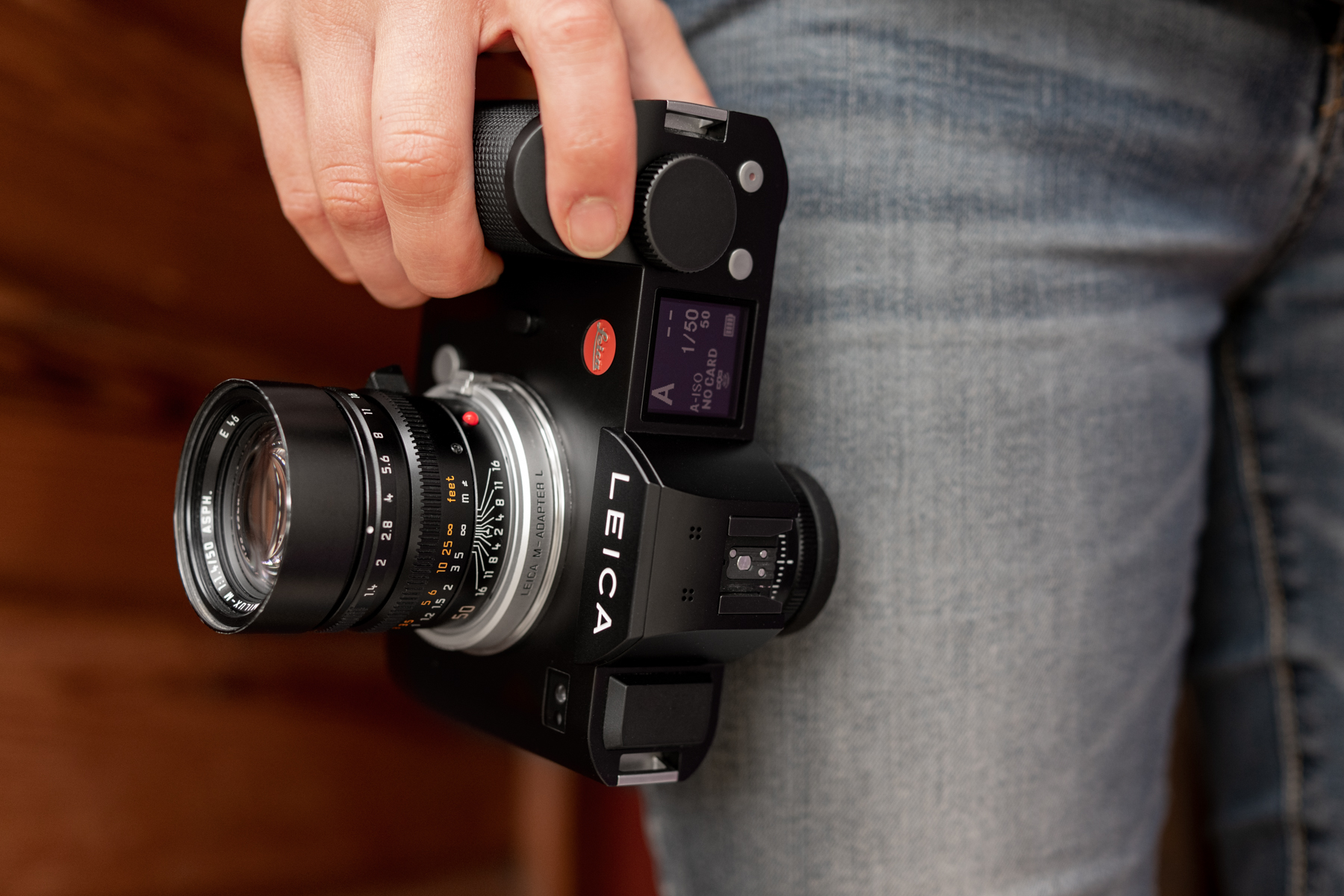
But despite the endless combinations of SL, M and even R glass available to SL users, the system still pined for a weather-sealed, compact prime of its own to complement its impressive zooms and have a lightweight option for the less-is-more traveler like myself.
Then along came the Leica Summicron-SL lenses, and everything changed.
Part I – The Leica APO-Summicron-SL Lenses
At Photokina in September 2016, Leica unveiled a new lens roadmap. Prominently featured, the new line-up of APO-Summicron-SL f/2 ASPH lenses were significantly more compact than their Vario siblings. At the time, Leica outlined plans for focal lengths of 75, 90 and 35mm, with the possibility of more to come. Mounted on the Leica SL, the mock-up 75mm on the tradeshow floor glimpsed a future where the SL with its native prime lenses could make for a viable, compact kit. All Summicron-SL lenses would share many internal components like the Dual Synchro Drive AF system, have identical outer lens barrel dimensions both in length and the 67mm front filter thread, along with similar weights of 700-750g across the range. Even more exciting, Leica’s lead optical designer, Peter Karbe, touted that this forthcoming generation of lenses would set a new standard in optical quality. “These primes redefine everything,” he gushed during an interview with my colleague David. He went on to explain that the new Summicrons would have a sharper point-of-focus area, while simultaneously yielding more separation between focus planes with a faster transition from in focus to out of focus. Simply put, Leica optical engineers found a way to bend physics and make an f/2 lens feel more like an f/1.4, resulting in an overall more three-dimensional look. Smaller, lighter, better quality and gorgeous bokeh. Sign me up!
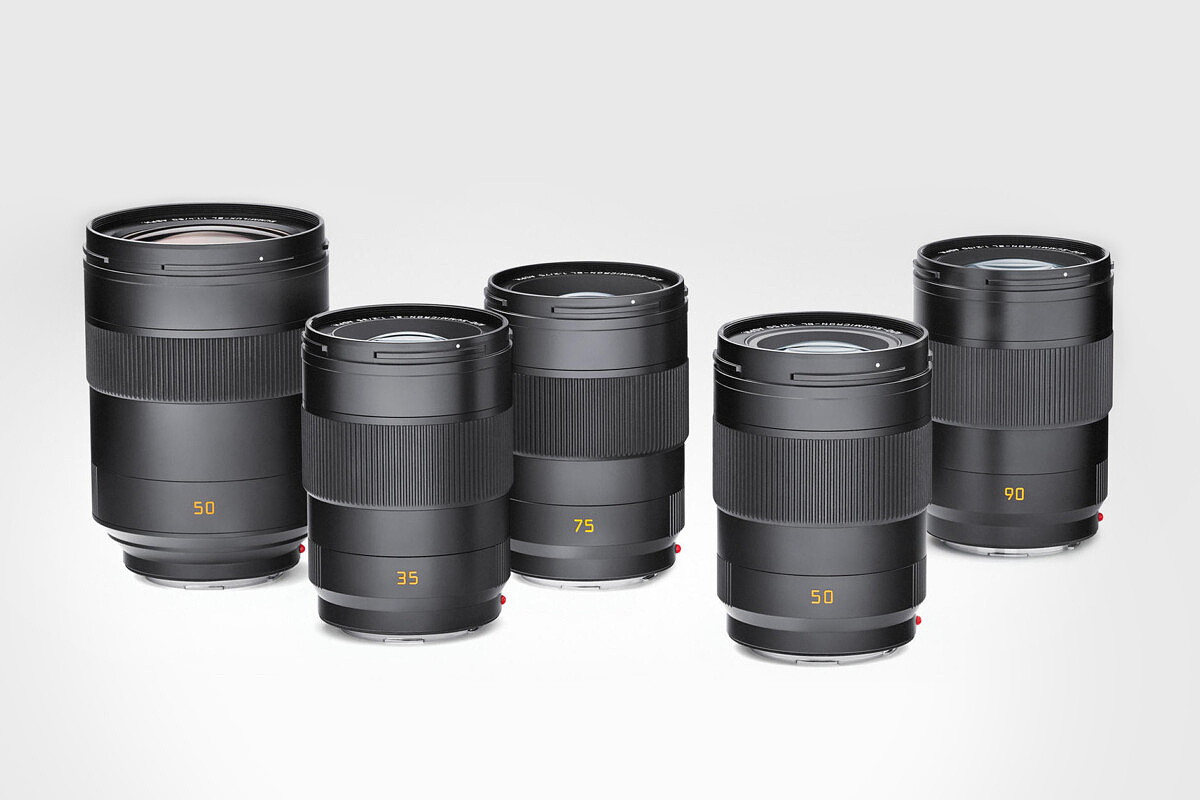
In early 2018, the first of the Summicrons, the 75mm and 90mm, hit the market. And they did not disappoint. Our own testing of the 75mm confirmed that the optical performance Peter Karbe had promised wasn’t just talk or marketing jargon. (See for yourself here.) However, as the 75mm and 90mm made their way into the camera bags of many an SL shooter, they didn’t offer a solution for a compact one-camera-one-lens kit. Few shooters use anything longer than a 50mm as a primary lens, meaning SL-System shooters still had to lug around one of the heavier Vario lenses or the 50mm Summilux to round out their kit.
So, when the APO-Summicron-SL 35mm f/2 ASPH did make its debut in the spring of 2019, it marked a new era for the Leica SL. For the first time ever, the SL with one of its own system lenses made for an easy-to-carry single-lens setup. On paper, the 35mm assured the same optical performance and “ooooh”-inducing bokeh as the 75 and 90mm. In fact, according to the numbers, the 35mm APO-Summicron-SL looked to be one of the highest performing lenses to ever come out of Wetzlar.
| Number of optical elements/groups | 13 / 11 |
| Number of asphericals | 5 |
| Focusing range | 0.27m (10.6 in) to infinity |
| Smallest object field | 120 × 180mm (4.7 × 7.1 in) |
| Largest reproduction ratio | 1:5 |
| Aperture setting range | f/2 – f/22 |
| Filter thread | E67 |
| Length to bayonet mount | 102mm (4 in) |
| Largest approx. diameter | 73mm (2.9 in) |
| Approx. weight | 750g (1.7 lbs) |
Of course, tech specs only ever tell half the story. Each lens has its own personality. Its performance has as much to do with sharpness as it does the way it renders colors, how it transitions from out-of-focus areas to in-focus, what it looks like wide open, and, in the case of the SL, the behavior of the autofocus. To truly understand a lens, the only way is to actually shoot with it in a real-world scenario.
I was lucky enough to do just that.
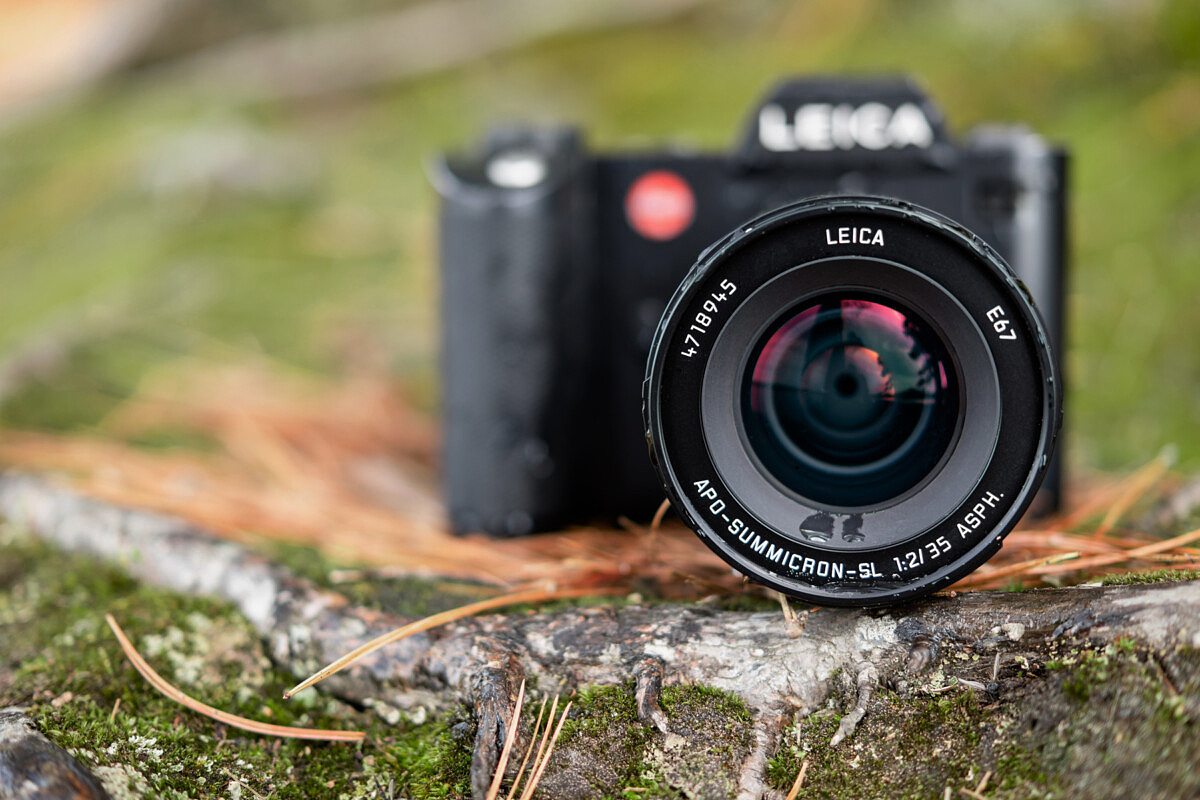
Part II – The Boundary Waters
Even though copies of the freshly-minted APO-Summicron-SL 35mm f/2 ASPH were, and still are scarce, I was lucky enough to secure a loaner for a four-day canoe trip through the Boundary Waters Canoe Area Wilderness (BWCA) in Northern Minnesota. Canoeing, for anyone who’s unaware, involves being around a lot of water, and my best options for such a trip would be one of two rugged, weather-resistant Leicas currently on the market: the Q2 or the SL (Typ 601) (This was pre-SL2). Normally, I wouldn’t have hesitated to grab the Q2, but curious to try the new, travel-friendly 35mm Summicron-SL, I opted for the latter. When better to step out of my boundaries than in the Boundary Waters? Cheesy, I know.
The Boundary Waters is to Minnesotans *raises hand* a revered place, feared and respected. “People get lost. They die up there, ya know,” my mom assures me any time it’s mentioned. The 2,700 square miles of glacially-carved wilderness is traversable only by combination of foot and canoe. To say it’s remote is an understatement. With 1,100 lakes and hundreds of miles of waterways and hiking trails, it’s easy to see how someone could get lost (and die) as my mother has warned. It’s also easy to see why those seeking adventure and solitude *raises hand again* are drawn to explore it.
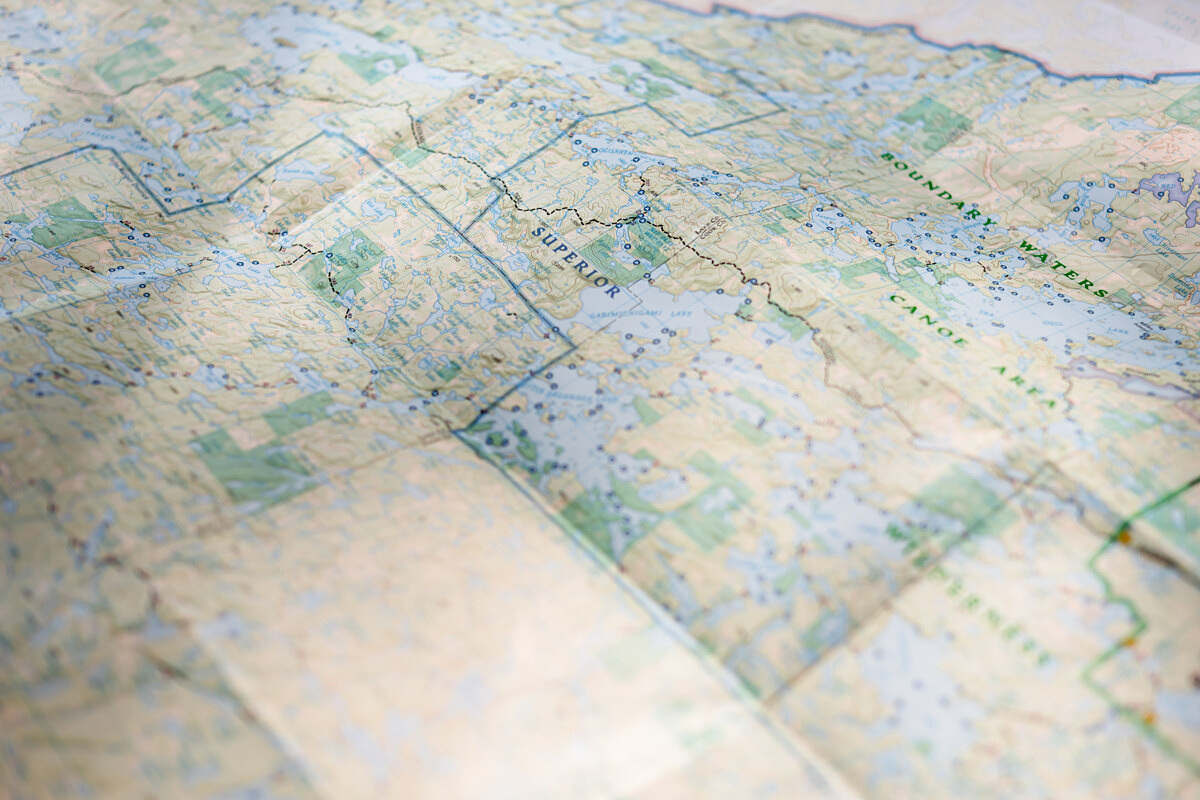
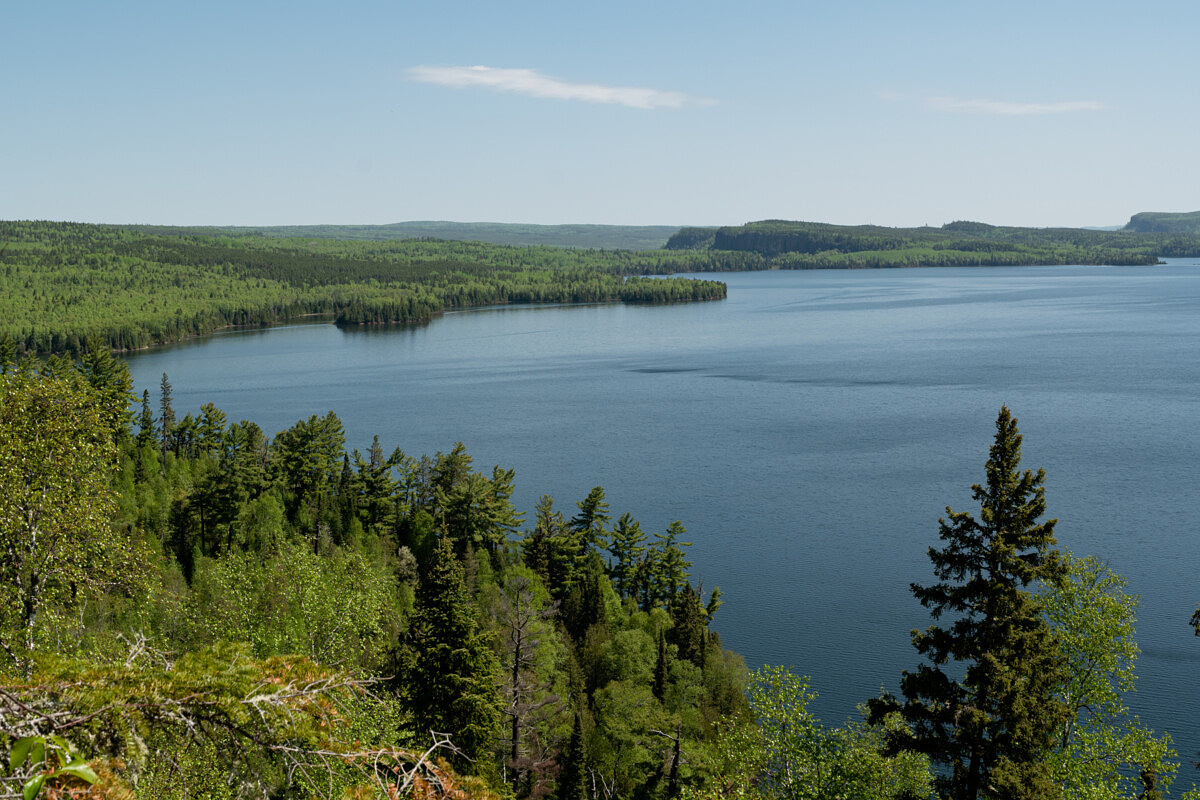
My adventure-seeking self couldn’t turn down an invitation to tag along on a Boundary Waters trip last June with my longtime friend Angie and her family, the Nelson’s. Her parents, Paul and Lydia, were seasoned BWCA-ers. They knew the lay of the land (or should I say lakes?), how to navigate, where to camp, what to pack – the list goes on. It would be a perfect chance to get a taste for the Boundary Waters, all the while catching up with close friends, and using the SL and 35mm Summicron to document the excursion.
PREPARATIONS
Spending four days in the wilderness comes with its own set of challenges, but as a photographer, there are certain added hurdles. How would I charge my camera batteries? How much SD card storage should bring? I’m generally a risk-taker and almost always a minimalist, but when it comes to having extra batteries and SD cards, I make an exception. Between borrowing and begging, I was able to rally up a total of four batteries, one for each day. I also brought along a Nitecore USB SL battery charger and a couple of external USB power packs, each good for a at least one full charge, with one featuring a solar panel to keep topped up when left out in the sun during the day.
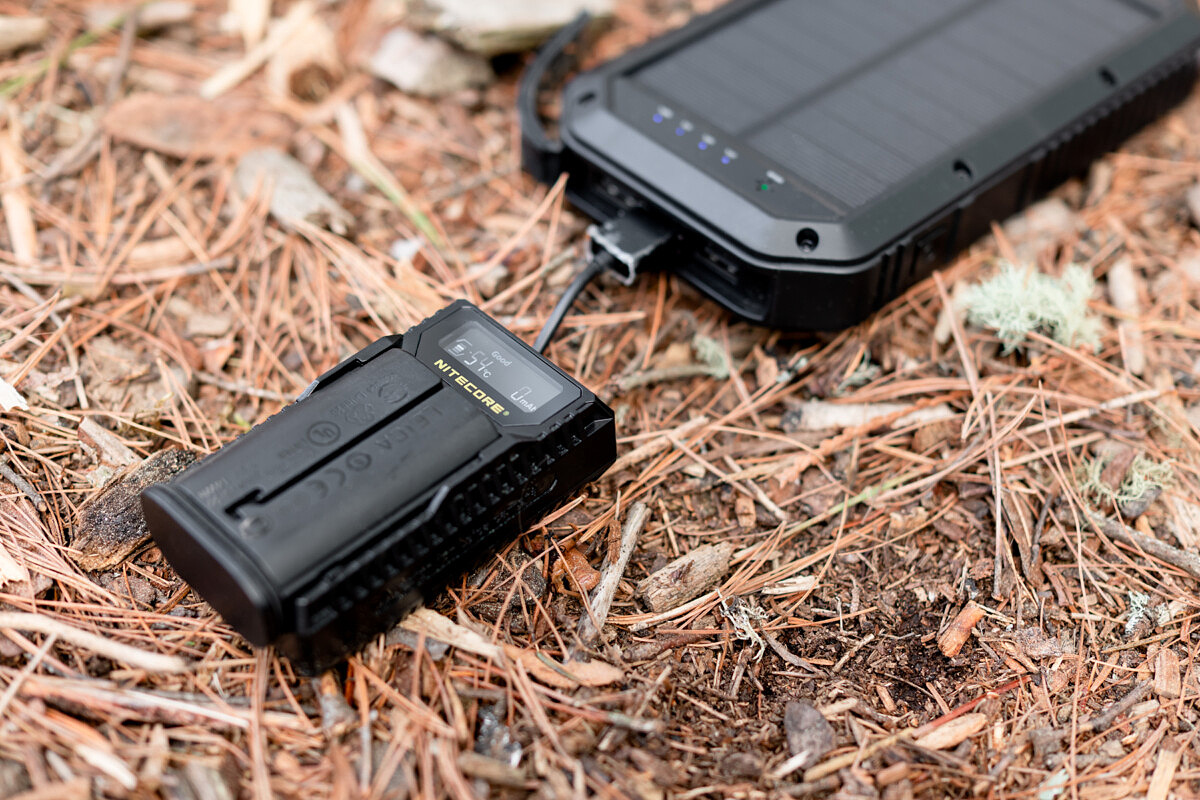
In case of choppy waters or harsh landings, I also mocked up my own waterproof “camera bag” – a Domke wrap tossed into an 8L Sea to Summit dry bag. The SL is water resistant, but not submersible. Better safe than sorry.
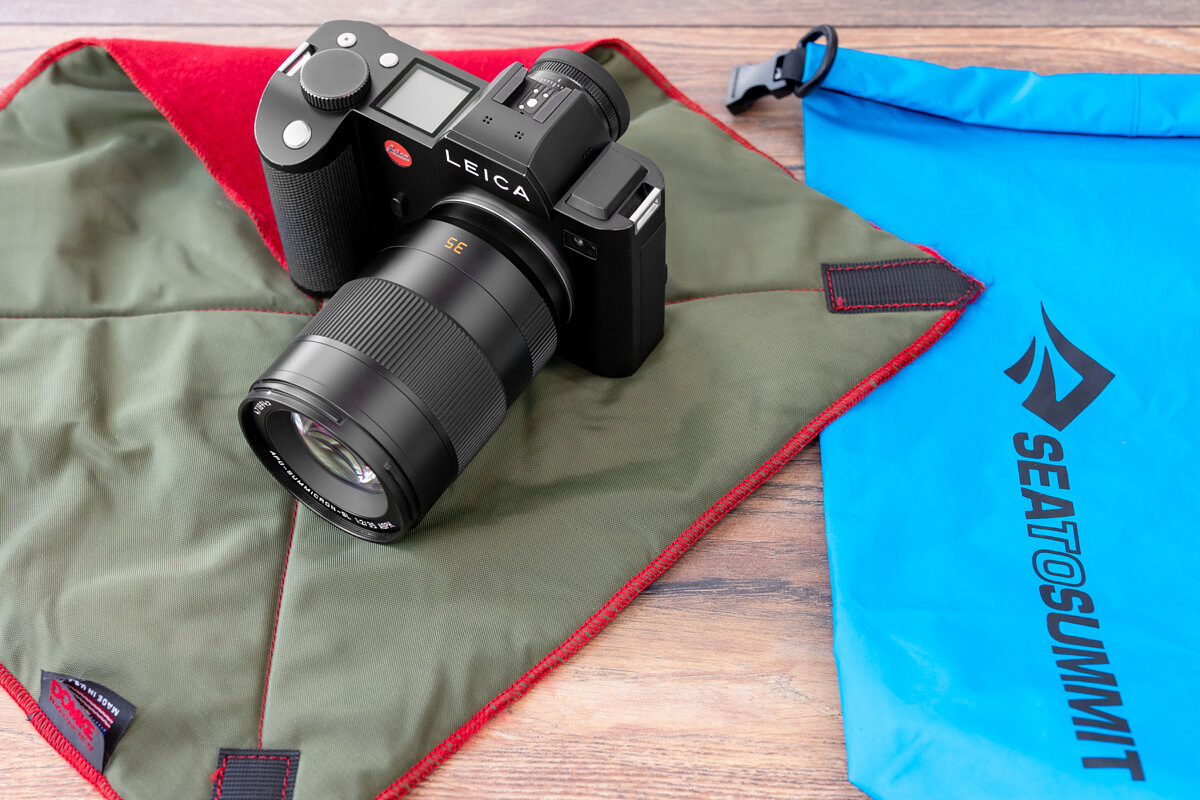
With the camera gear sorted out, I had only to worry about the actual trip – ya know, the whole canoeing, hiking, and camping part. As outdoorsy and athletic as I might be considered – a frequent rock climber and hiker – I had actually never canoed extensively, and the only camping I had done was at a drive-up site with shower facilities. This was going to be real deal.
My biggest fear, aside from running out coffee, was portaging. Those one-thousand-odd lakes don’t all connect. At some point you have no choice but to lift the canoe over your head and carry it between waterways. Some portages are short, only a couple hundred feet; others can be well over a mile. Keep in mind, there’s still your canoe pack to carry.
These fears were quickly put to rest. The Made-in-Minnesota canoes we were provided with from Clearwater Outfitters in Grand Marais were engineering marvels. With Kevlar hulls and sleek lines, they were featherlight, roughly 40 lbs, and perfectly balanced – a far cry from the bulky aluminum canoes we had at summer camp 20 years ago.
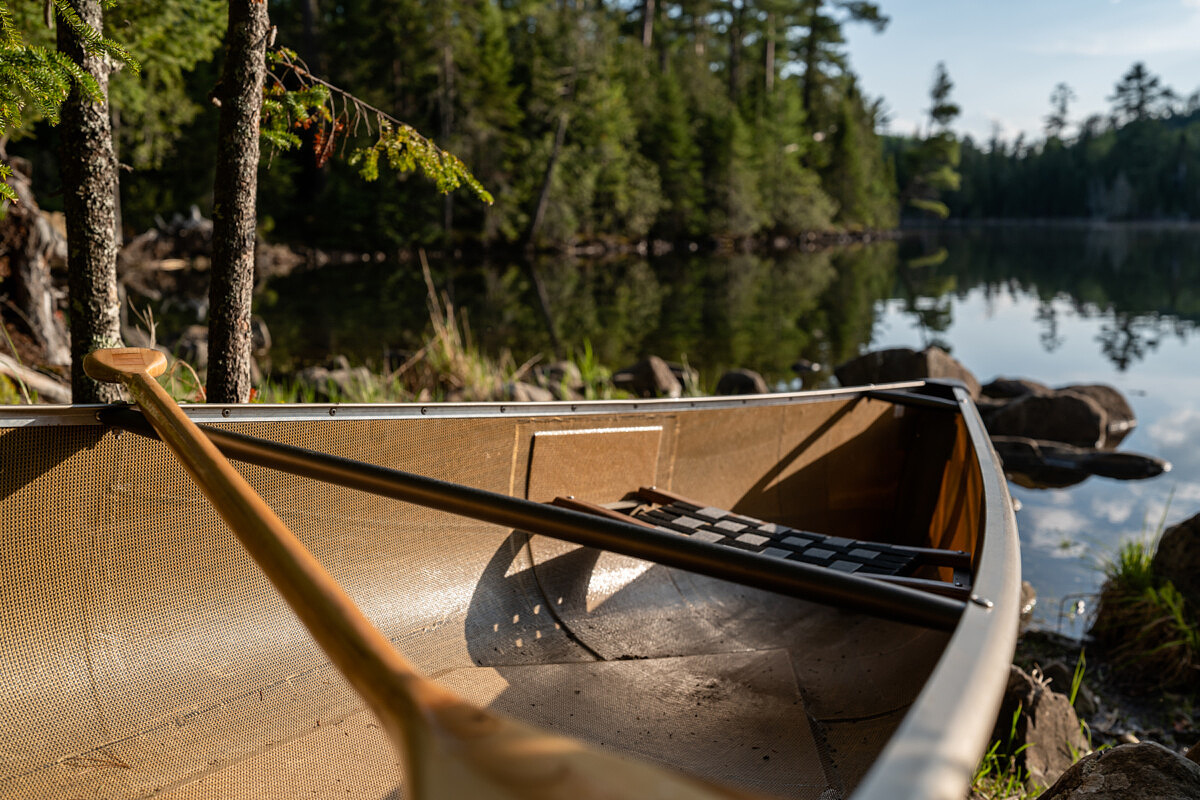
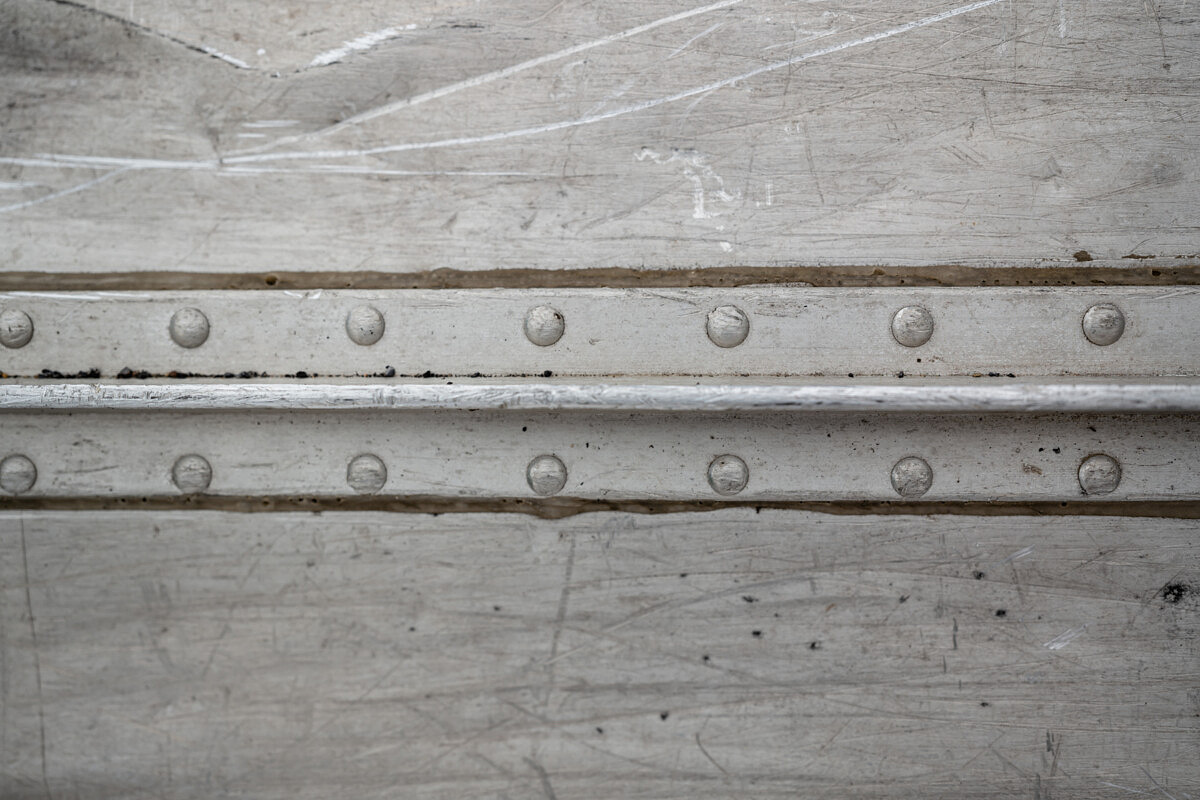
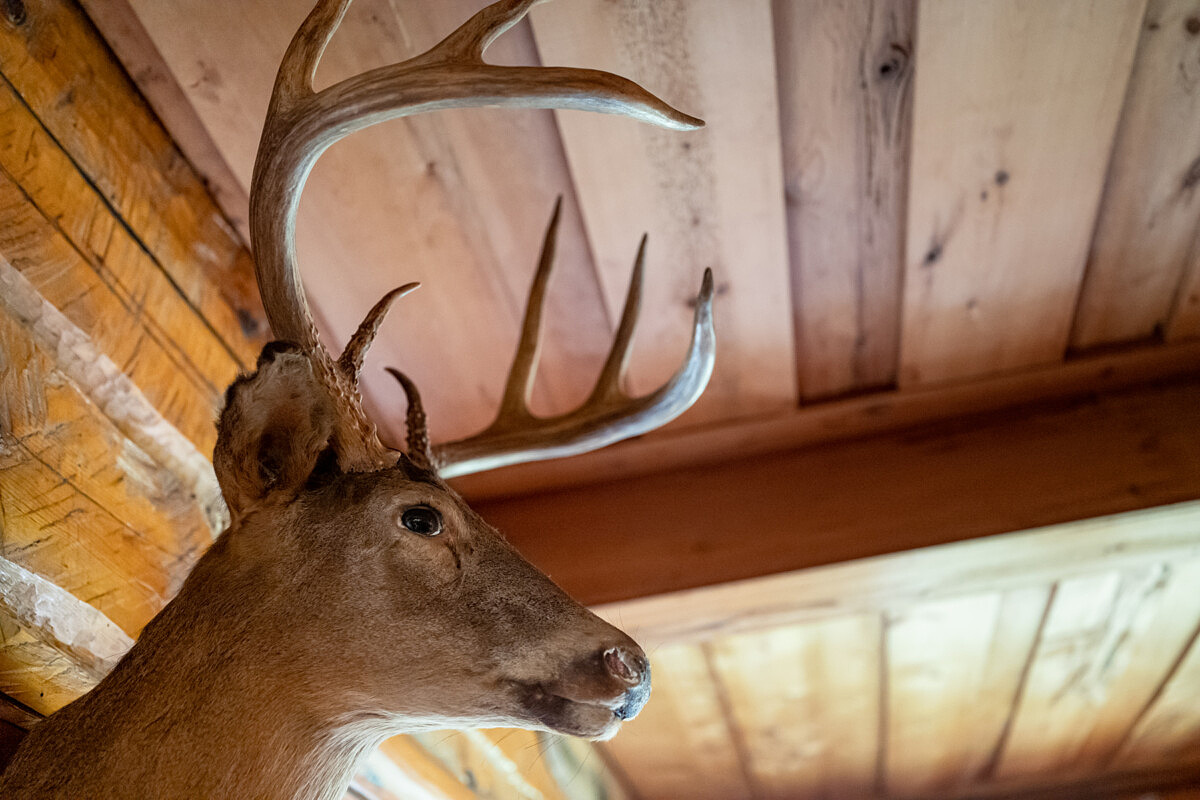
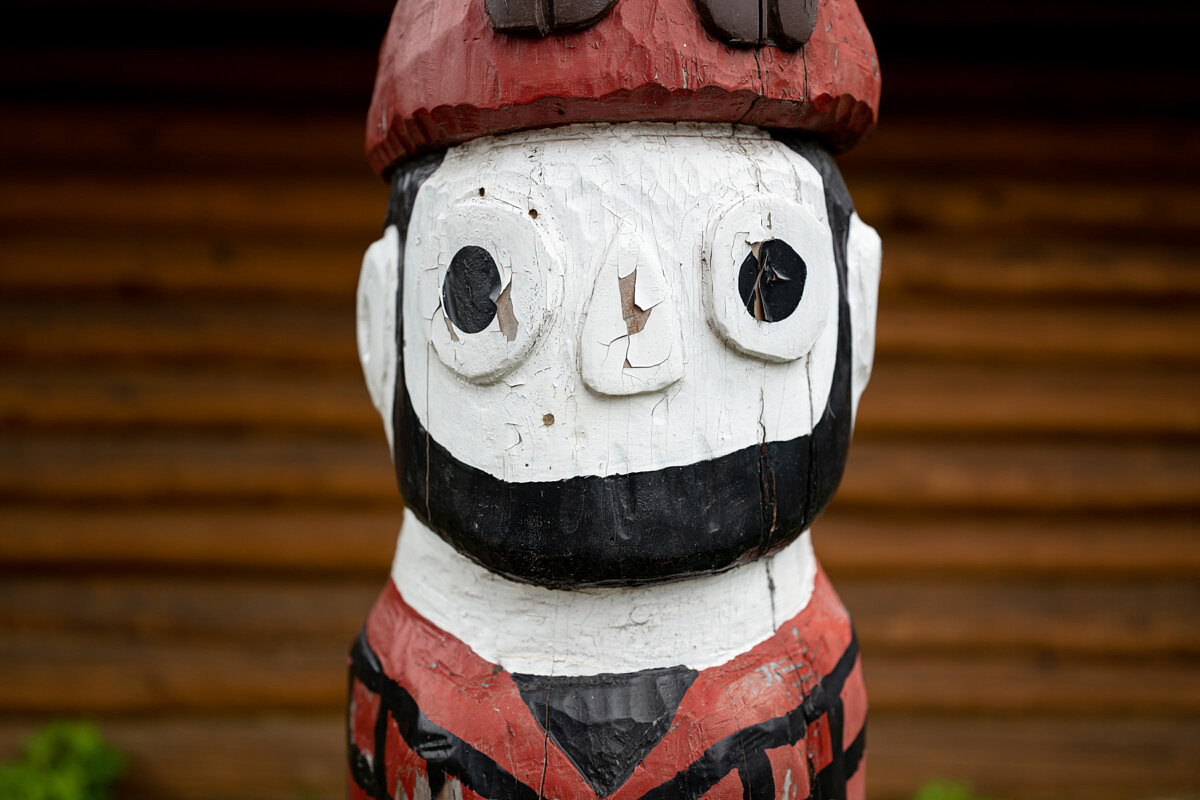
I also lucked out. The boys ended up carrying the canoes at every portage. We were six in all: three boys and three girls, one of each to a canoe. My paddle partner was Dan, Angie’s little brother. The last time I had seen him he was a blonde, shaggy-haired Luke Skywalker lookalike darting across our high school soccer field. Now, he was a Seattleite, worked for an electric bike startup, and, like any good Scandinavian, had a full red beard.
In the BWCA, paddlers choose their own adventure. A route can be as casual or as aggressive as desired. Our approach was a simple one: make camp in a single site then take day trips to explore the surrounding lakes and trails. This strategy allowed us to canoe, hike and portage unencumbered by our camping gear. We weren’t out to cover great distances or break any records; we simply wanted to take in the pristine beauty of the Boundary Waters and get a little closer to nature.
Into the Wild
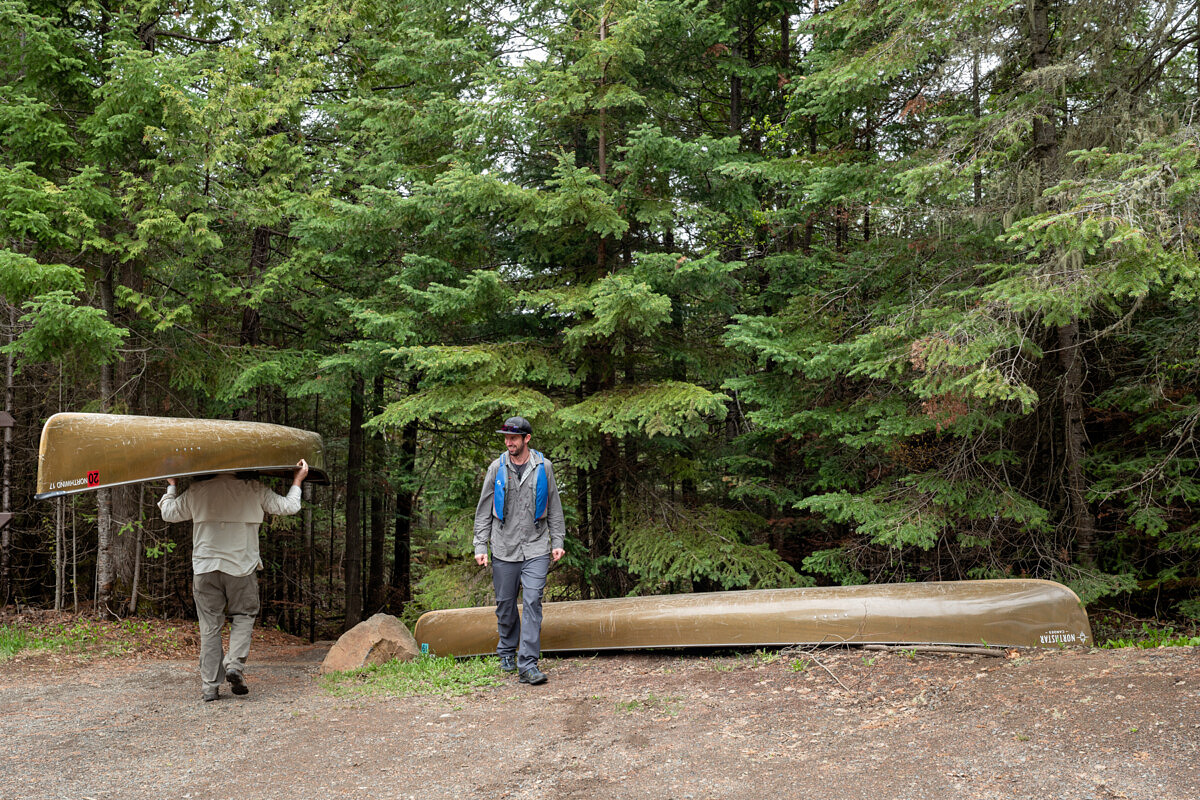
After months of planning and anticipation, it was finally time to set paddle. We were entering the Boundary Waters via Bearskin Lake.All the lakes have great names like that. “Elbow” and “Disappointment” are a couple of my favorites. After making the four-hour drive up from Minneapolis, picking up the canoes, and sorting out our fishing licenses, we simply wanted to make it to camp with enough time to settle in and catch dinner.
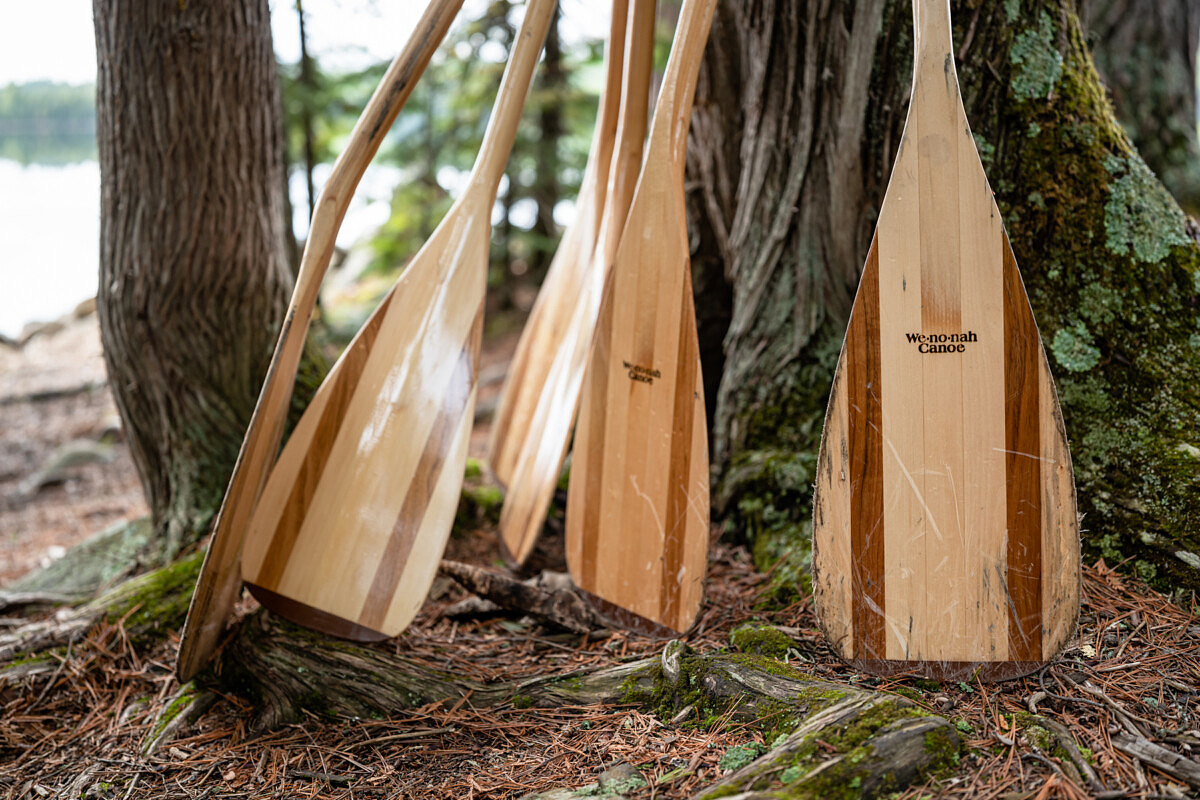
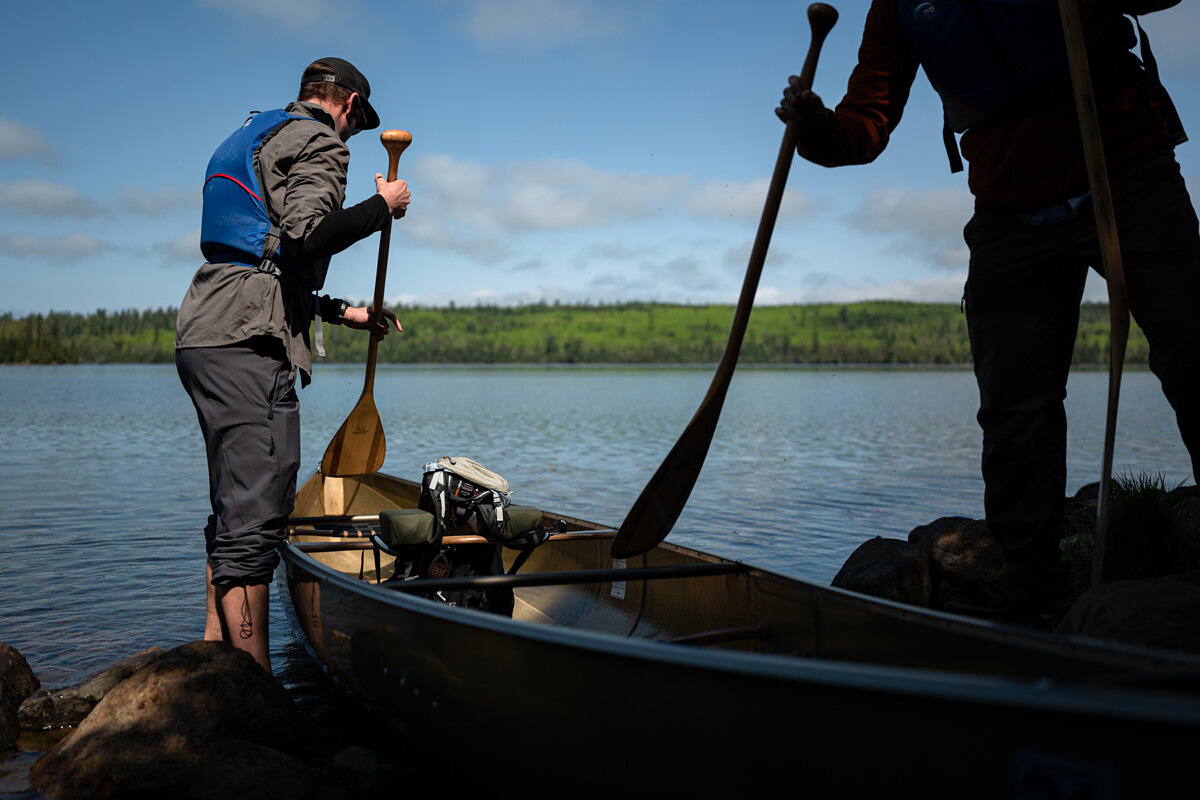
“Do you have somewhere you can put your camera so it doesn’t get wet?” Dan asked as he steadied our canoe and I climbed into the bow.
The Leica SL was slung across my chest. I forget that most people panic anytime they see a camera near water.
“It’s okay. It’s weather-sealed. It could be pouring rain and it’d still be fine.”
“Well, that’s cool.”
Sure is.
The initial trek to our campsite wasn’t far – only two paddles and one portage away. As we pushed off with our canoes fully loaded, I pictured us from the shoreline, fading into the that distant space where the lake meets the sky.
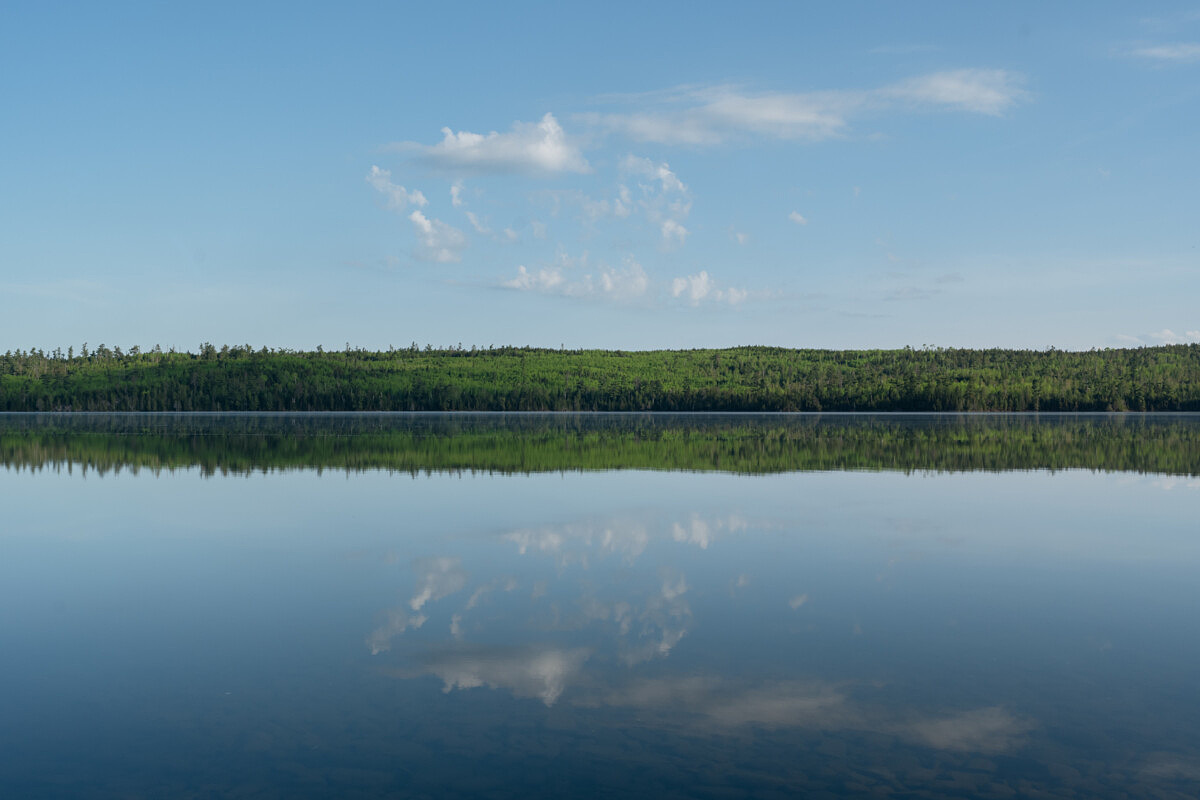
The canoe cut through the water like a knife, silent and quick. I tried to match my strokes to its rhythm, angling my paddle to break through the glassy surface just right, becoming part of the water’s movement rather than interrupting it. I was reminded of an essay by Boundary Waters conservationist Sigurd Olson where he describes: “The way of a canoe is the way of the wilderness, and of a freedom almost forgotten.” Looking out, knowing that the direction in which we were headed held nothing but a vast, intimate wilderness, I could feel that freedom almost forgotten.
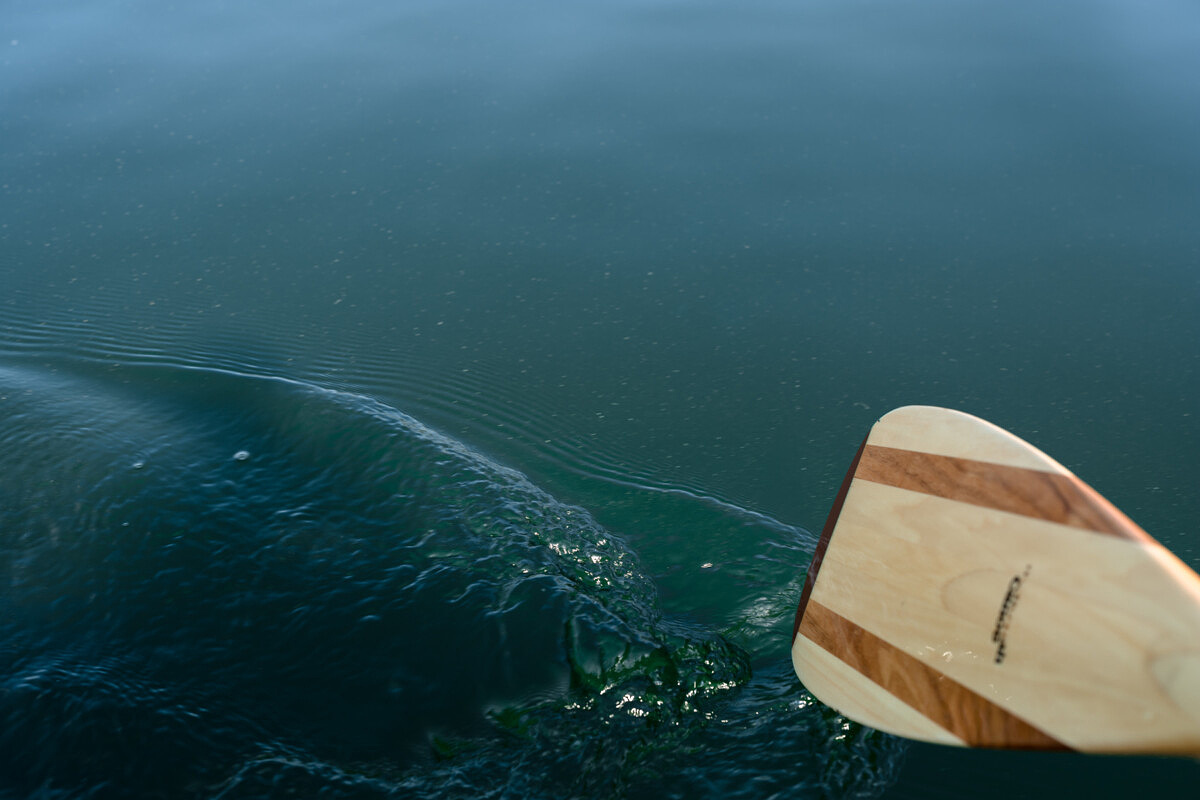
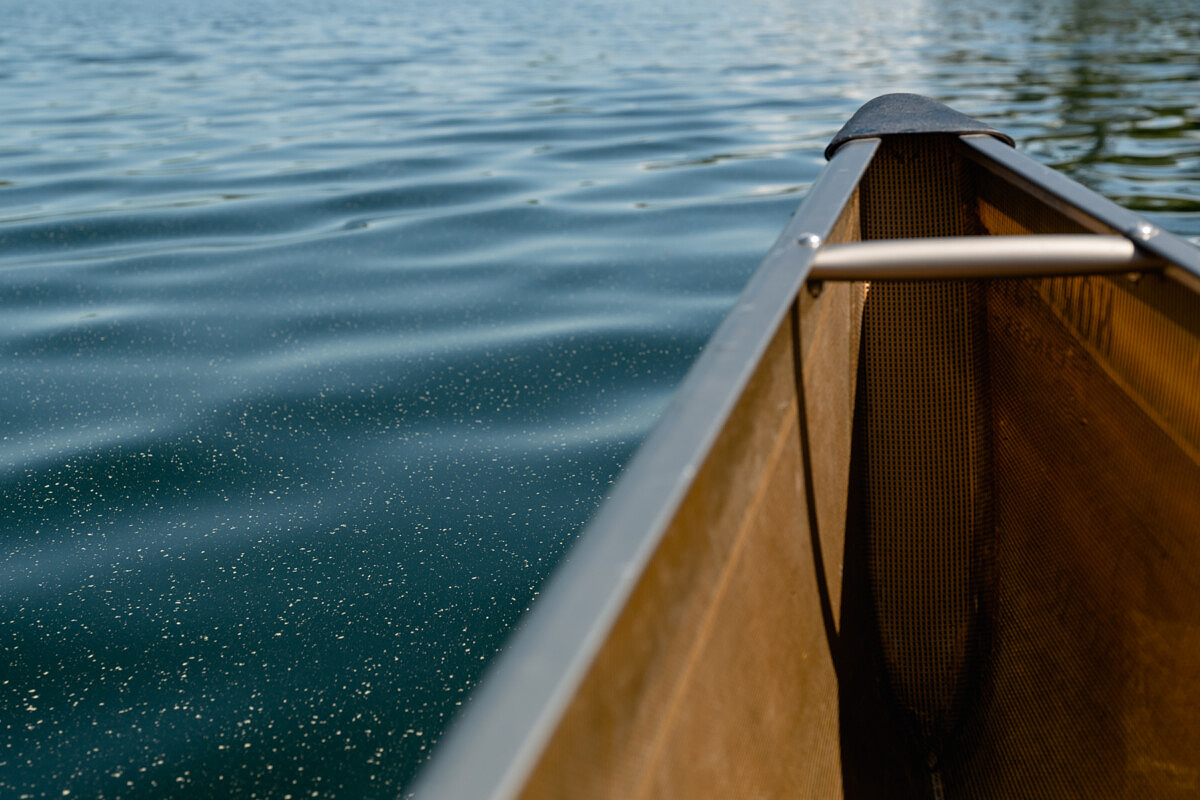
Our campsite was situated on a forested point that jut out into the lake. As we pulled in our canoes and ambled up the bank, we were greeted by a chorus of birdsongs. With spring creeping into summer, our feathered friends were in peak breeding season and were showing off their sweetest ballads and most striking plumage. Their orchestra accompanied us as we set about our chores: raising the tents, kindling a fire, and filtering drinking water from the lake. Periodically, the sharp poor-sam-peabody-peabody-peadbody call of a White-throated Sparrow would pierce through the chorus and keep us all on pace.
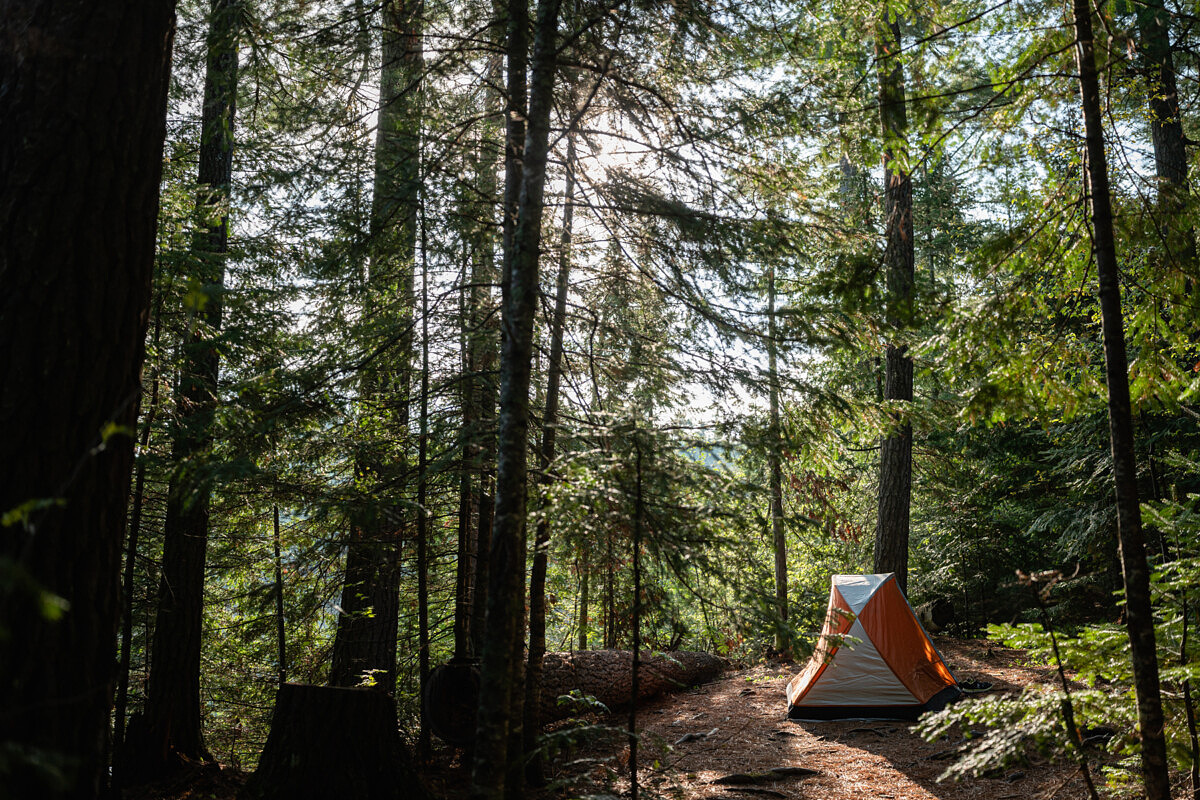
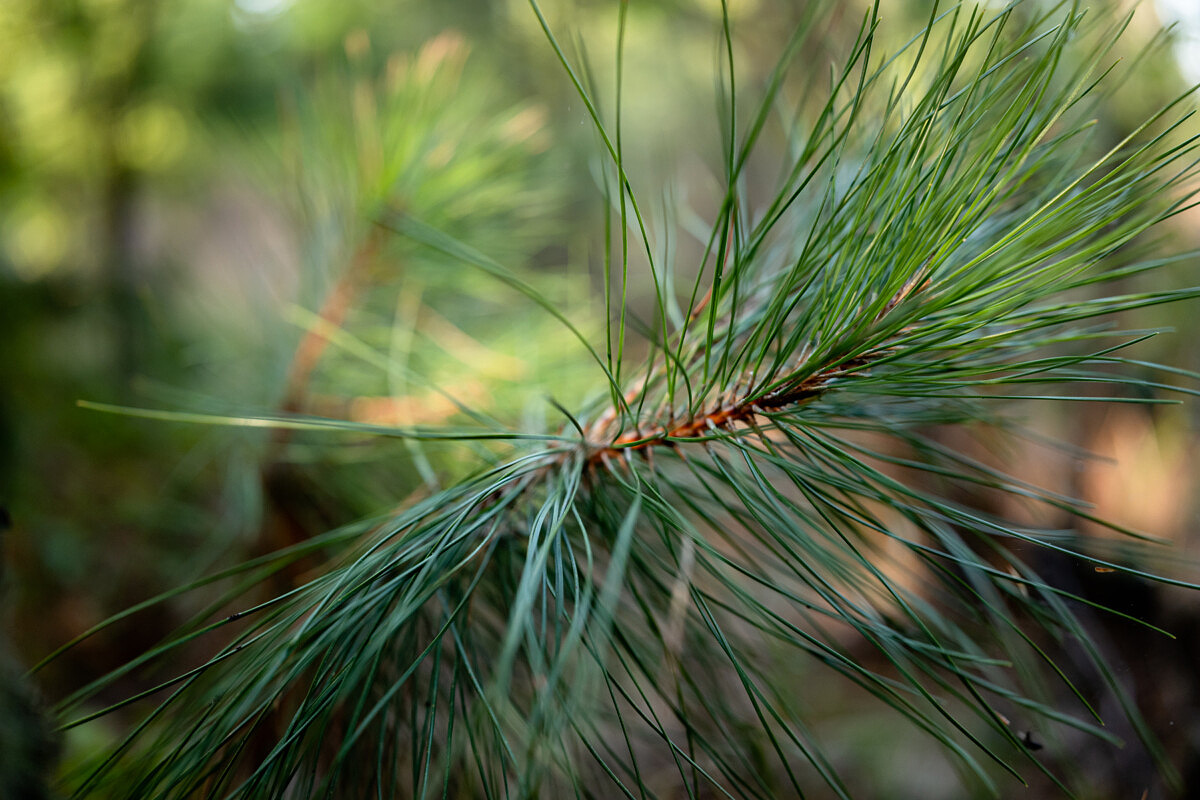
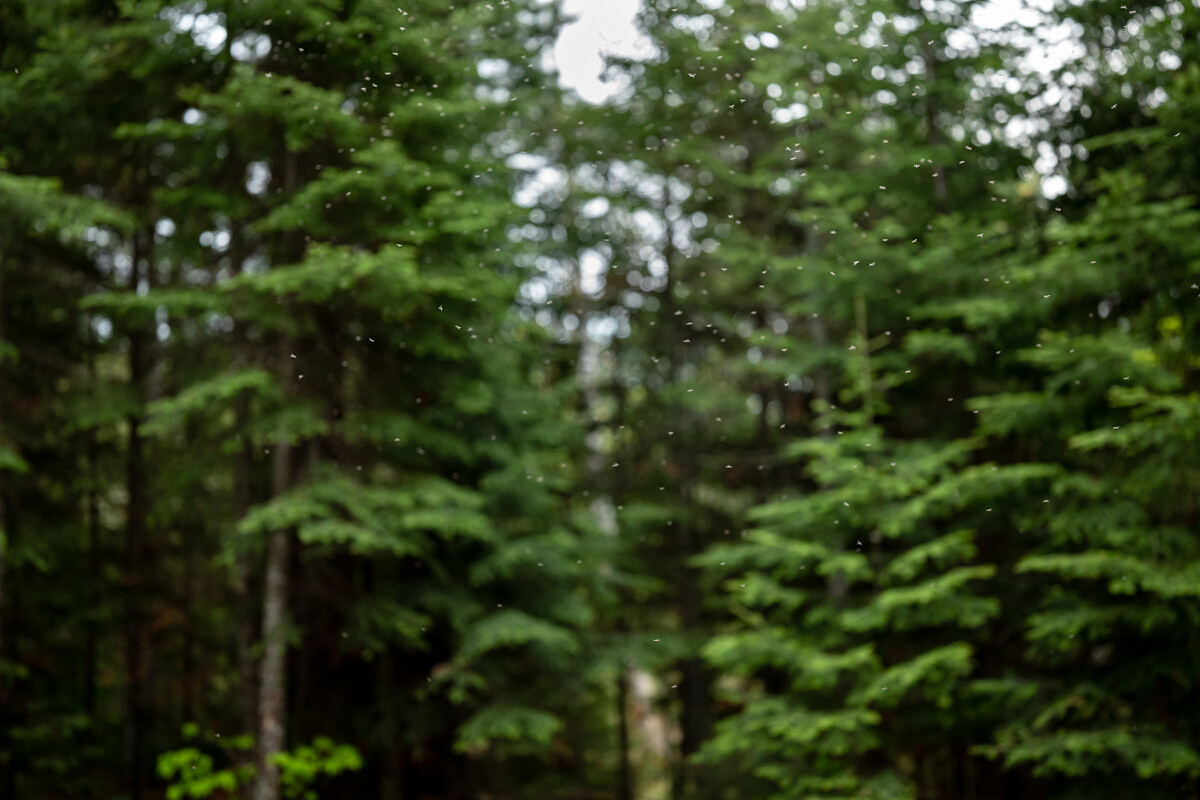
Of course, I wasn’t going to be caught in a boreal forest during breeding season without a pair of binoculars. I had brought along my mom’s Leica 8×32 Trinovid HD’s, a compact, no-nonsense optic perfect for birding. It just so happened that Lydia, Angie’s mom, had also become quite an avid birder over the years and brought her binoculars too. I had a fellow bird nerd and a partner in crime. Throughout the trip, Lydia would share with me her expertise of the area’s breeding birds and their distinct calls.
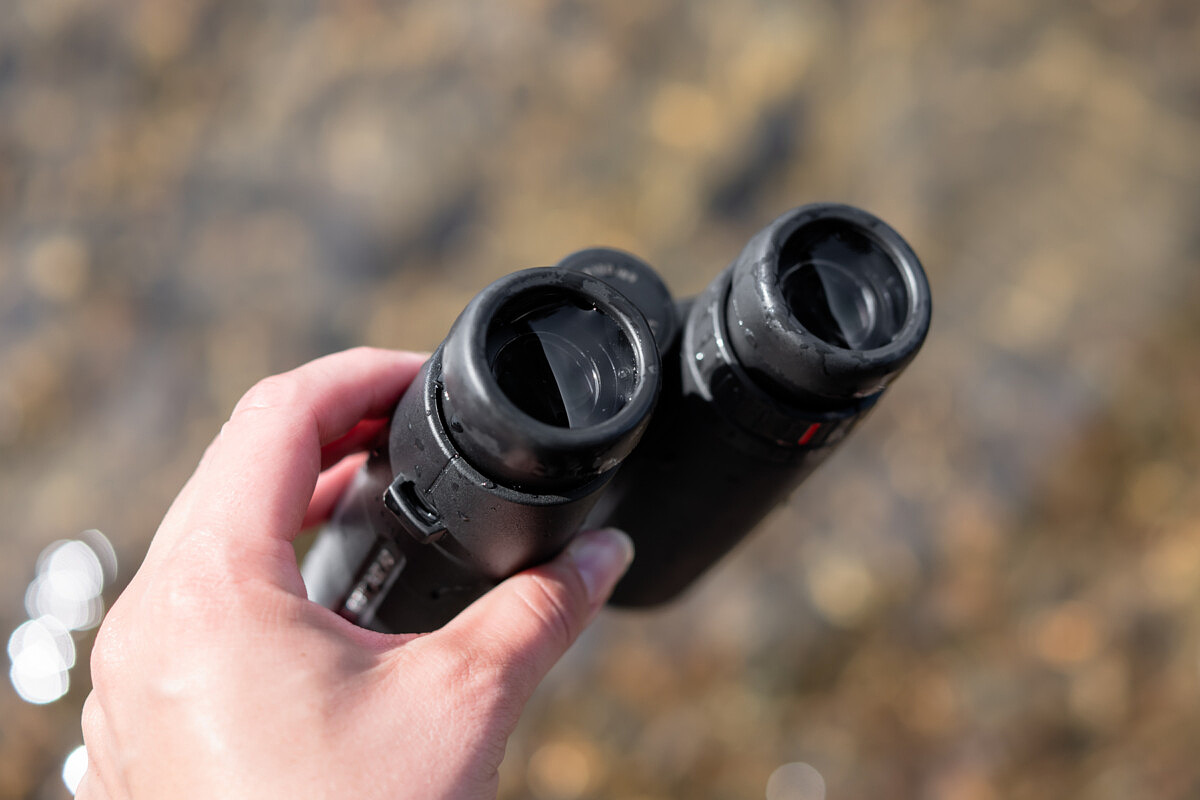
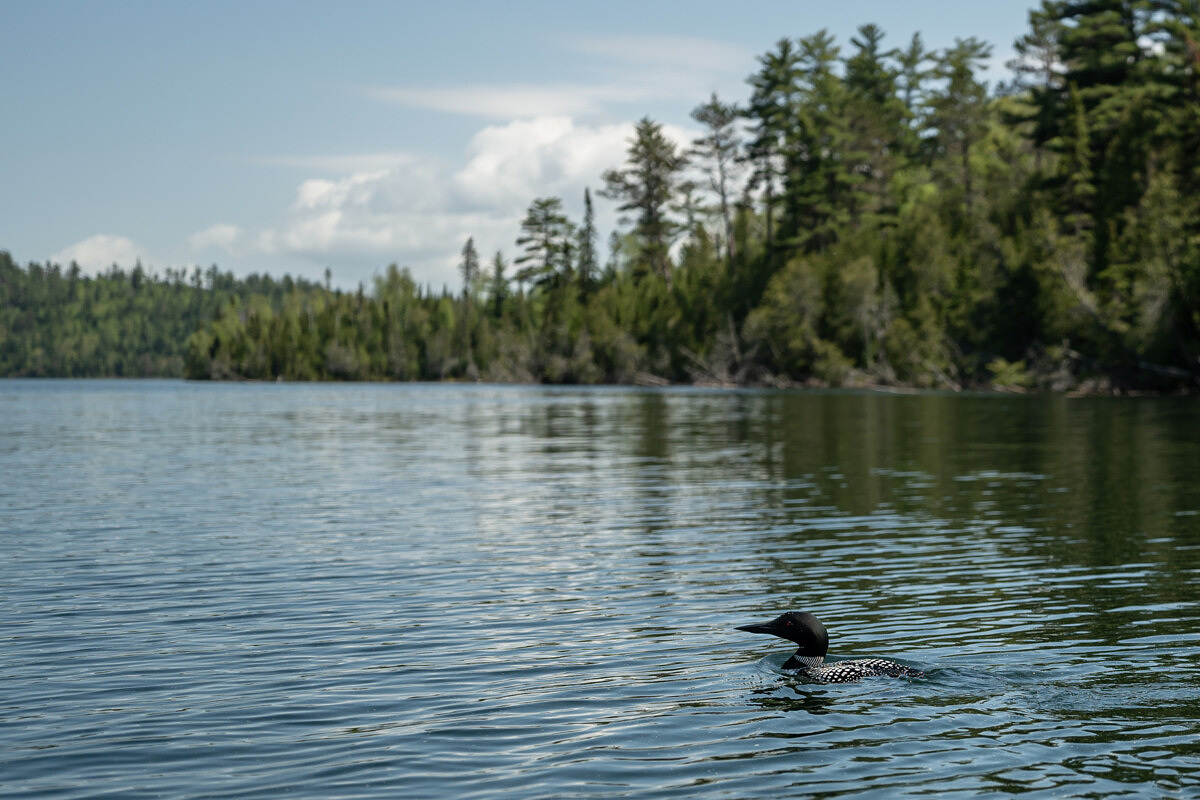
After settling in, a few of us took to the water to try our hand at fishing. Duncan Lake was quaint, only a mile long at best. Its water was cold and clear, and allowed us see straight through to scan the bottom for fallen trees and rocky hideaways where fish like to congregate. We reeled in three beautiful Lake Trout. (None of which I caught – too busy taking photos I guess.)
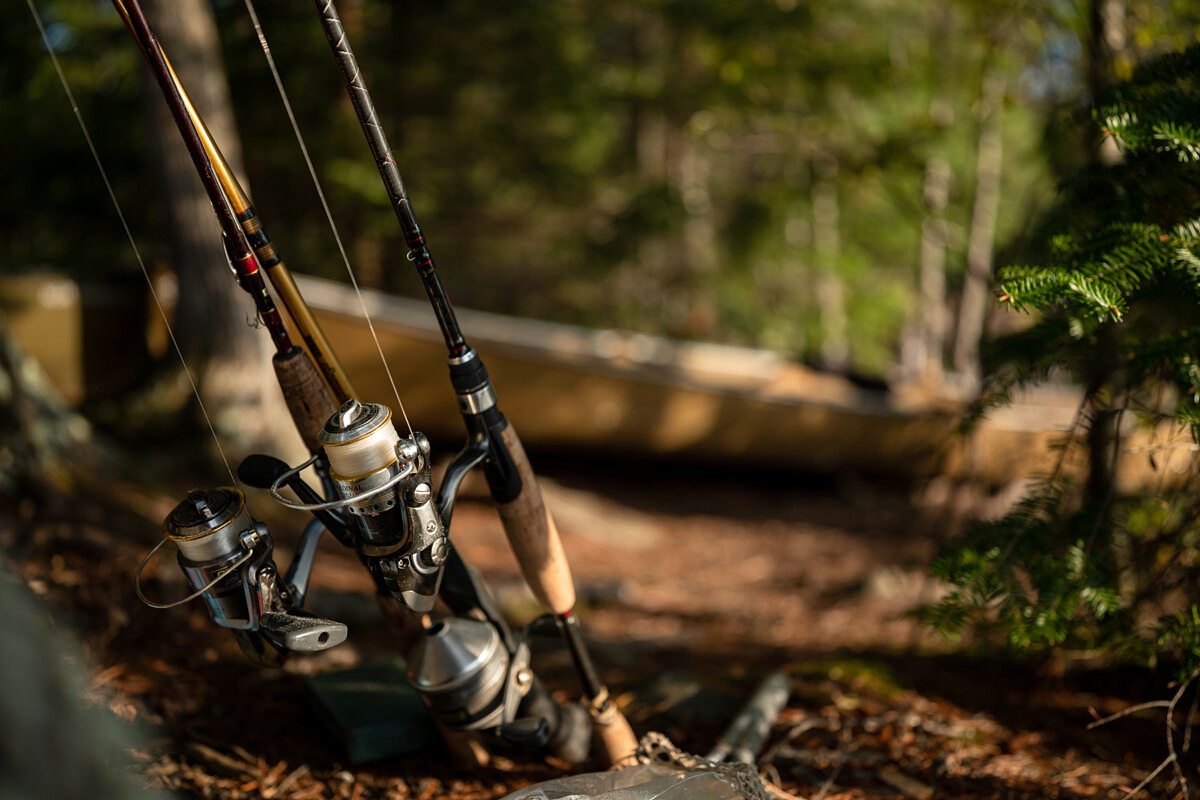
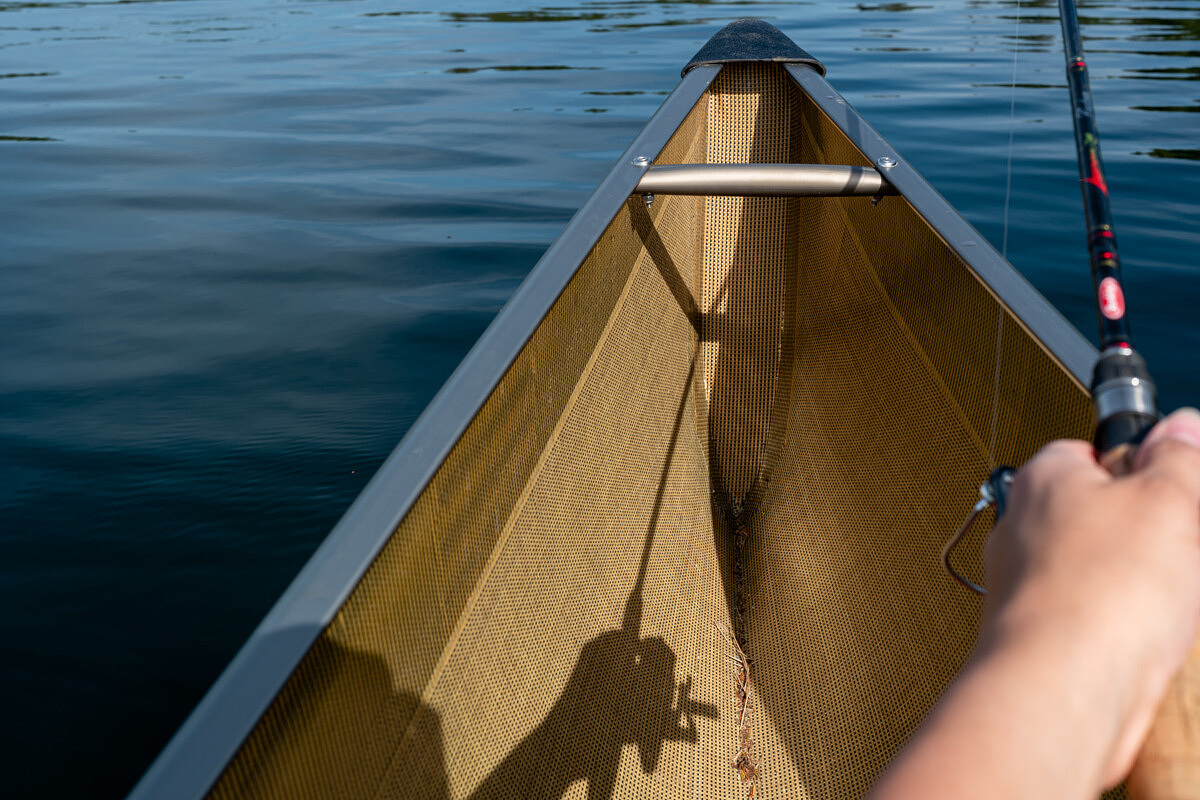
A lot can be learned from fishing: patience, self-sufficiency, wildlife conservation and identification. What I didn’t expect it to teach me, though, was how incredibly close the new 35mm APO-Summicron-SL could focus. While the boys cleaned our freshly-caught dinner, I snapped away and awed at the lens’ ability to get up close and personal. Wide open at its minimum distance of 0.27m (10.6in), the 35mm’s incredible bokeh and soft transitions made even our dead trout look strikingly beautiful. I thought back to Peter Karbe’s comment about how the new Summicrons at f/2 would have the three-dimensionality of an f/1.4. I needed no further convincing.
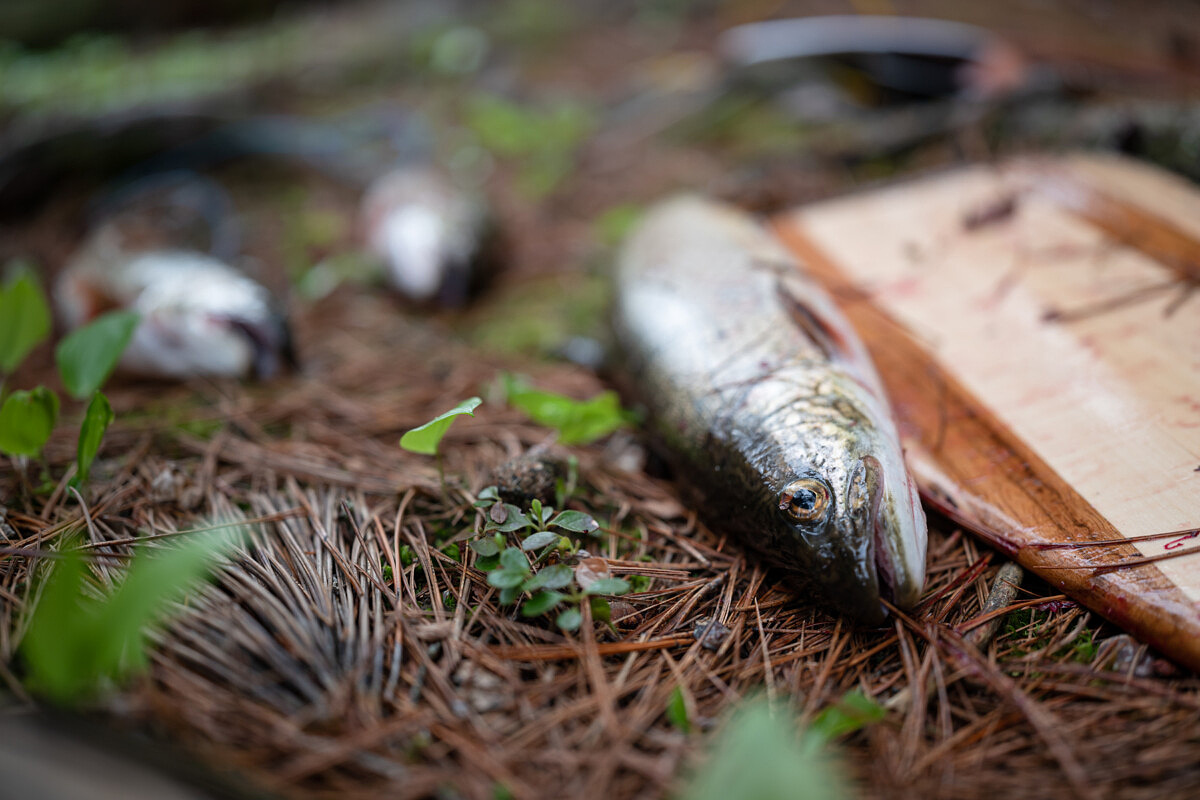
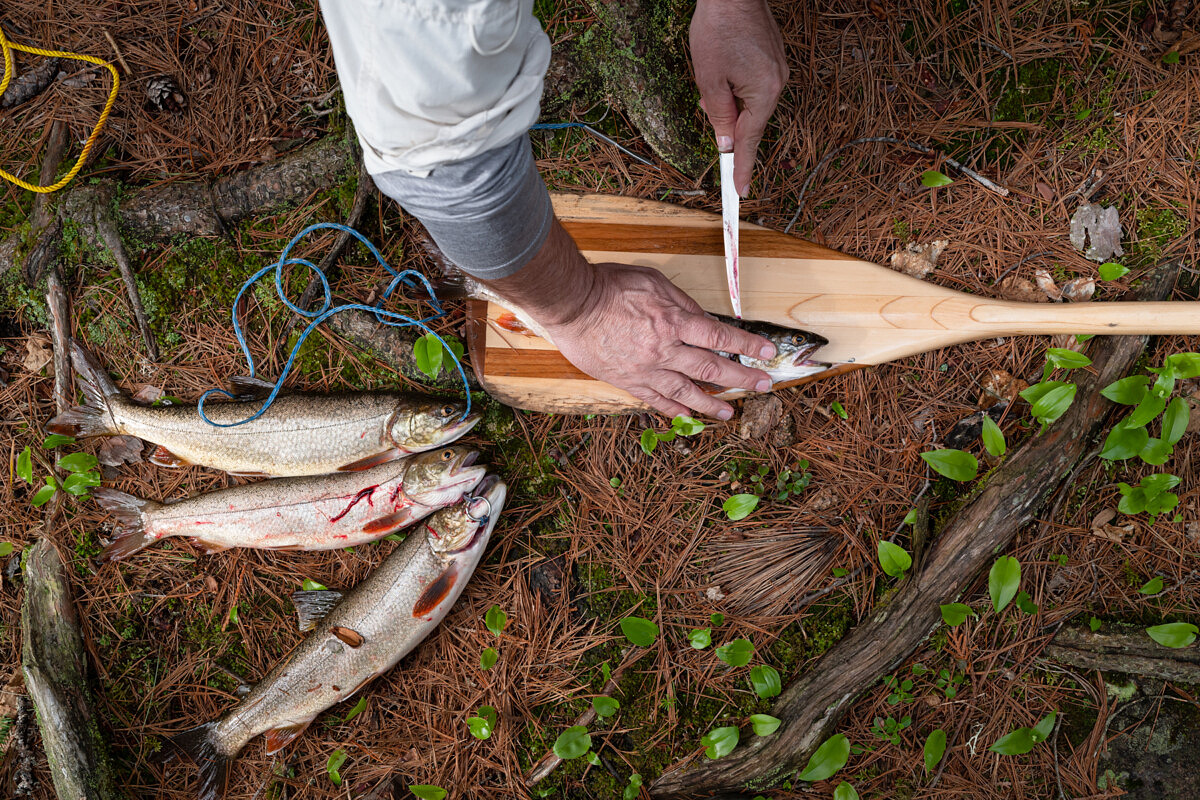
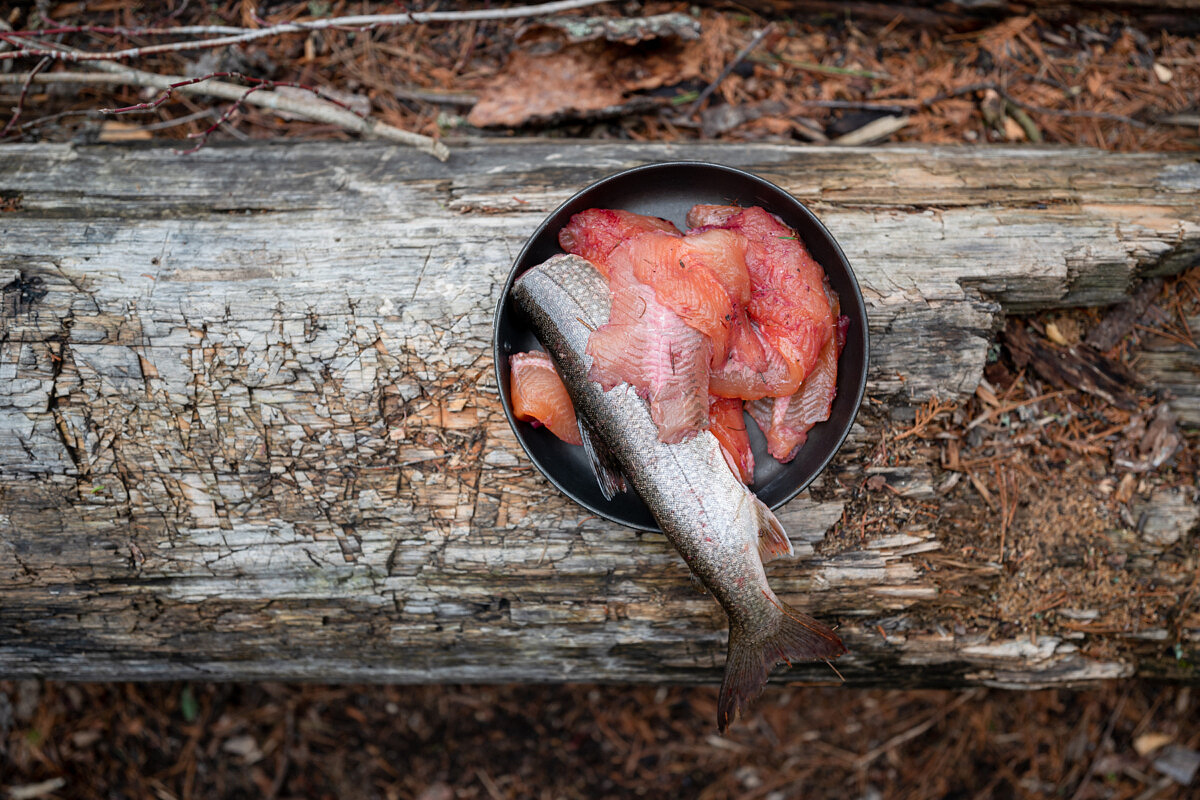
For dessert, Lydia made a gingerbread cake. I was baffled. Baking is a precise science. Ingredients need to be exact and your heat source even. This was not a venture for ill-equipped campers in the woods. Yet, I watched as she eyeballed measurements of water and vegetable oil, poured the finished batter into a greased camping pot, and nestled it into the glowing embers of the camp fire. How could this possibly turn out?
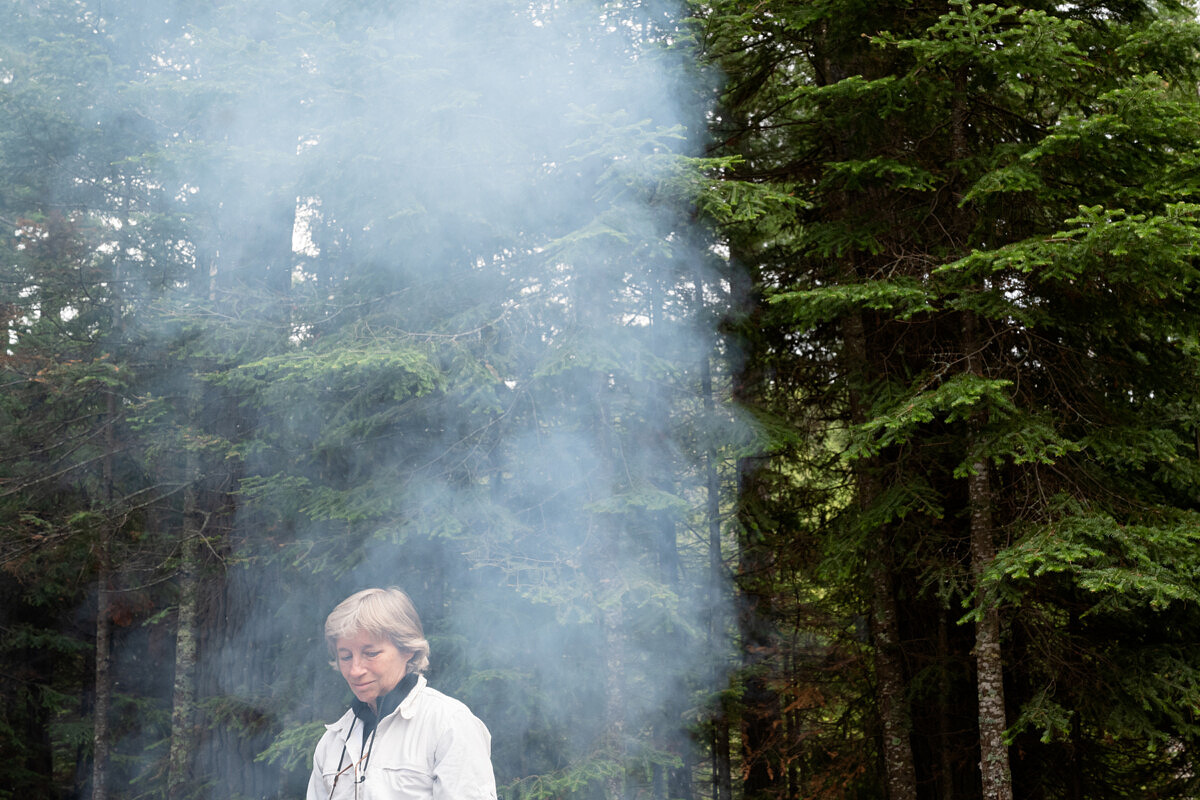
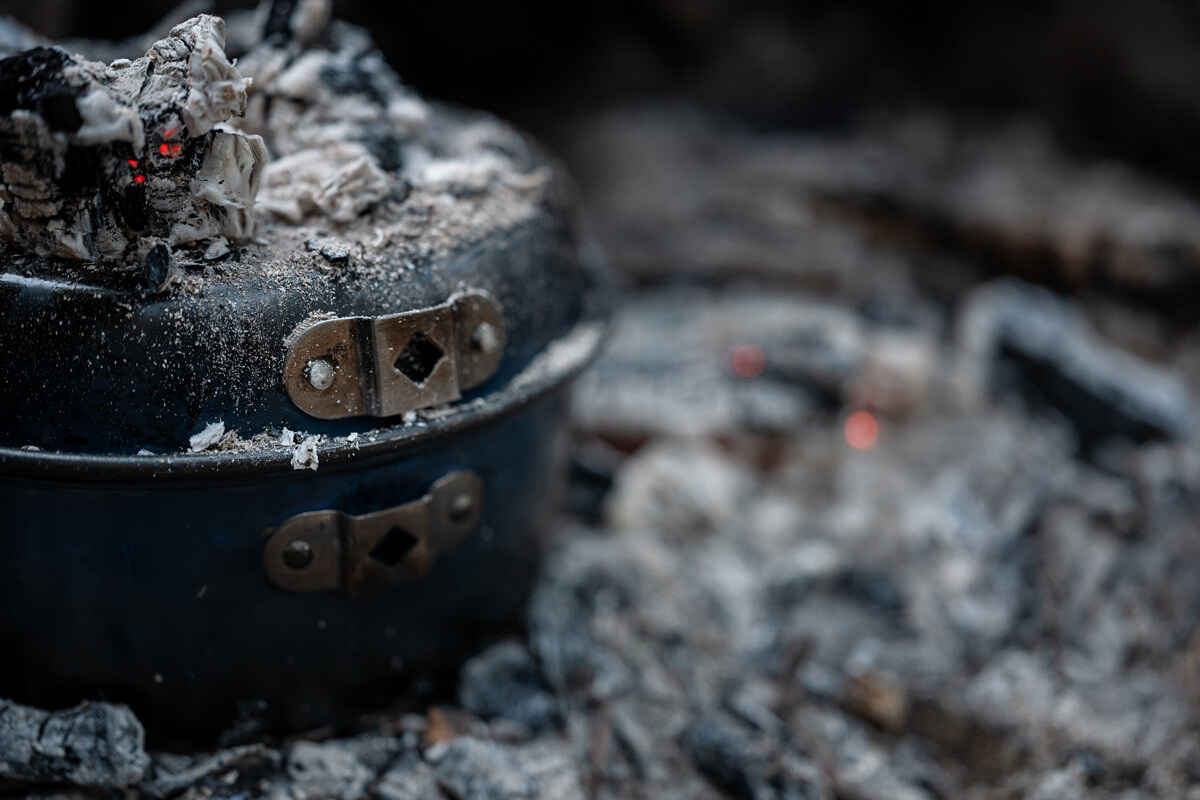
It did turn out. Sure, there were some overdone edges, but overall it was a perfectly-baked, moist cake. Whatever I thought I knew about baking, I now know I know nothing.
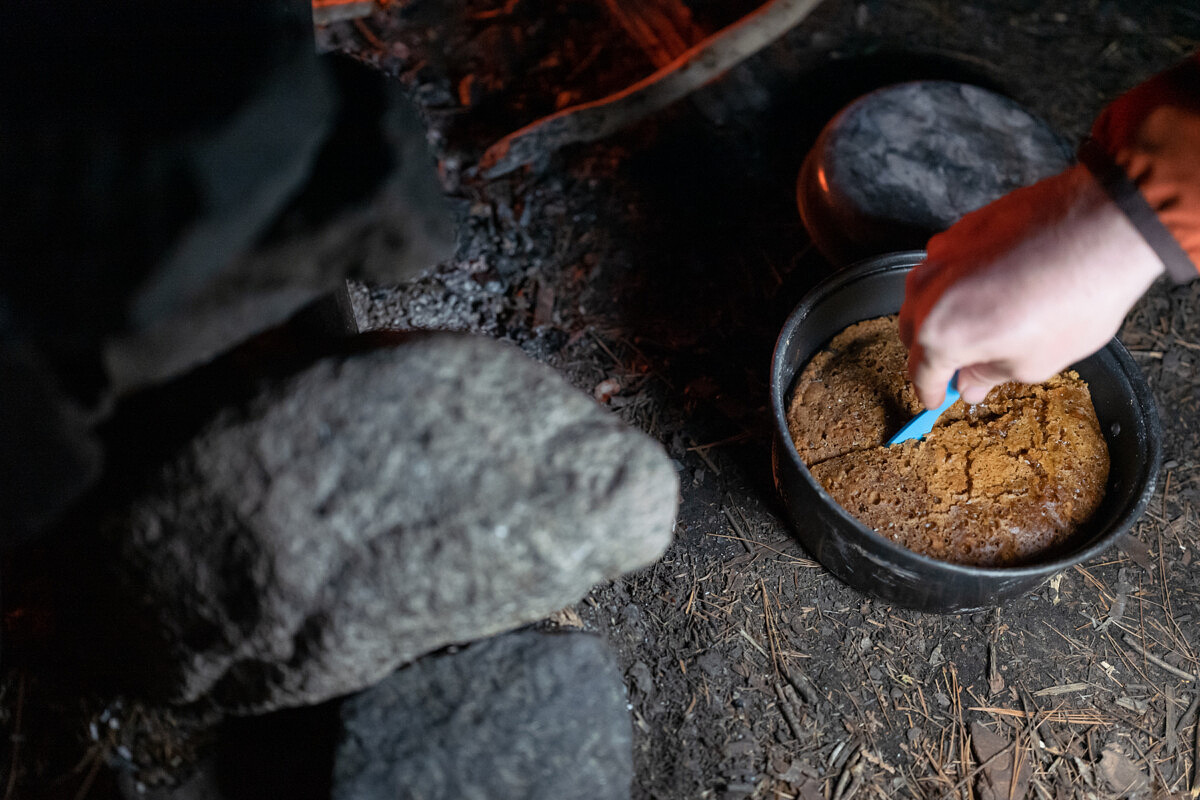
In the evenings after dinner, we’d share a drink and line up along the shoreline, our eyes either traveling across the pages of a good book or taking in the ever-changing colors of the eternal summer dusk. I forgot how long the days were up north this time of year, and was a little disappointed upon realizing that any astrophotography would have to be done at the wee hours of the morning.
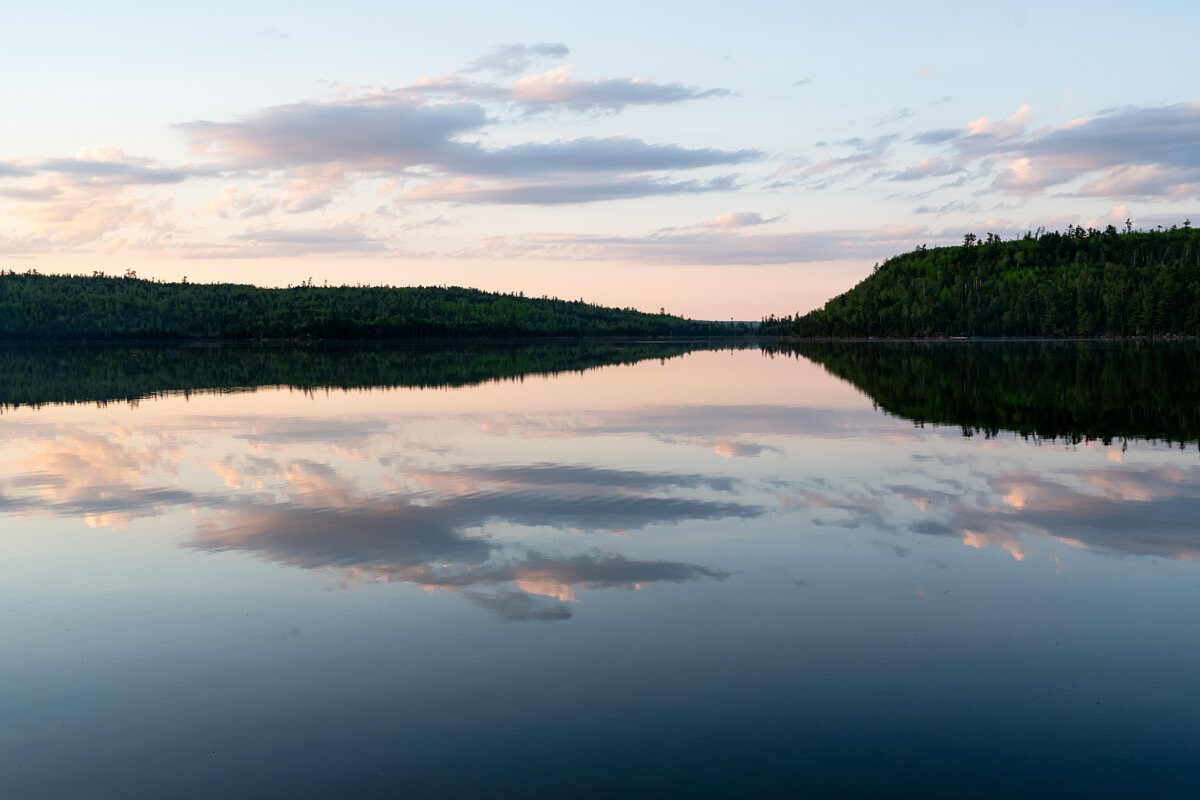
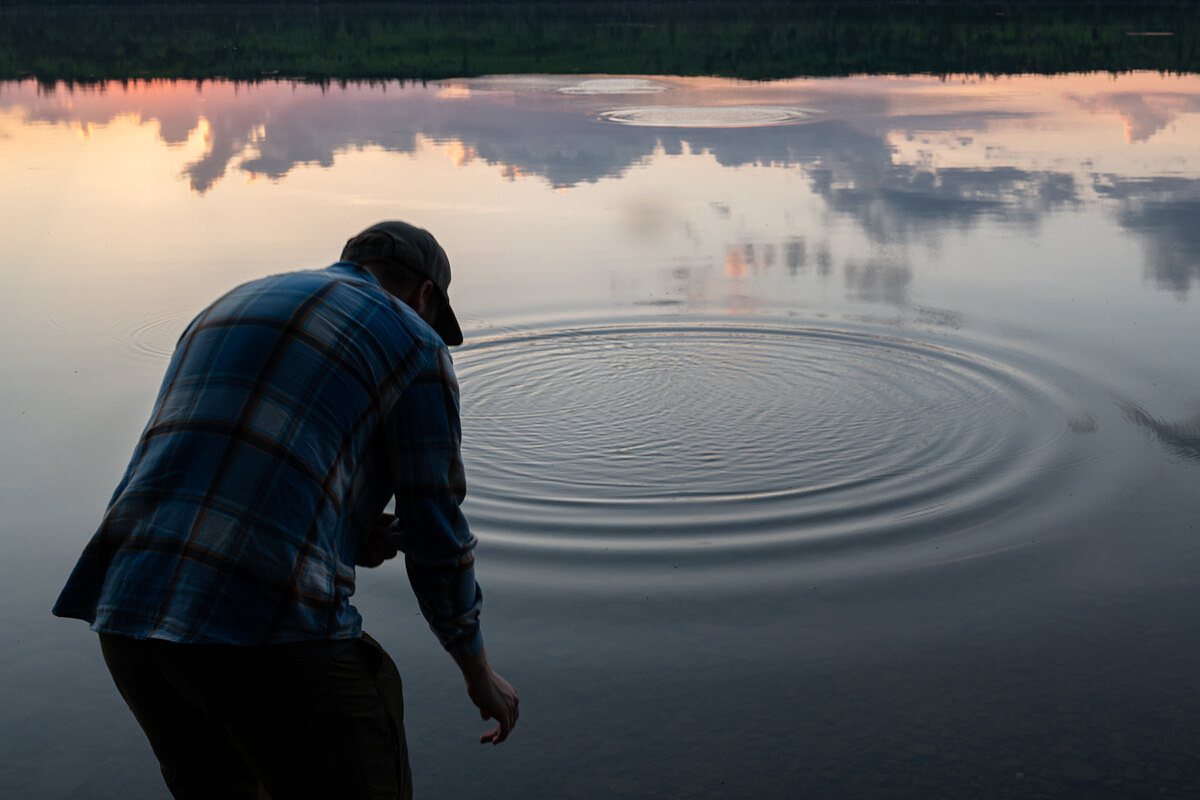
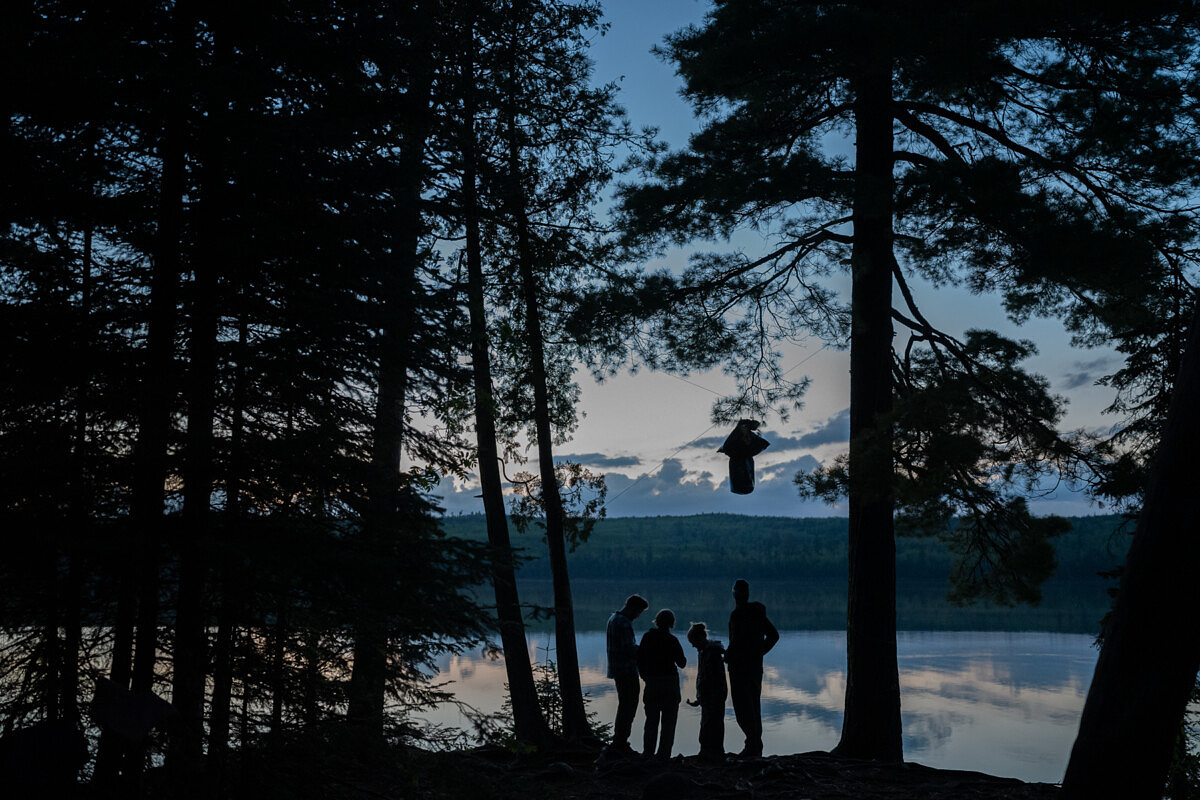
One evening, I set my alarm for 2 AM. It seemed a shame to come all this way only to miss the stars in a pure night sky, unpolluted by city lights. Although the moon was too bright for any astrophotography, experiencing the lake at night was thrilling. Beavers chattered and splashed on a nearby shore, loons echoed their infamous, eerie calls across the water, and an anthology of frogs drummed a deep rhythm in the background.
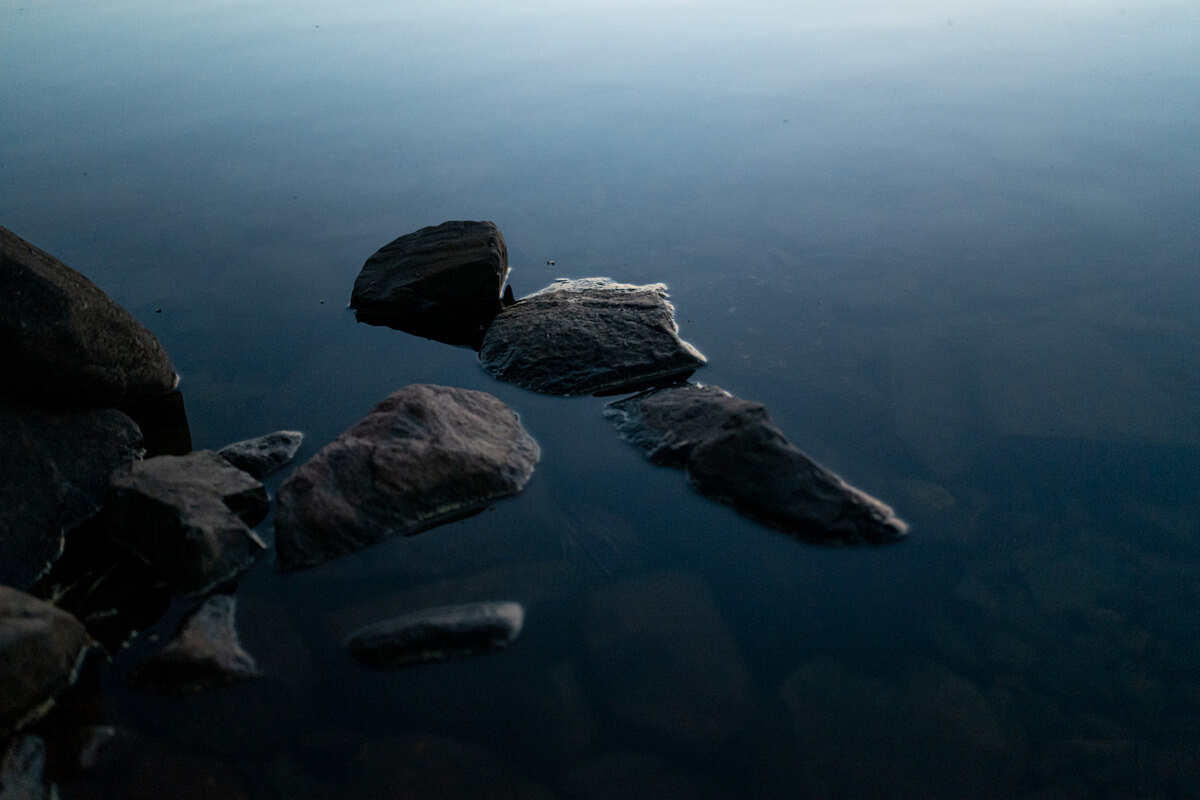
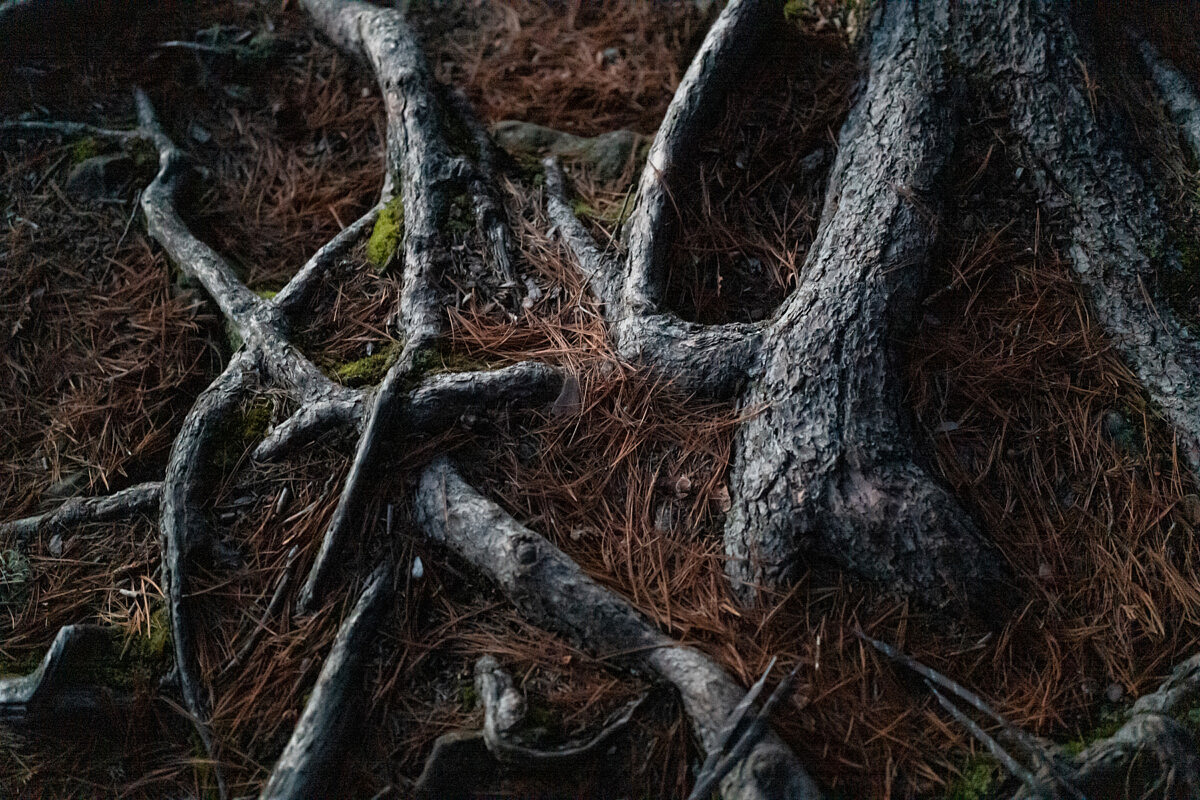
We spent two full days exploring the surrounding lakes and trails. Even though I was a Minnesota-native, this part of the state was new to me, and I was eager to take it all in. The Nelson family has a deep appreciation for nature, and I was awed at their knowledge of everything around us. “What’s this?” I’d ask at almost every turn. And without fail, an answer would bounce back. “Marsh Miracle, or at least that’s what my grandmother used to call it.” From false morels to alpine lakes, I discovered pieces of new pieces of the landscape that I called home.
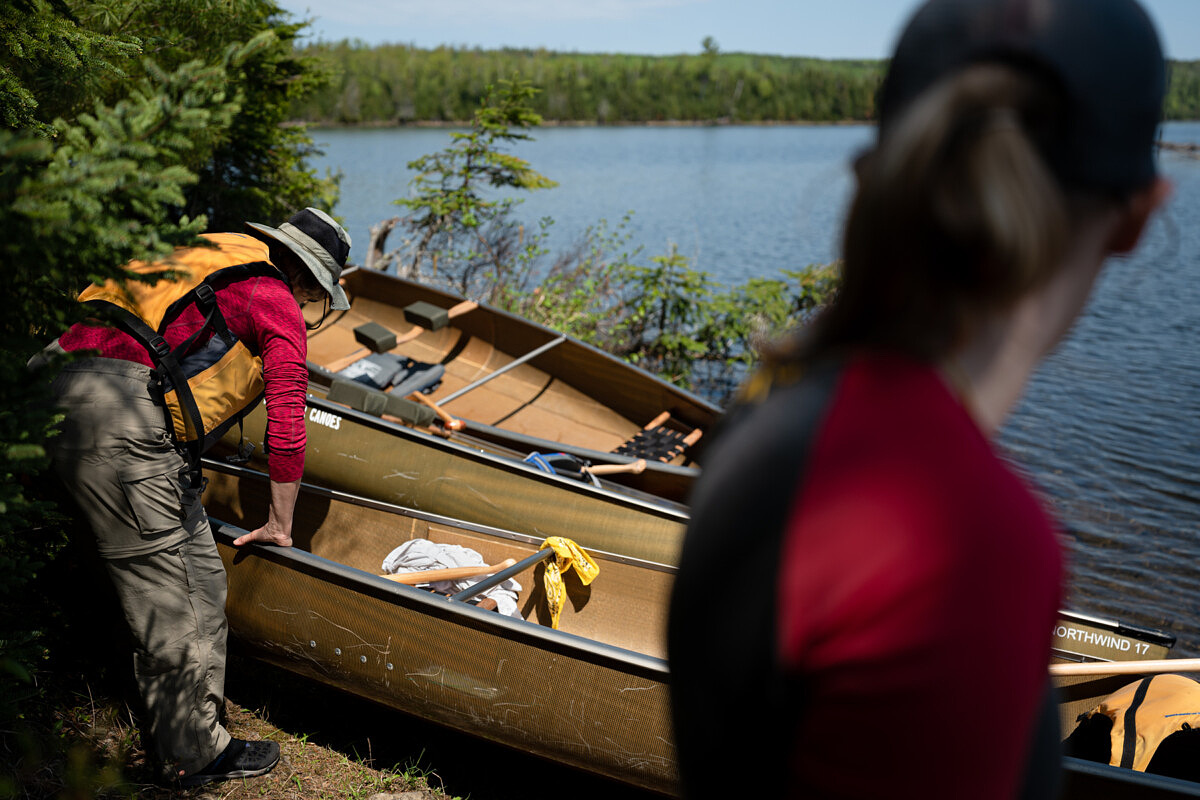
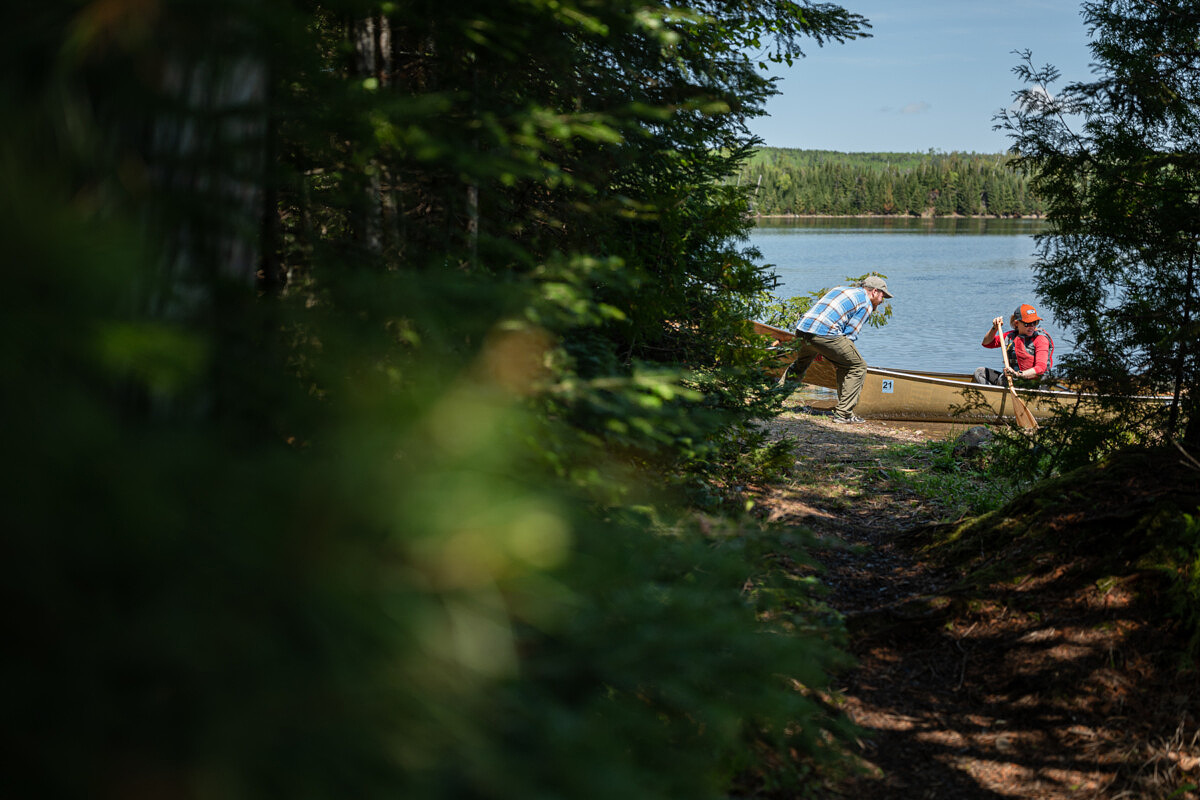
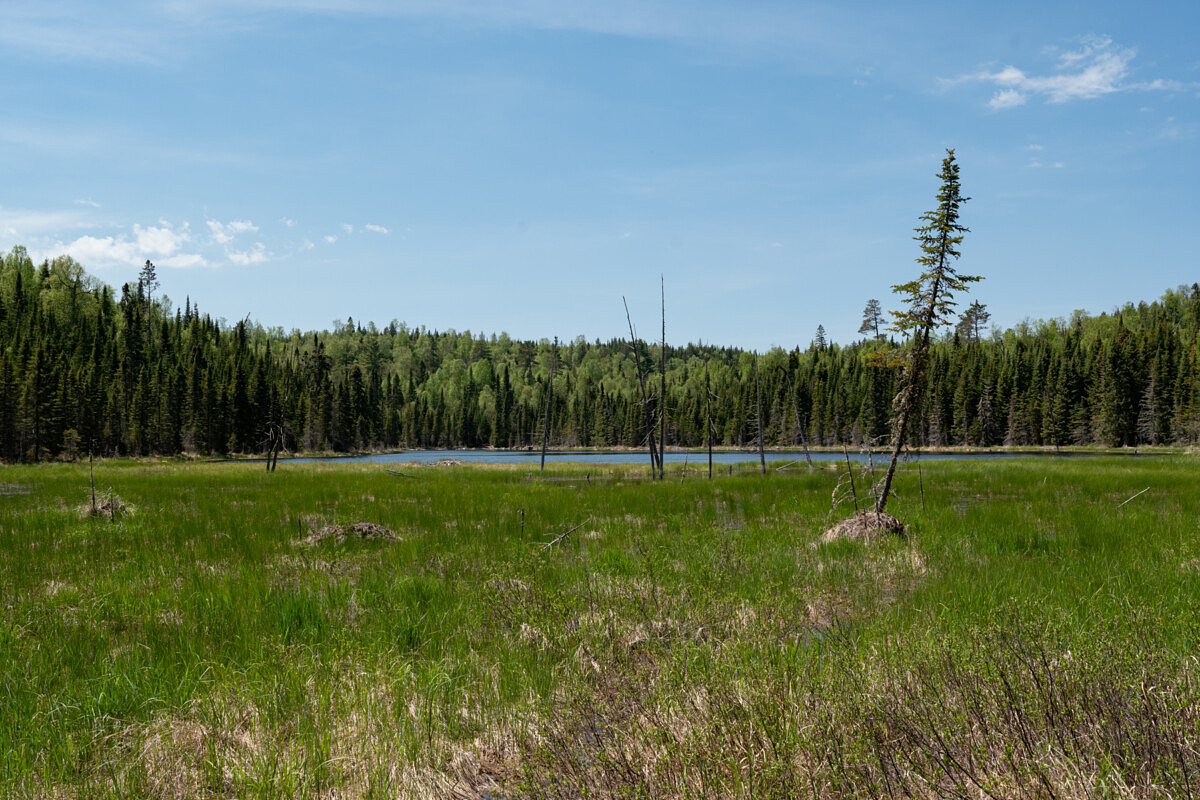
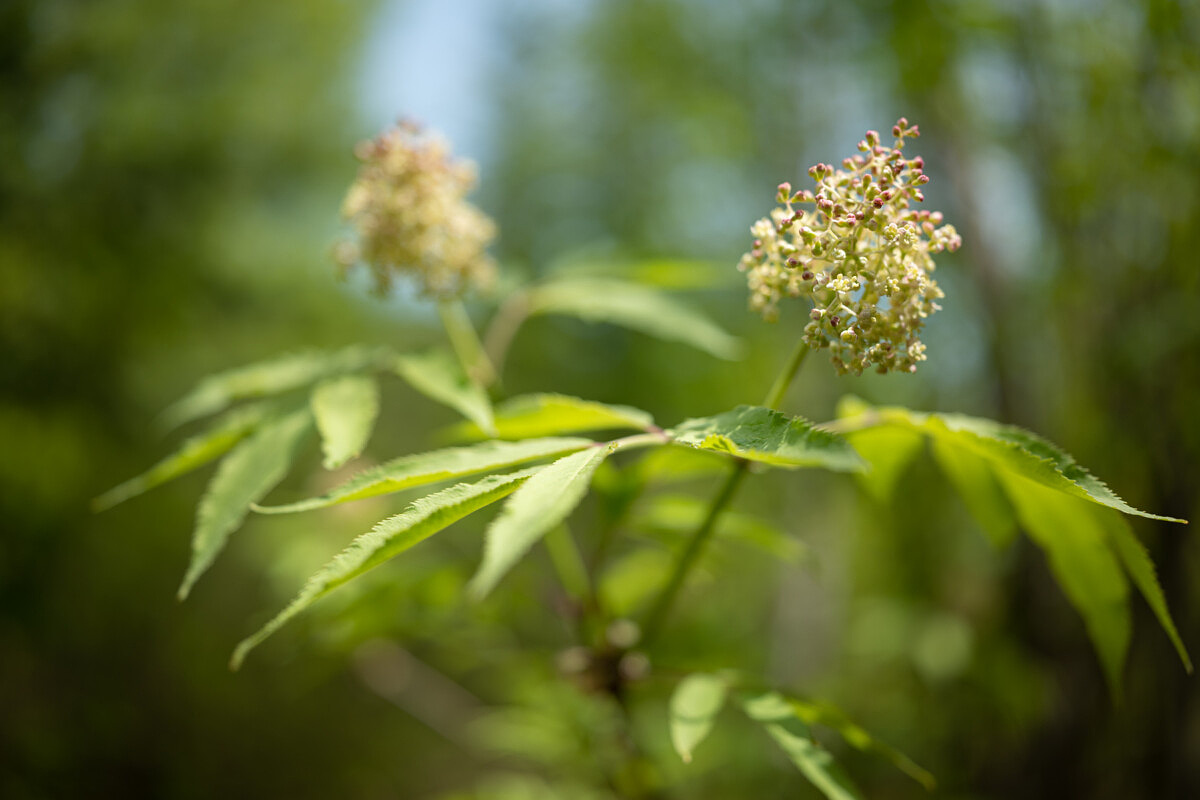
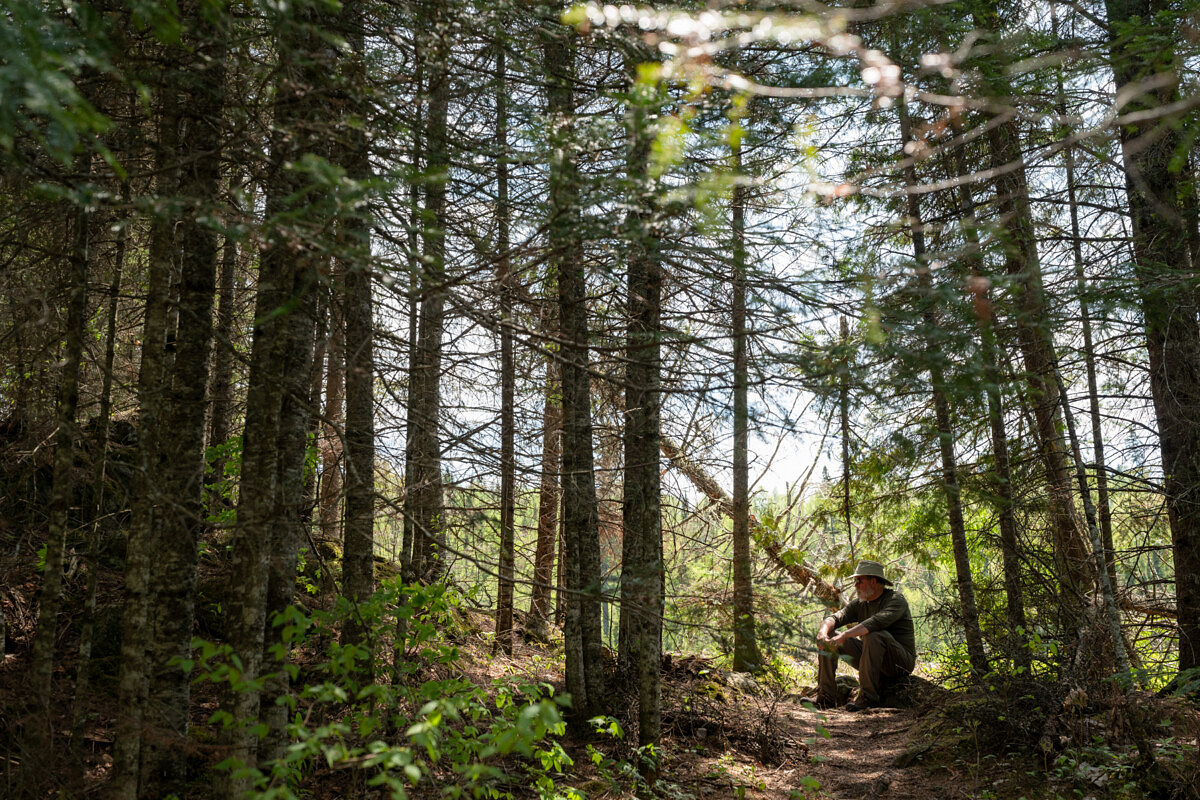
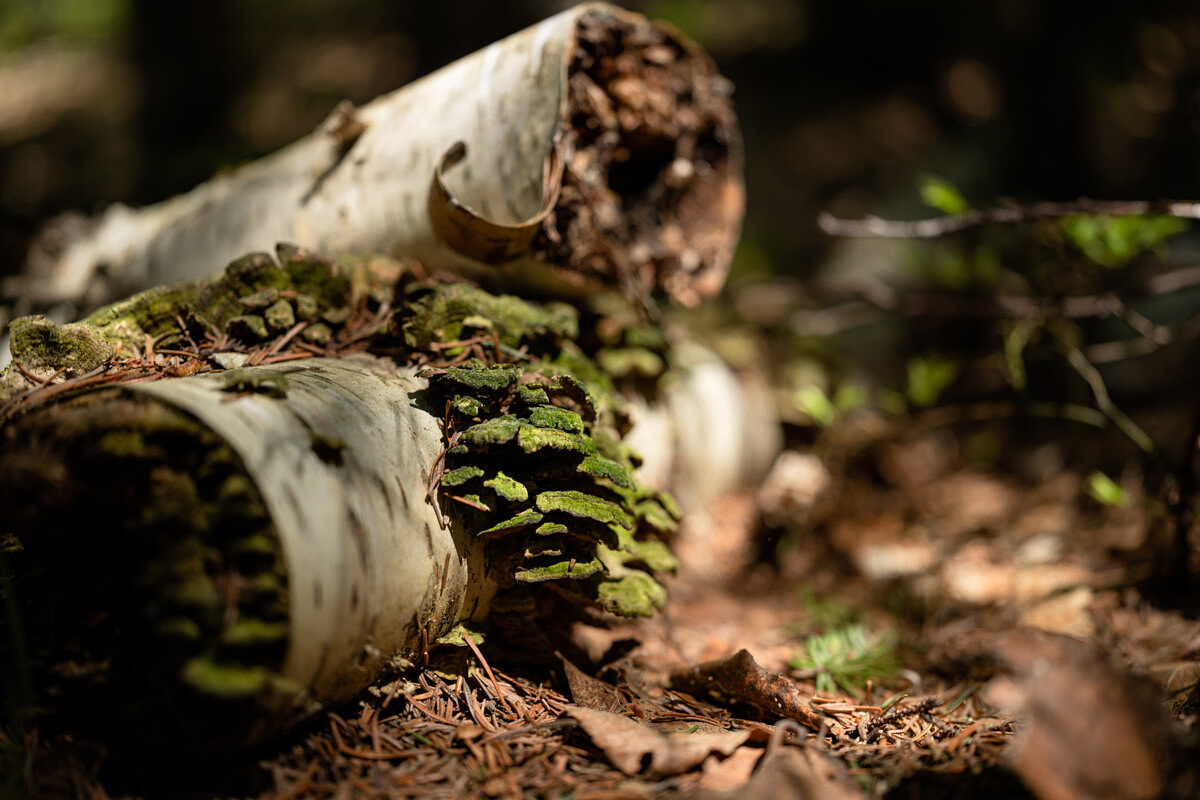
On the third day, we got an early start and paddled to the opposite side of Duncan Lake to hike the aptly named Border Route Trail, which snakes along the border between Minnesota and Canada. Towards the beginning of the trail, we opted to take a quick detour down to the Canadian water’s edge and discovered a lovely little fall along the way. Ordinarily, I’m not big into photographing waterfalls. This cascade, however, poured into a small moss-covered ravine that had something Tolkien-esque about it.
“You guys keep going. I’m going to stay here awhile.” I’d catch them on their way back up.
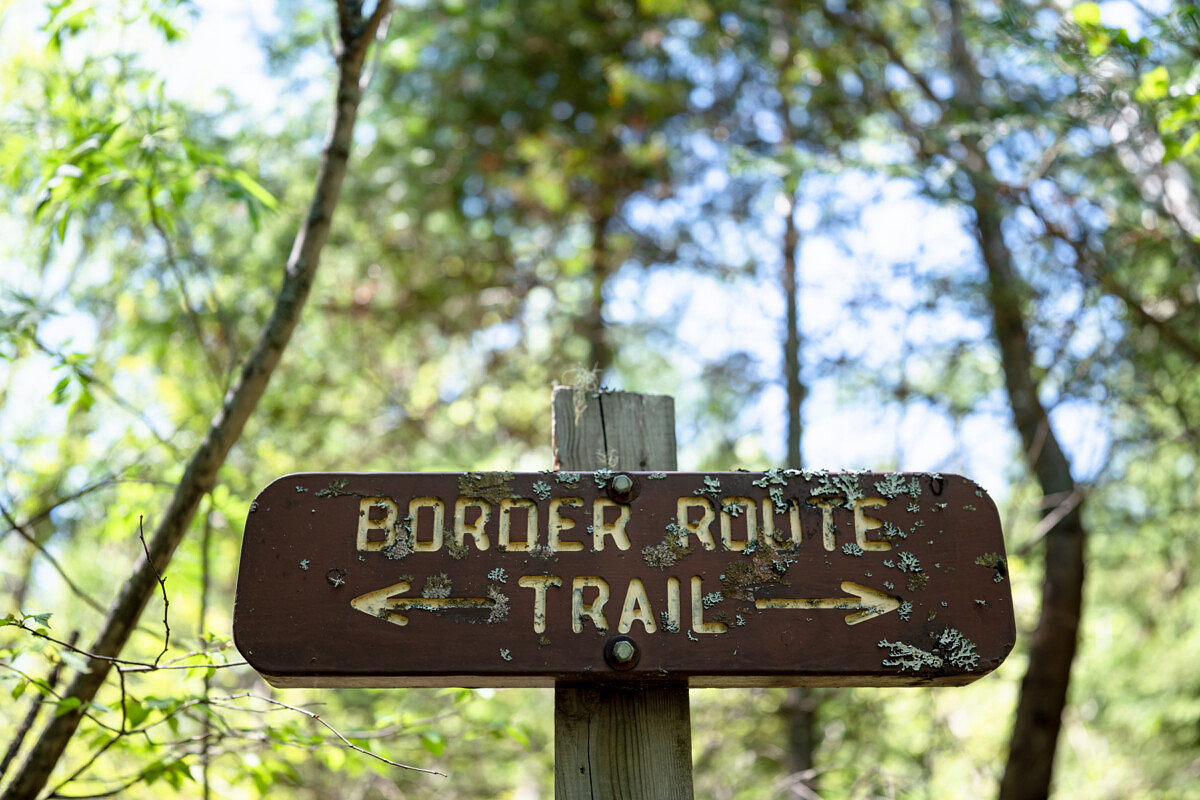
I lowered myself into the tiny Eden and promptly set to capturing its wonder with the Leica SL. At first, I tried to frame the whole scene, but it didn’t take long to realize that its true magic was hidden in the smaller details: light undulating over the ravine walls, dew drops glistening on green moss, portraits of the oasis’ tiniest residents.
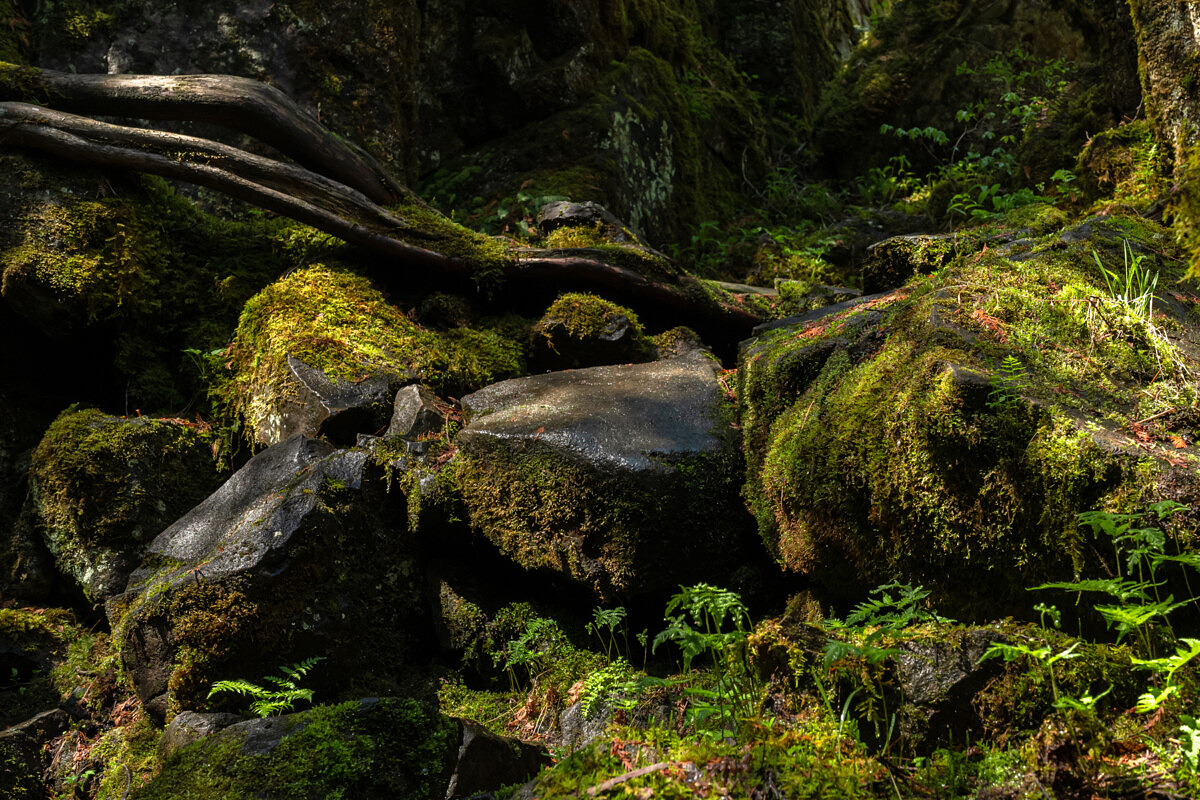
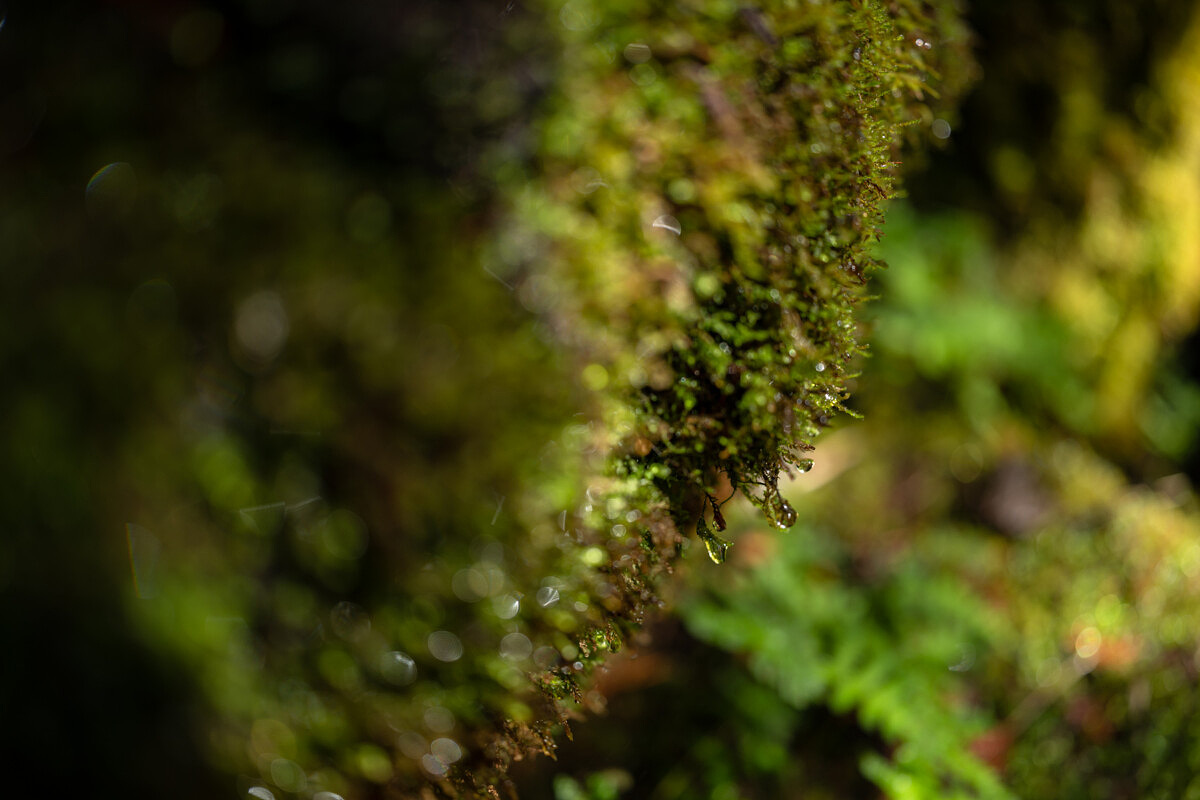
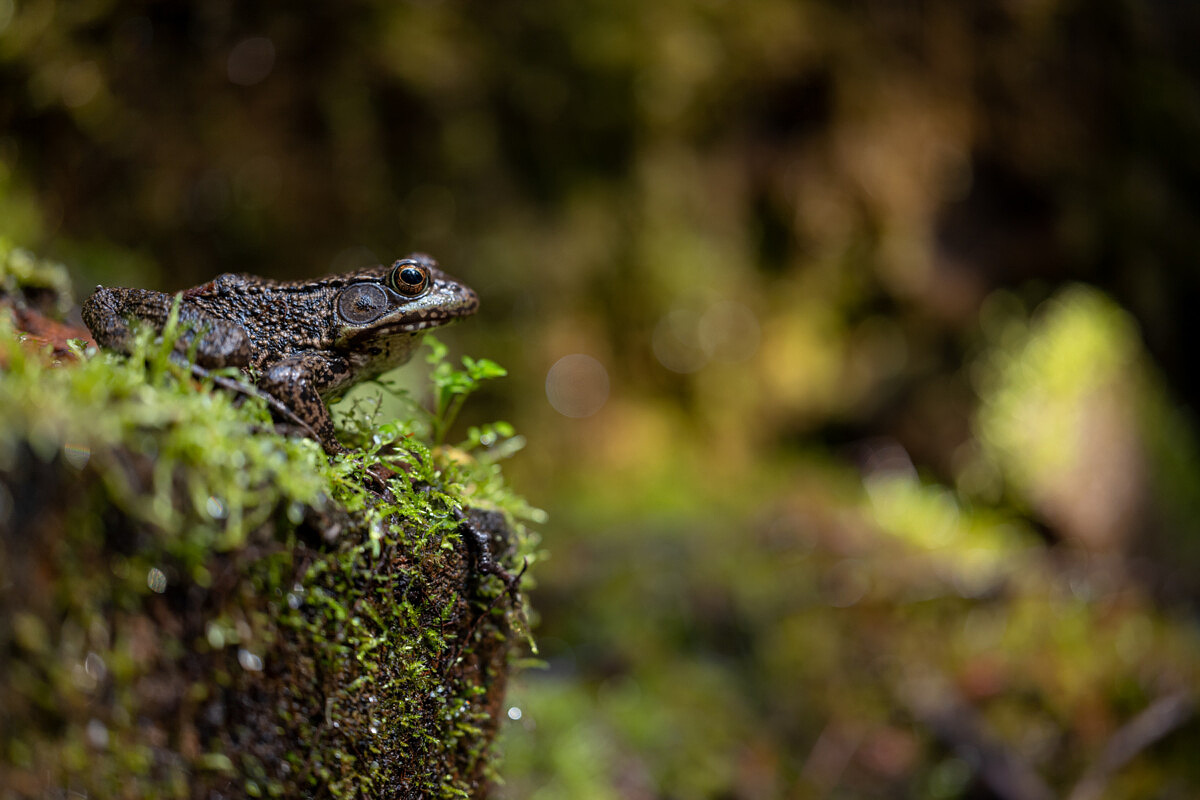
The group doubled back around after what felt like only a few moments but was probably a half hour in non-photographer time.
“Did you get anything good?” I showed them the picture of the frog and a “wow” echoed throughout the group.
“It’s the lens, not the photographer.” I joked.
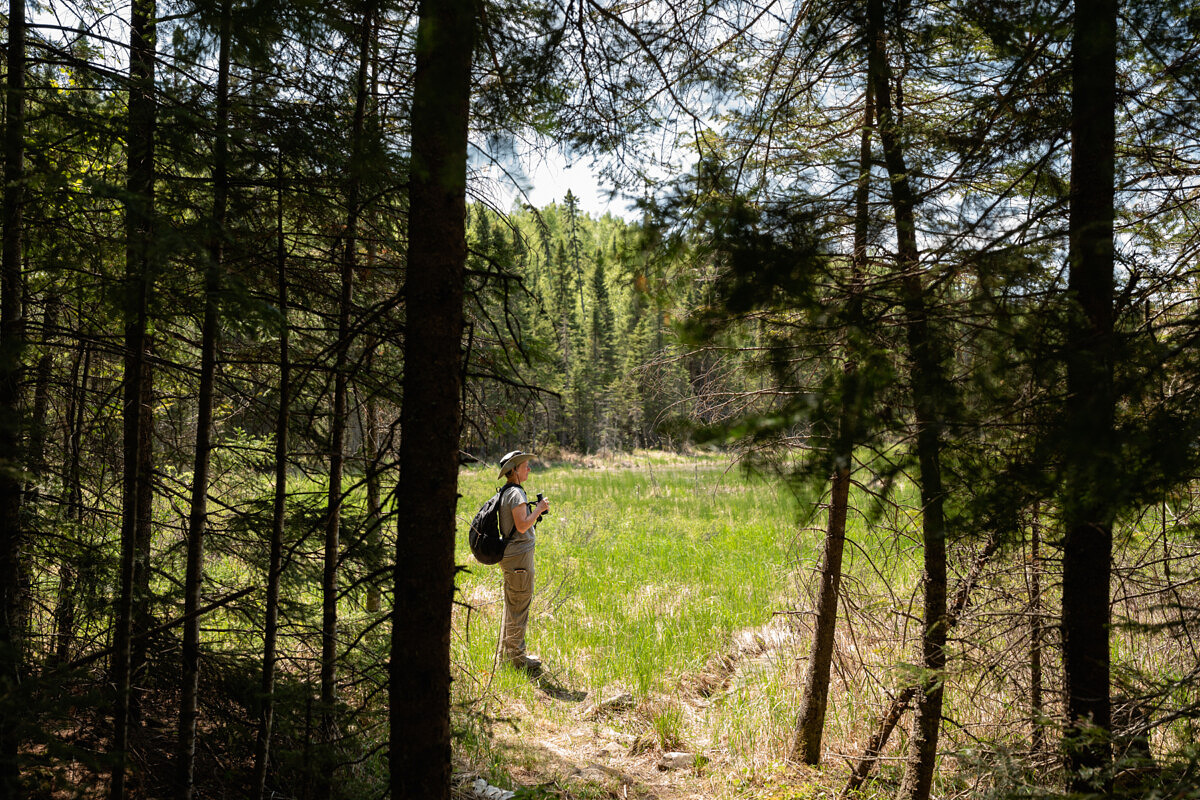
By the time we finished our hike and got back to the canoes, the wind had picked. Up until then, the water had been calm and the paddling easy, but now the current was against us and we had to fight our way back across Duncan. Dan and I found a necessary rhythm. Our paddles and determination were in perfect sync. If we let up for even a moment, the canoe would drift backwards. When we finally returned to camp, we rewarded ourselves to a well-deserved beer and a refreshing (~60° F) cool-down in the lake.
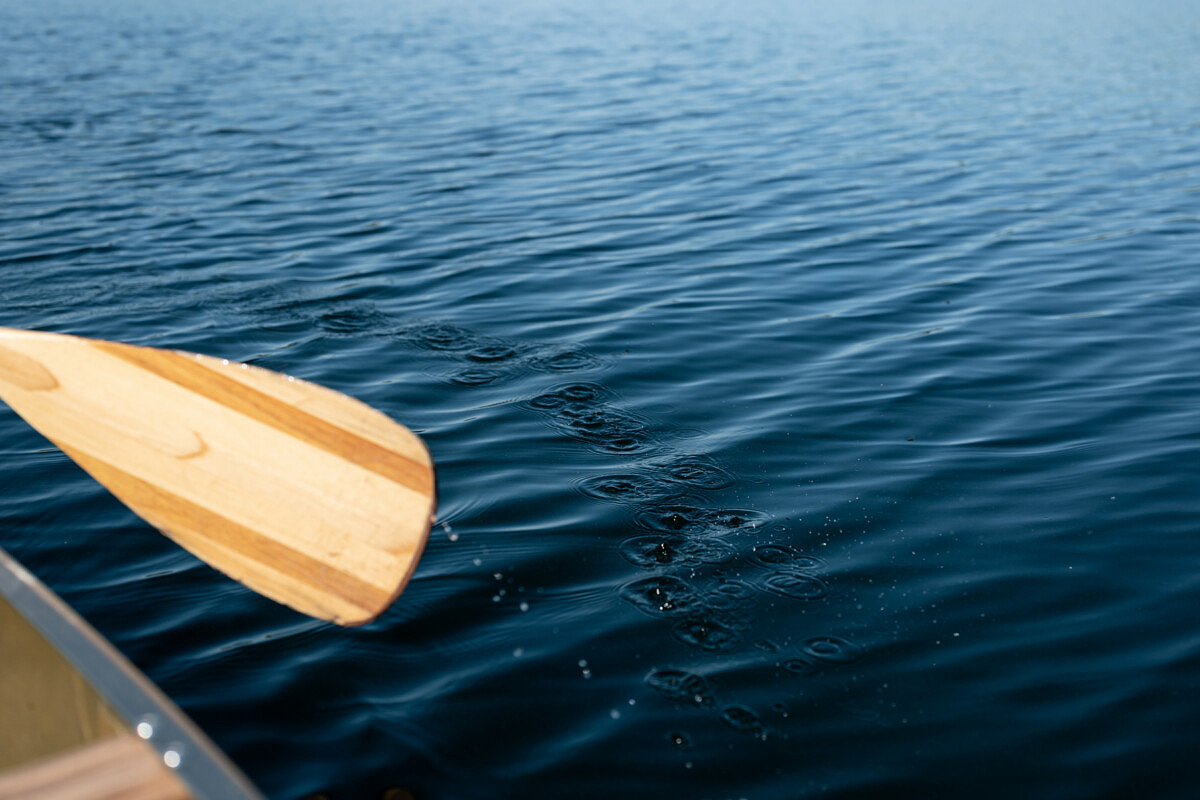
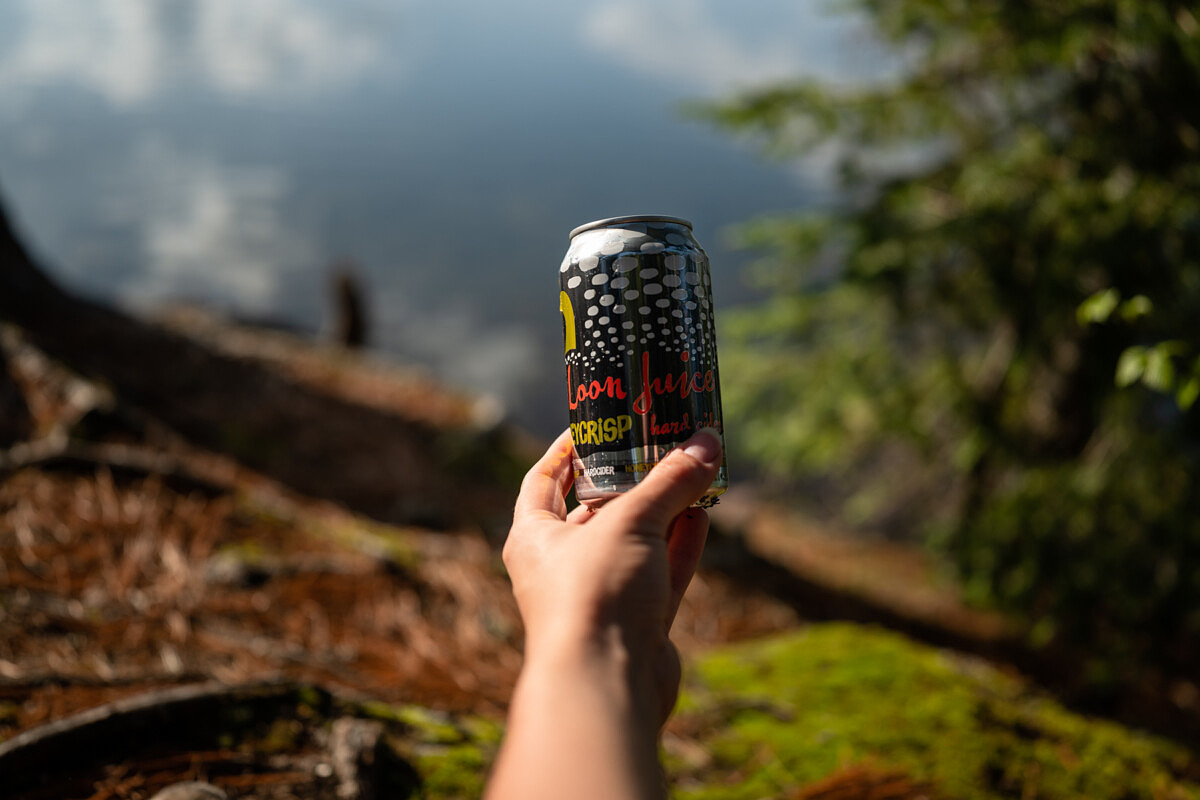
On the fourth and final morning, we took our time packing up. We made a hearty breakfast, paddled the long way back and took the scenic drive home. We even made a stop in Grand Marais to have lunch on Lake Superior. Without speaking, we knew that each of us wished we had just one more day. For me, I was already planning when I’d be back.
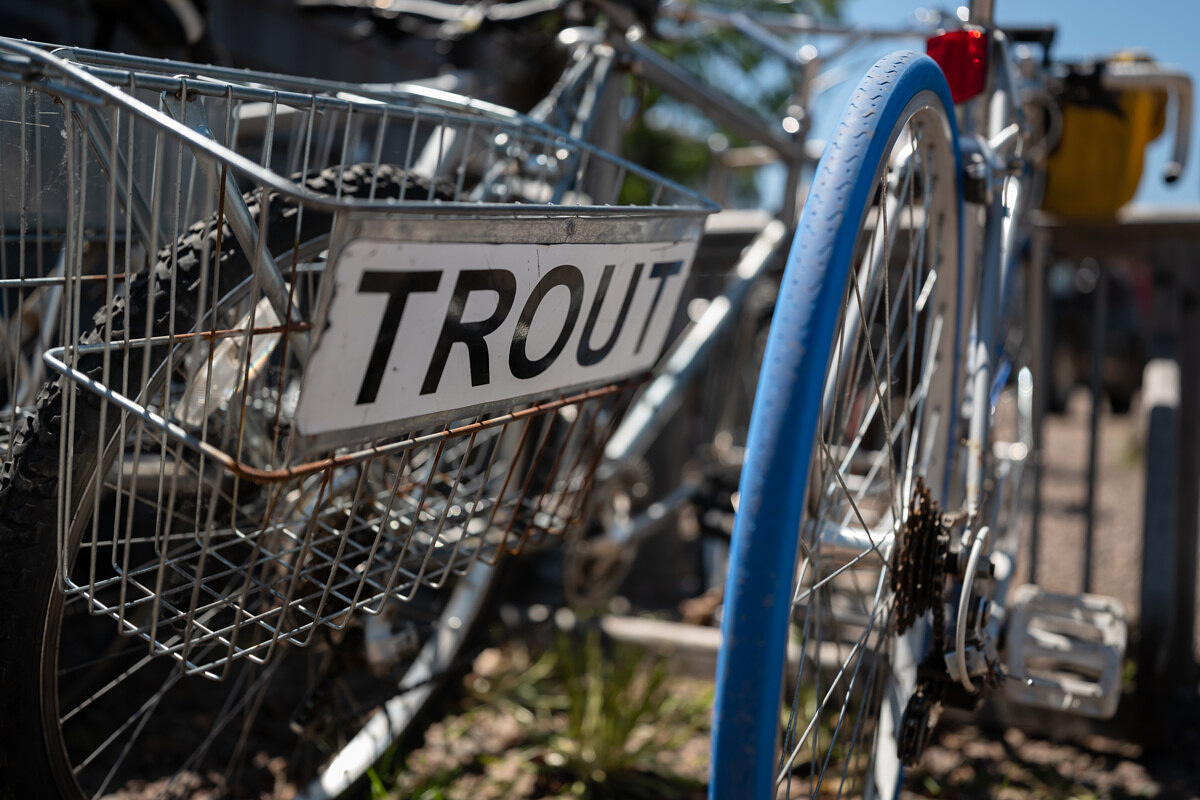
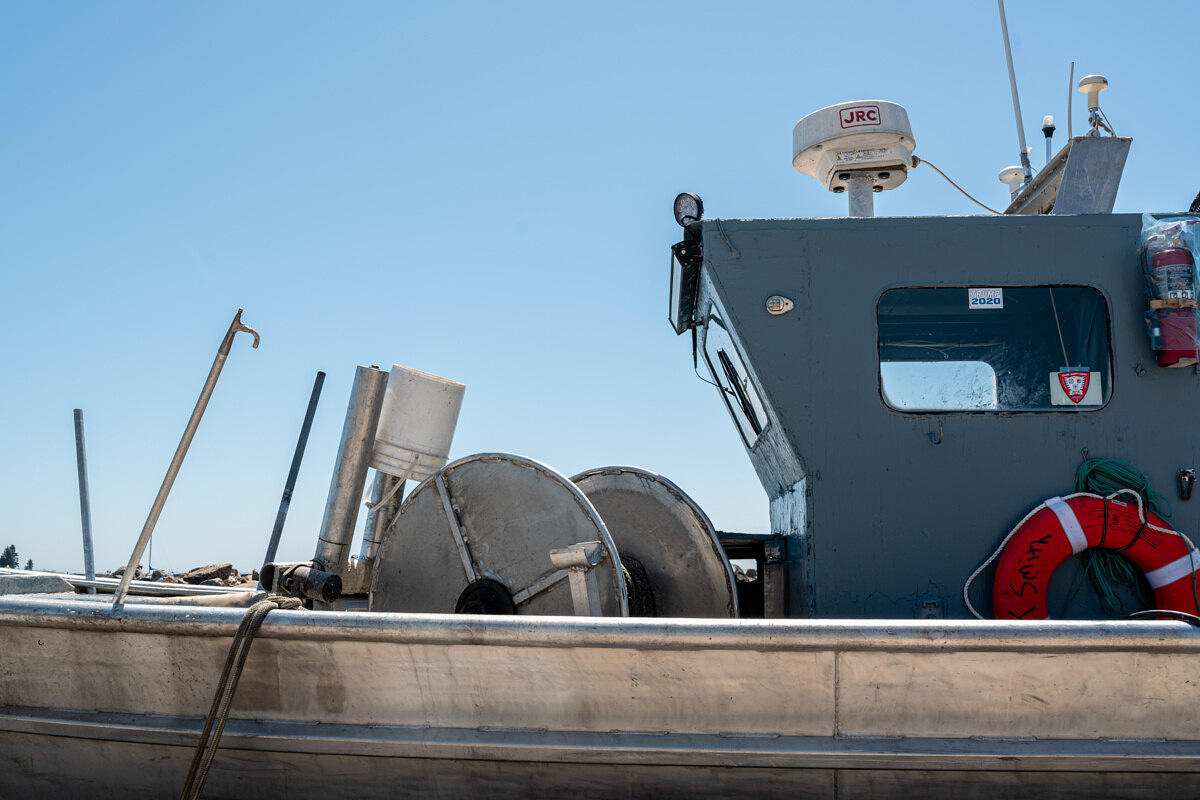
PART III: IMAGE PROCESSING & FINAL THOUGHTS
Processing the images was both incredibly easy and mind-numbingly difficult. Easy, in that the images didn’t really need much processing at all. Difficult, in that I couldn’t just leave an image alone, unprocessed. No photograph can really be perfect out-of-camera, can it? Peter Karbe probably wouldn’t disagree in my saying that Leica has nigh reached out-of-camera perfection with this sensor-lens combination. Other than some minor white balance adjustments and highlight recovery, all the photographs in this article have little to no processing.
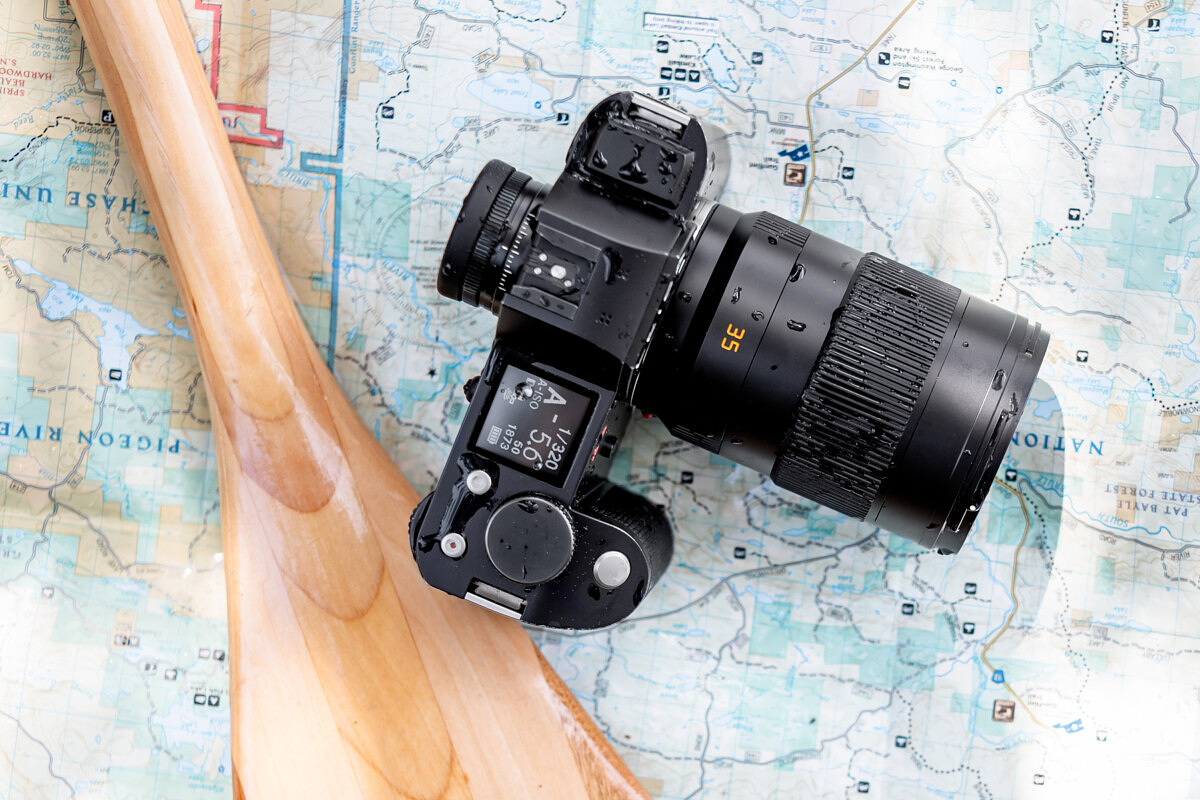
As for the experience of shooting the Leica SL and 35mm APO-Summicron-SL f/2 ASPH as a one-camera-one-body lens setup, I was far from disappointed. The SL is solid; it’s built to be taken off the beaten path and endure harsh weather. Though a bit bulkier than what I normally carry, the extra durability and ruggedness offered a welcome measure of reassurance. In fact, once home, it felt strange going back to shooting with my Leica CL and Q again. Compared to the SL, the smaller cameras both felt a bit toy-like, despite knowing the exceptional image quality they offer.
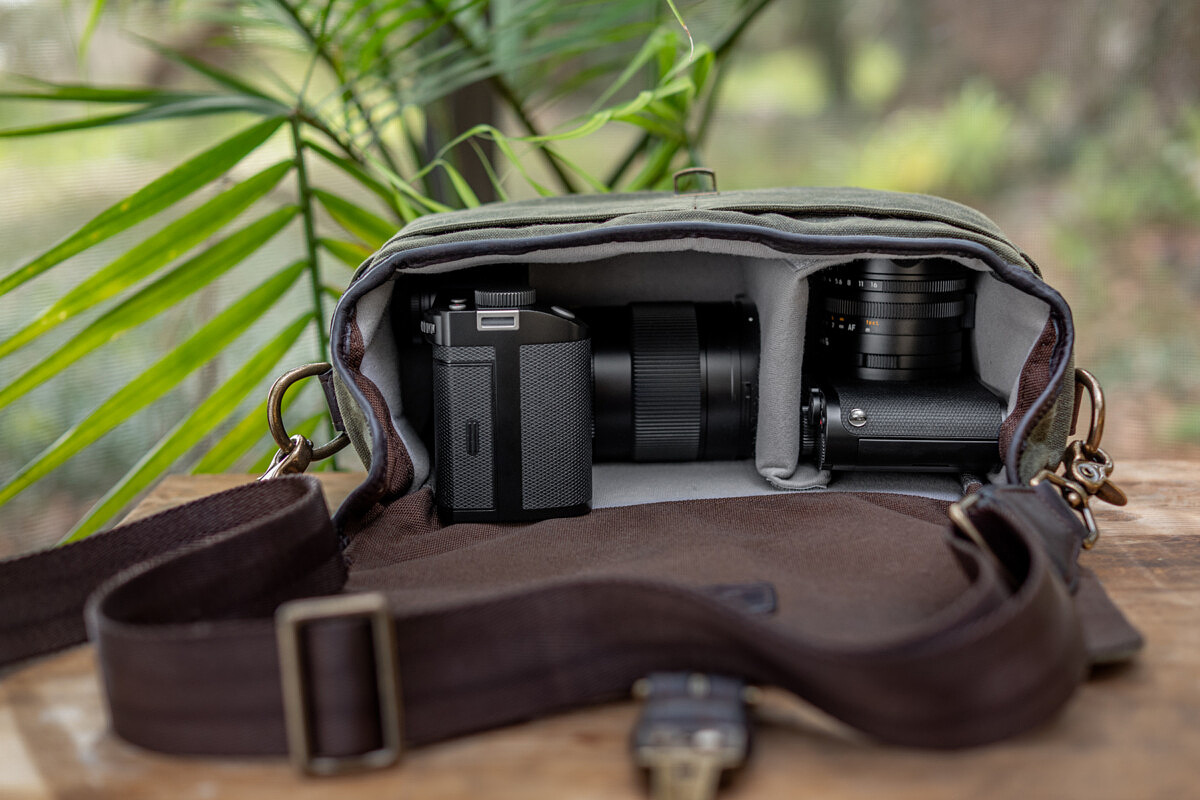
With the new Summicron-SL lenses offering the possibility of a more travel-friendly kit, the SL is set to become a go-to for adventure-seeking photographers. Pair a 35 or 50mm APO-Summicron-SL with the 75 or 90mm, along with a Q2 with its 28mm f/1.7 for a fast wide-angle, and you’ve got yourself a complete rugged, weather-sealed kit that barely fills half of a backpack. Heck, I might have to start looking at used SL’s – especially now that the SL2 has hit the market and used SL (Typ 601)’s have settled in at an affordable price.
The bottom line is that the APO-Summicron-SL 35mm is simply an incredible lens which pairs beautifully with the Leica SL. It lives up to the hype and has convinced me take a fresh look at the SL System for my adventure-focused photography.

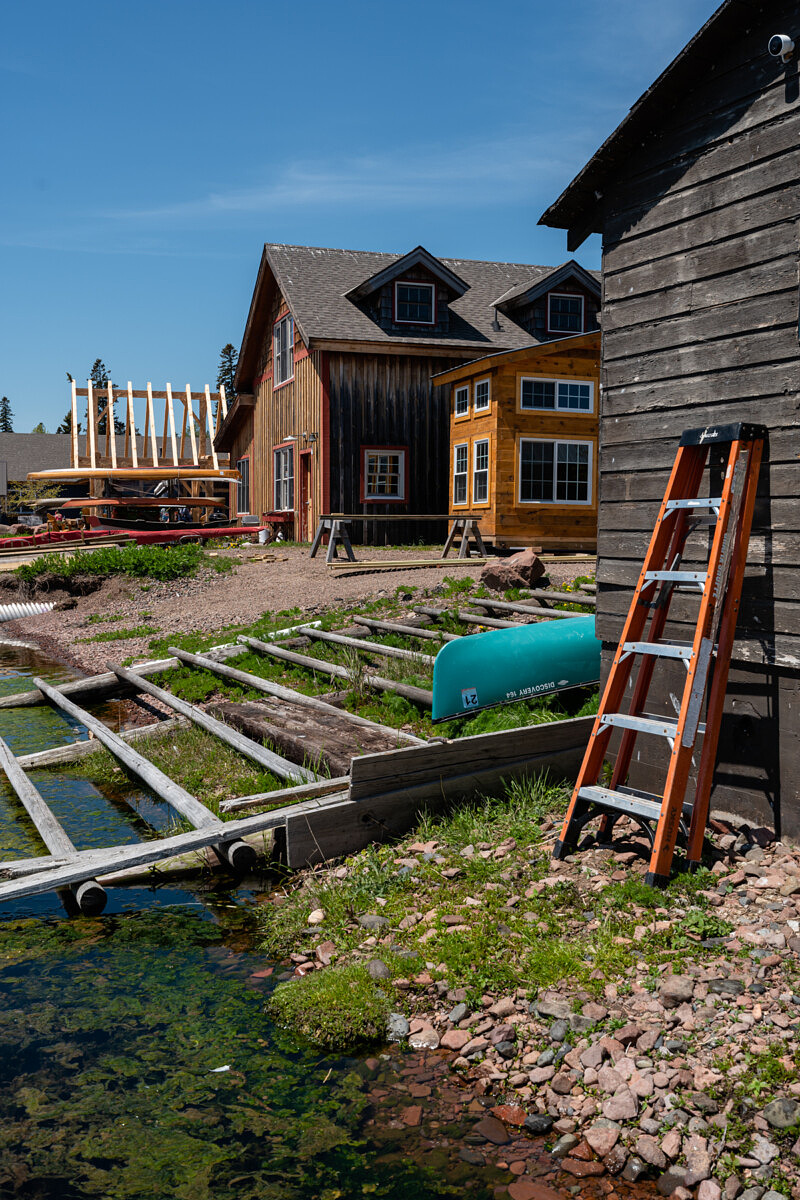
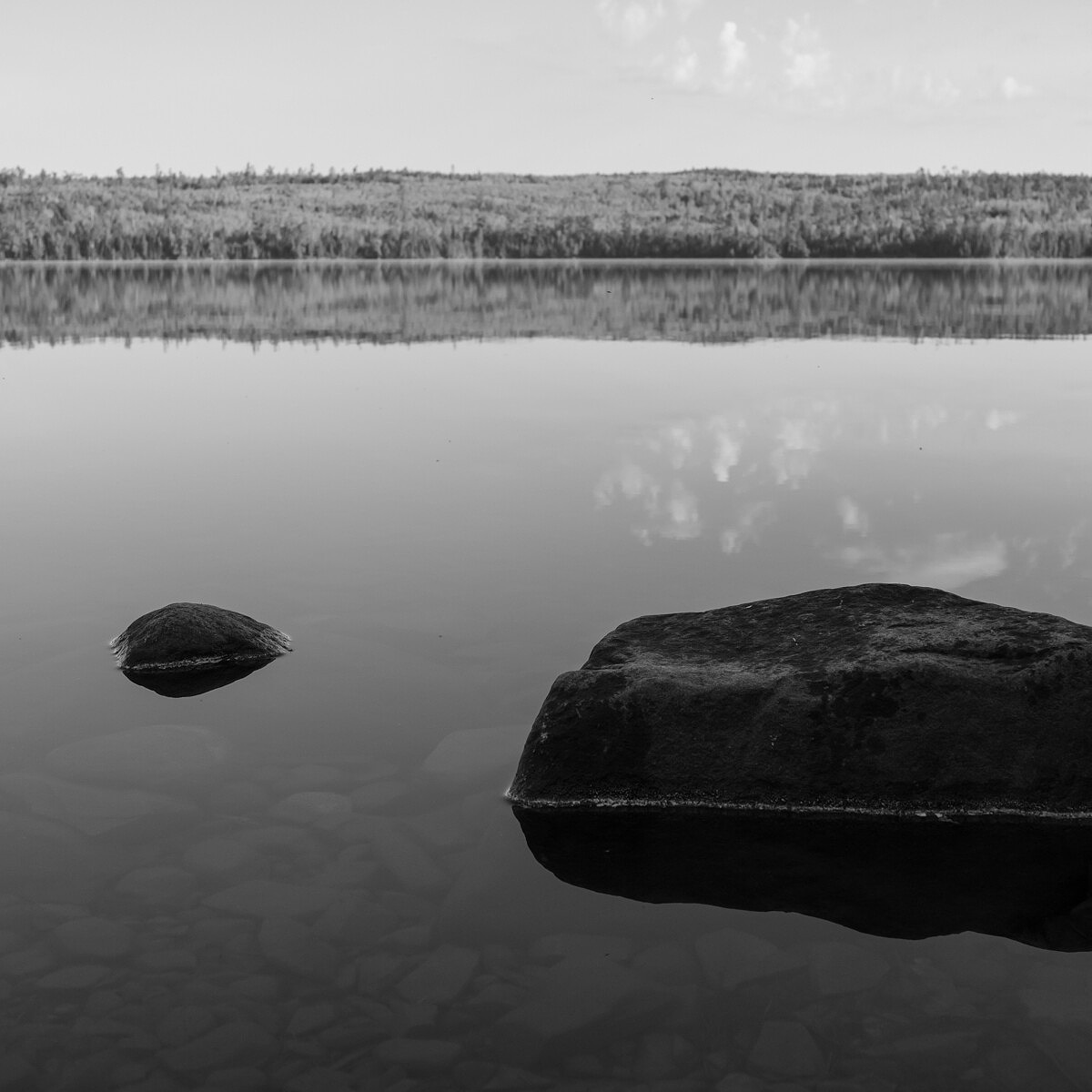
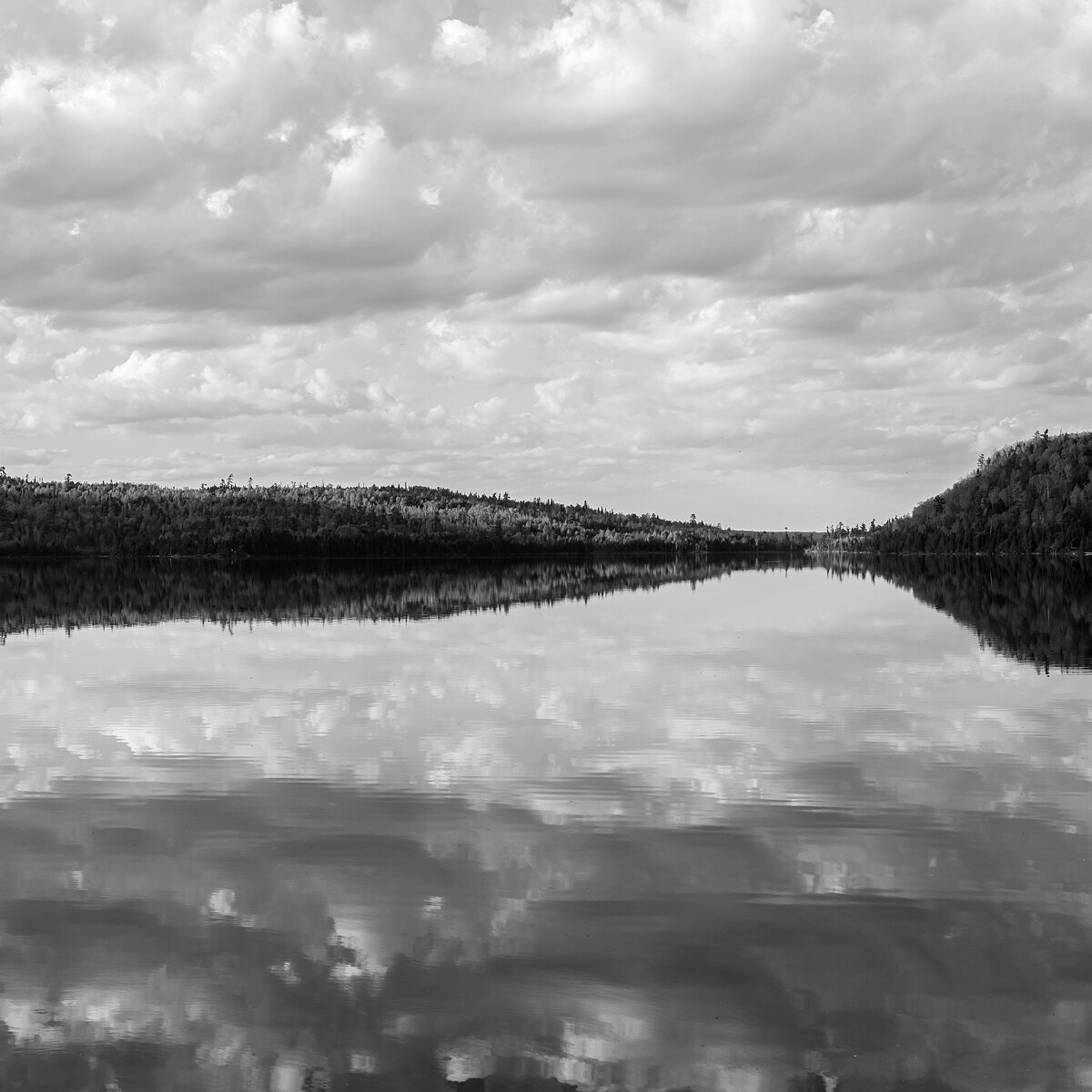
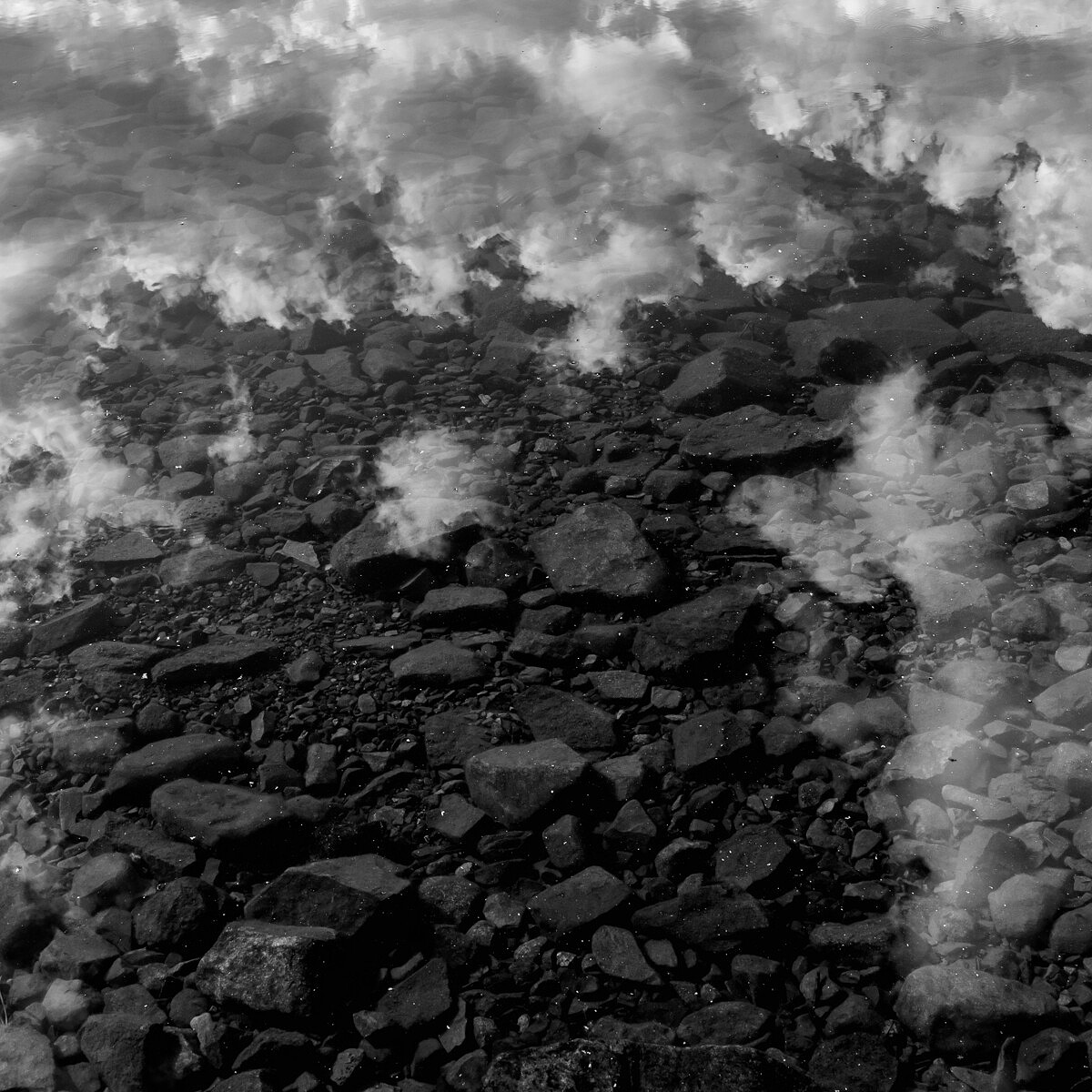
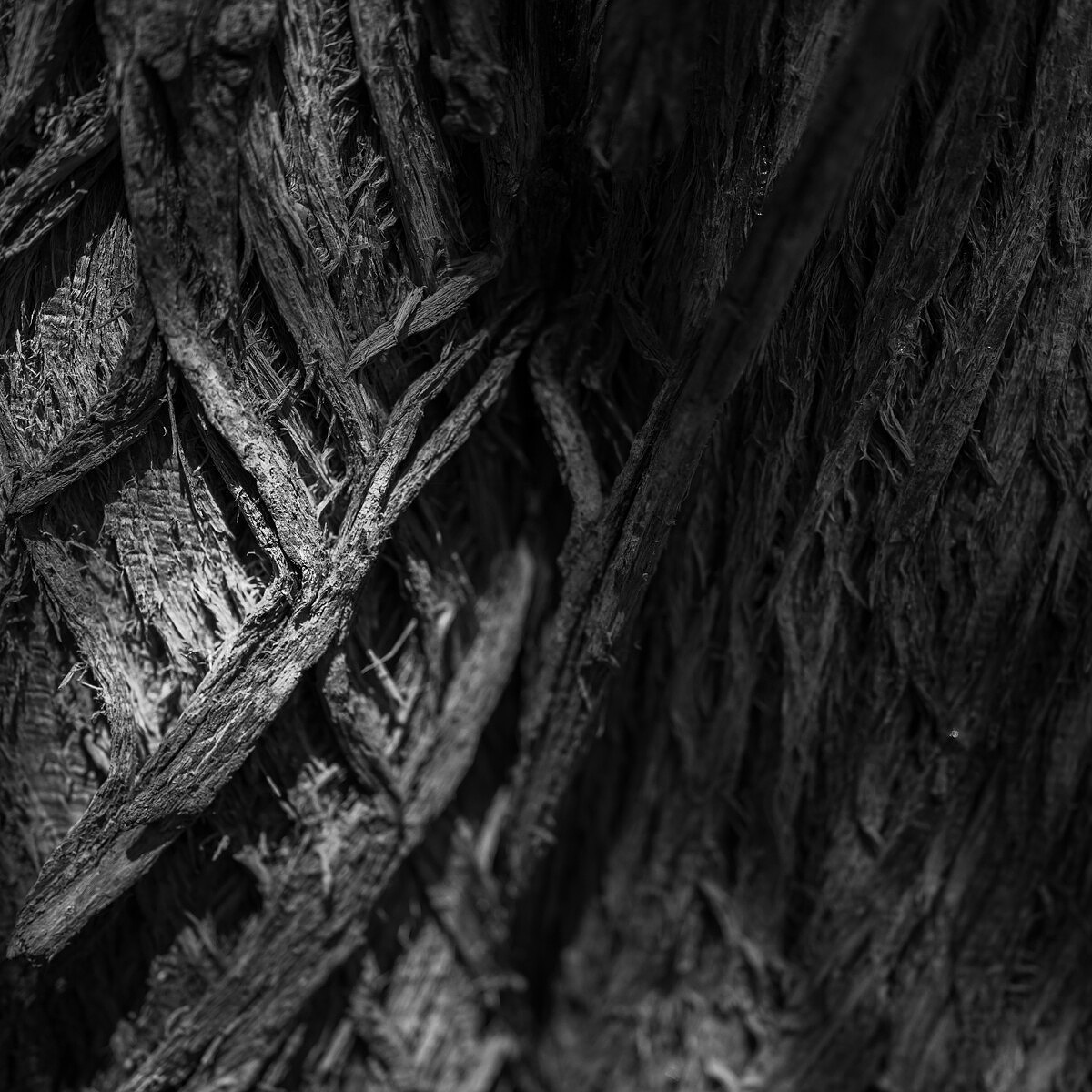
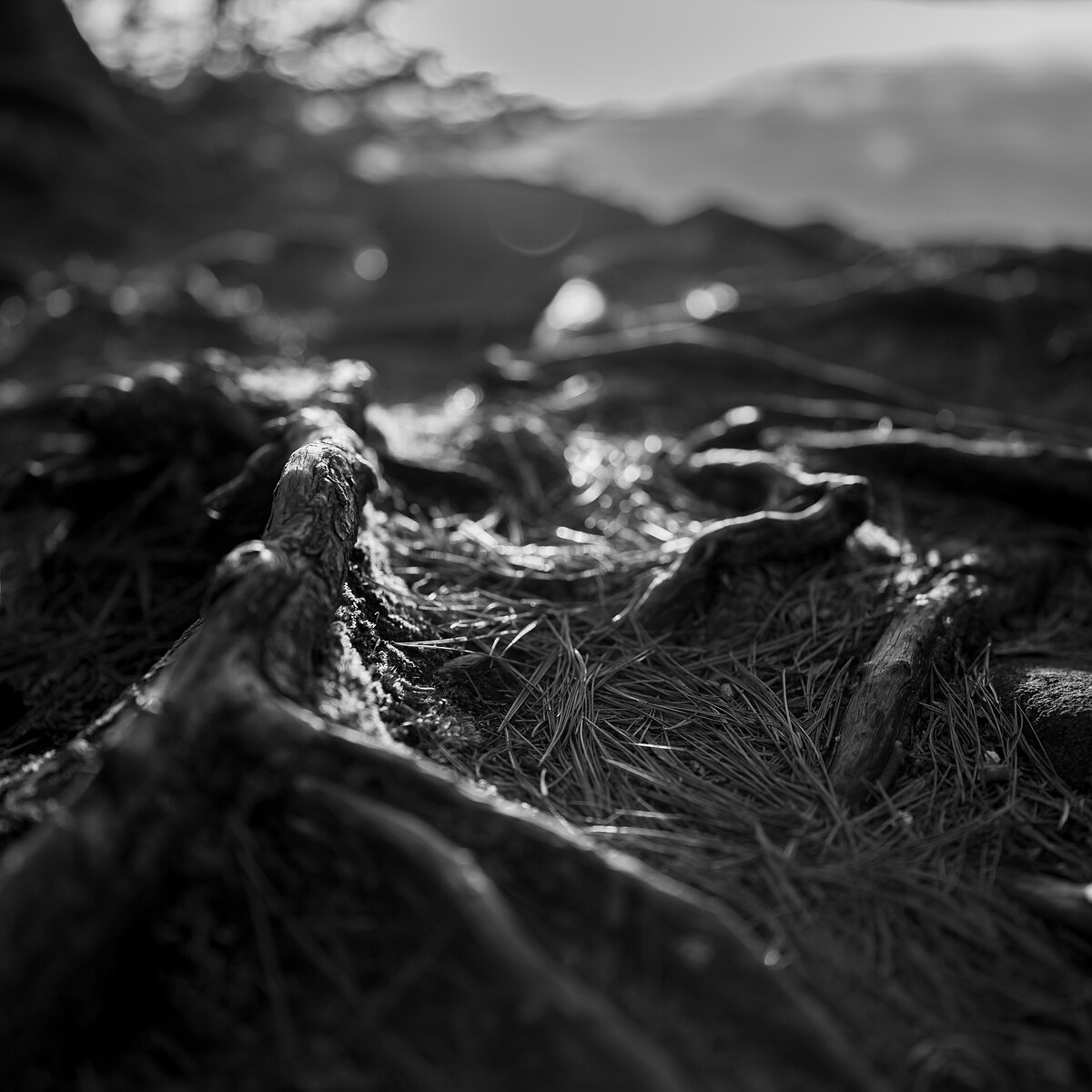
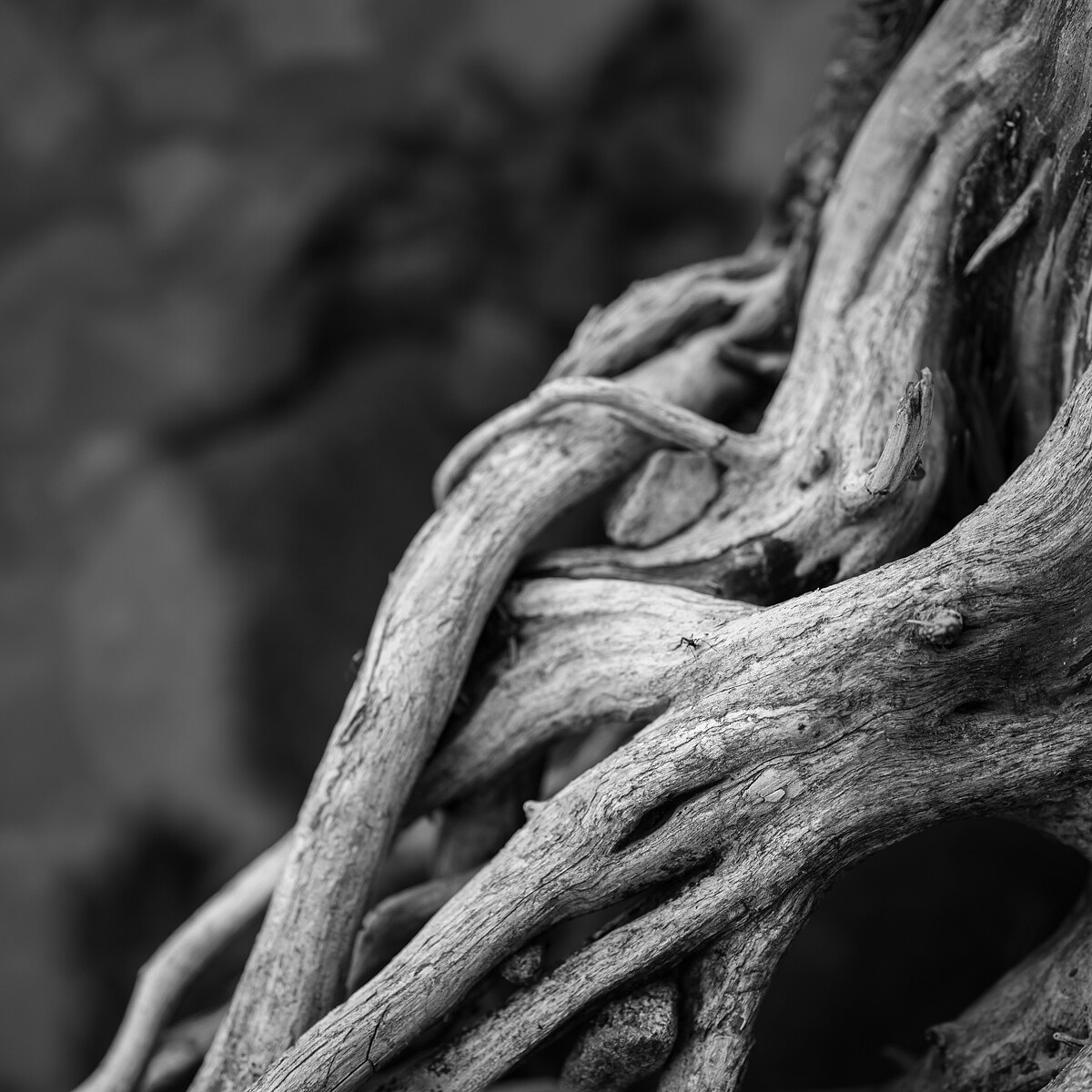
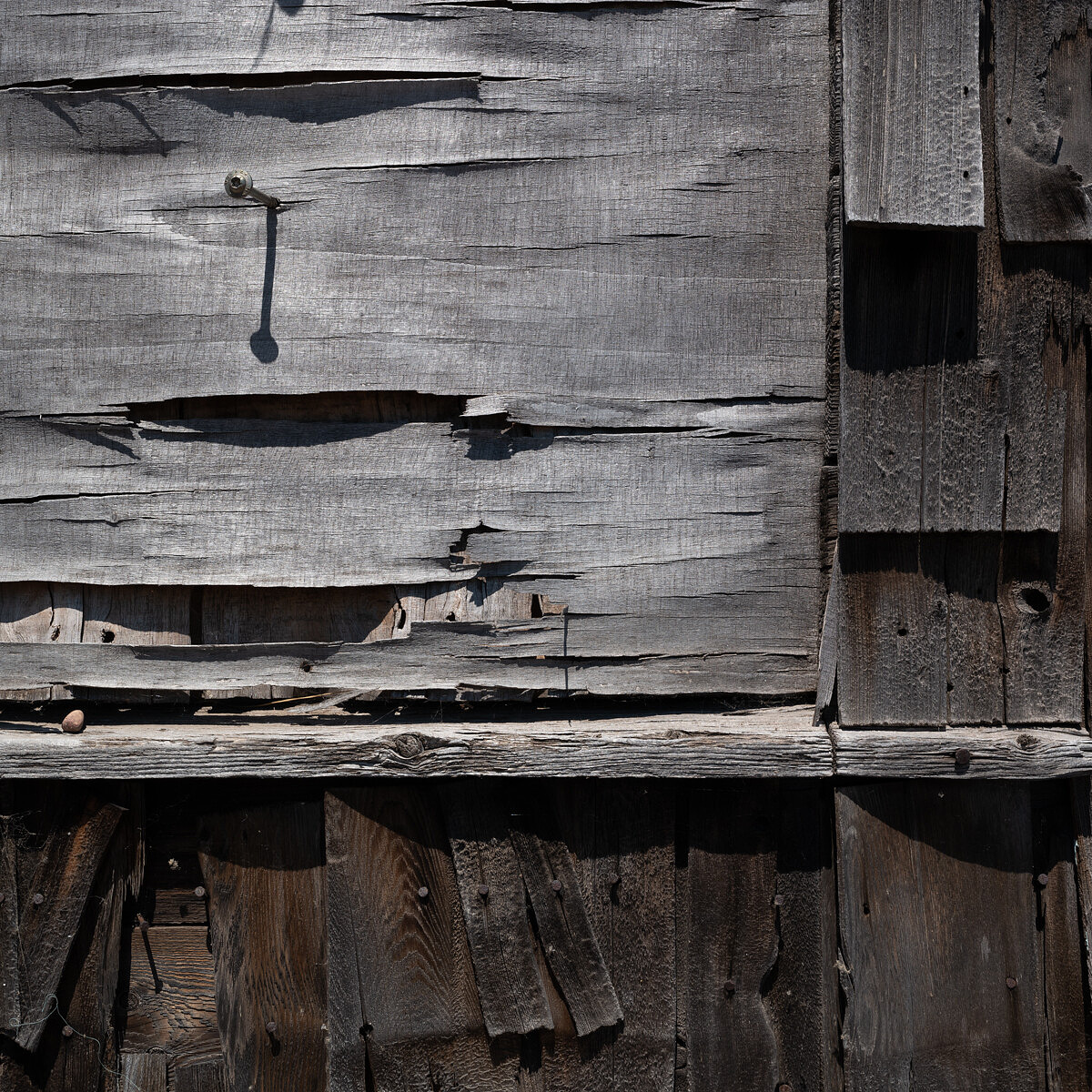
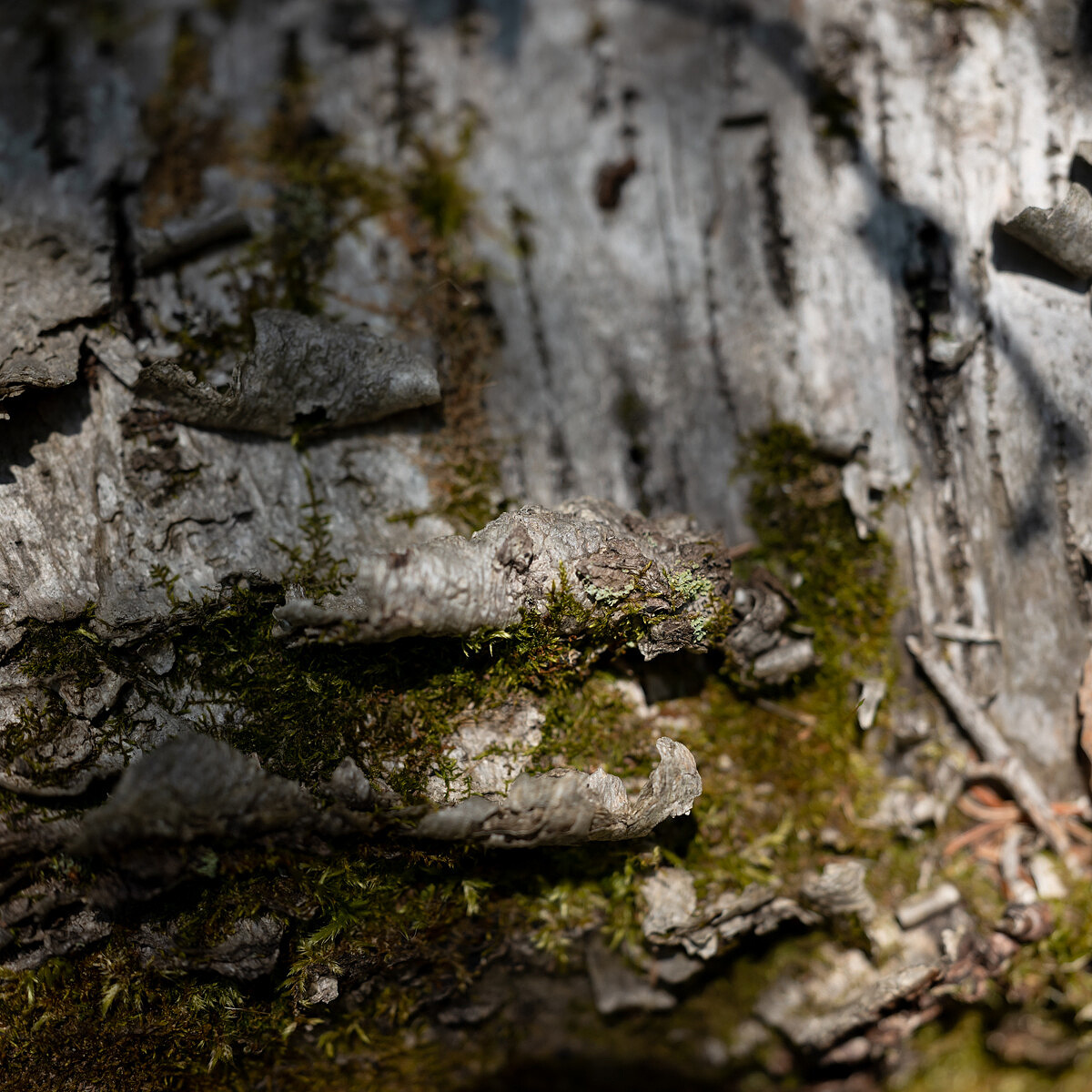
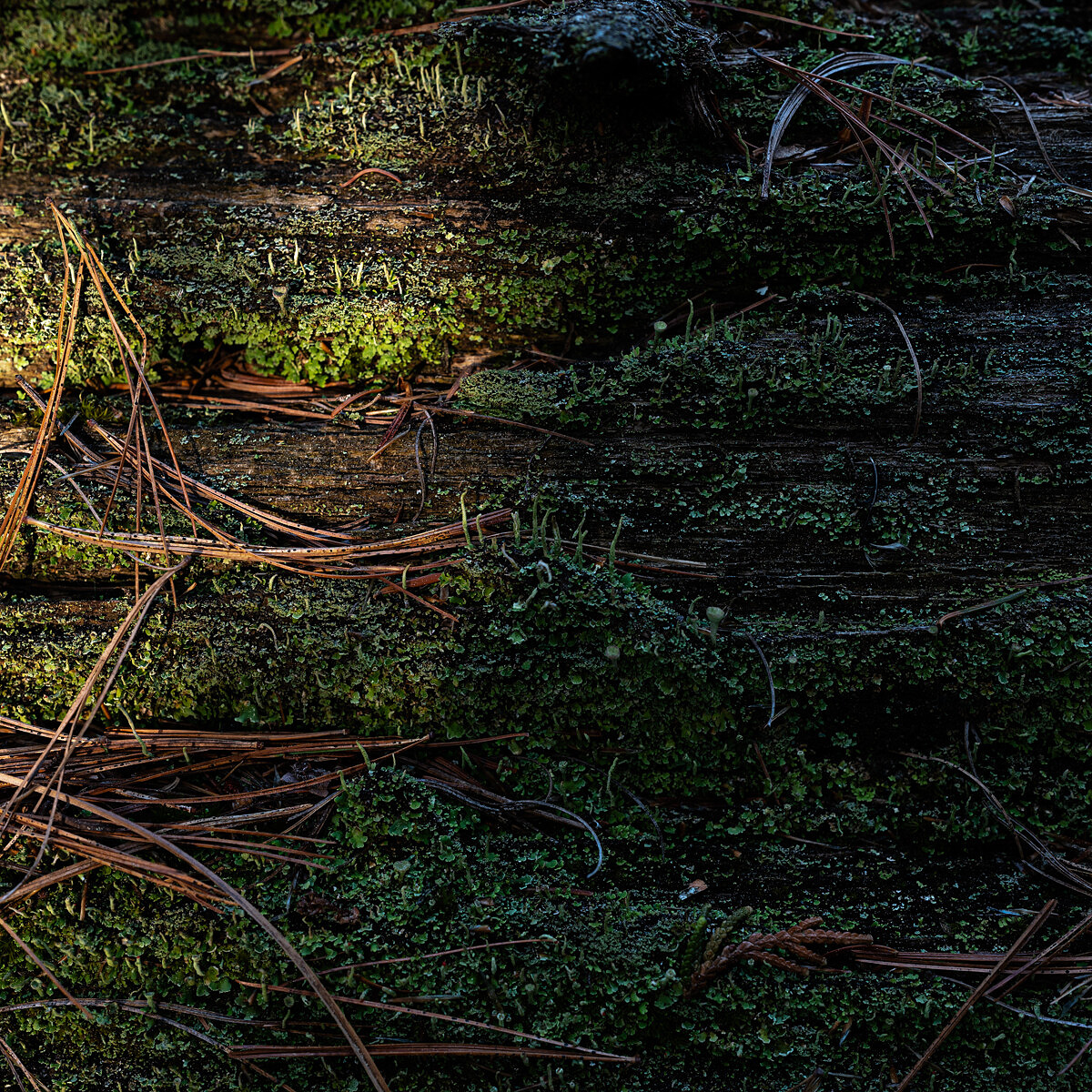
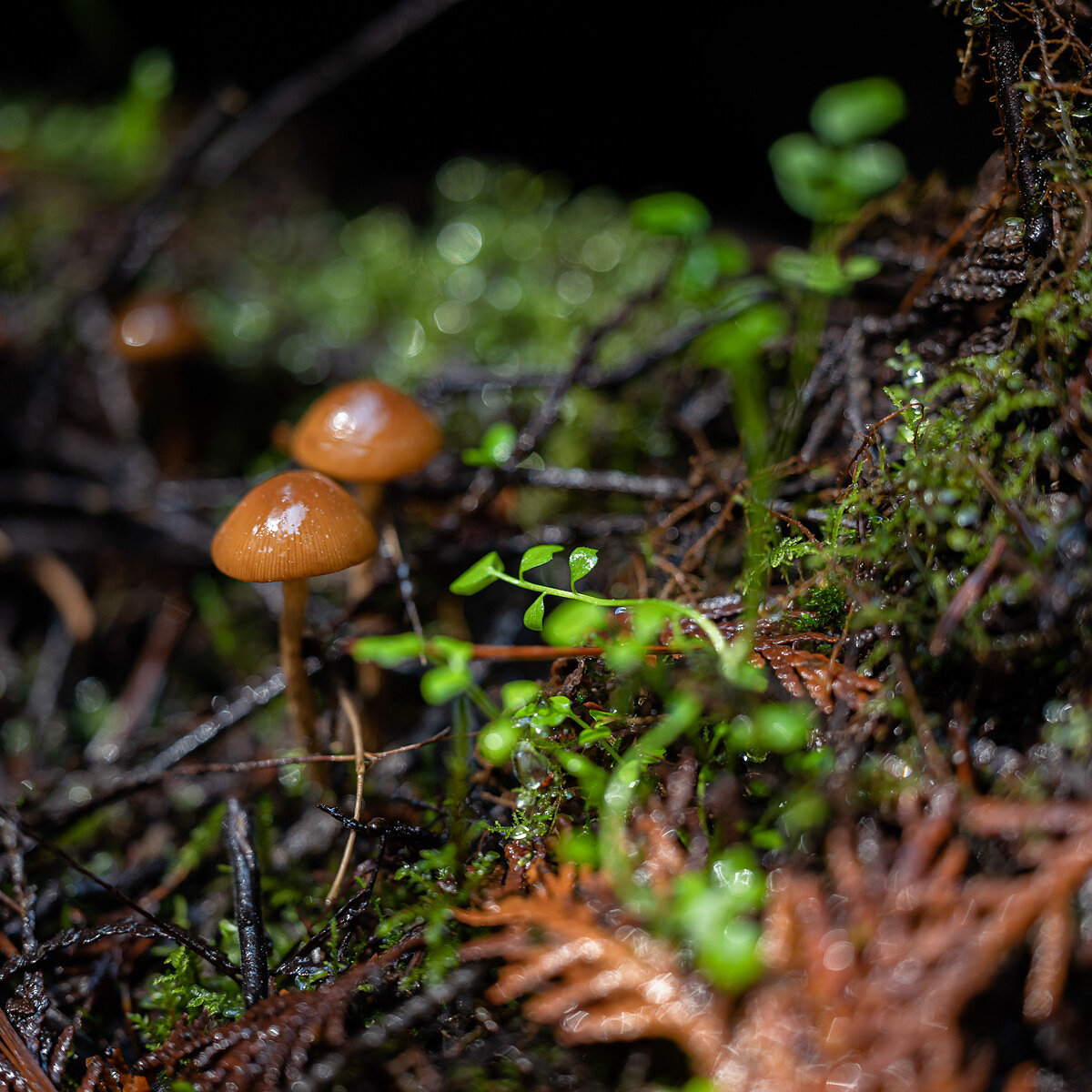
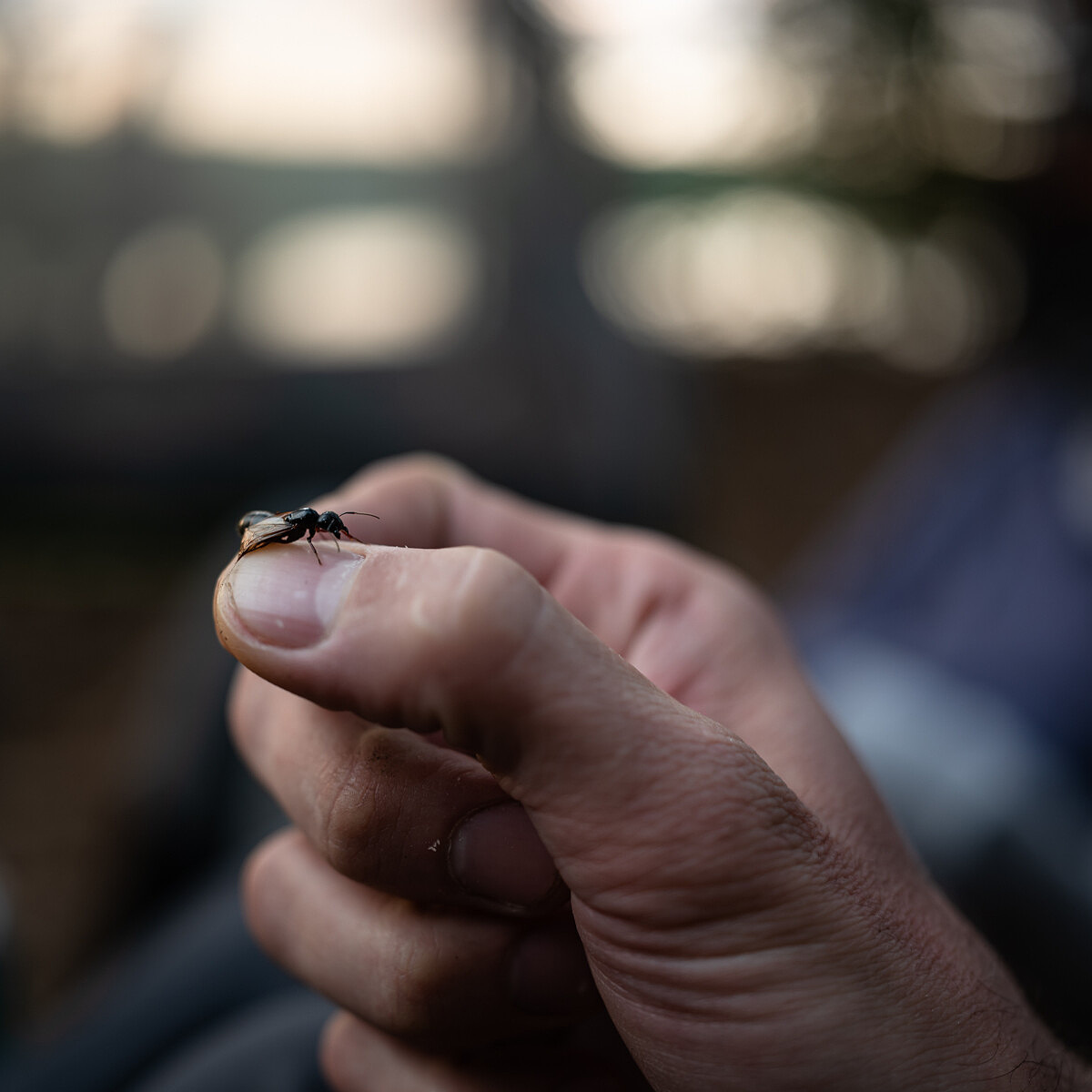
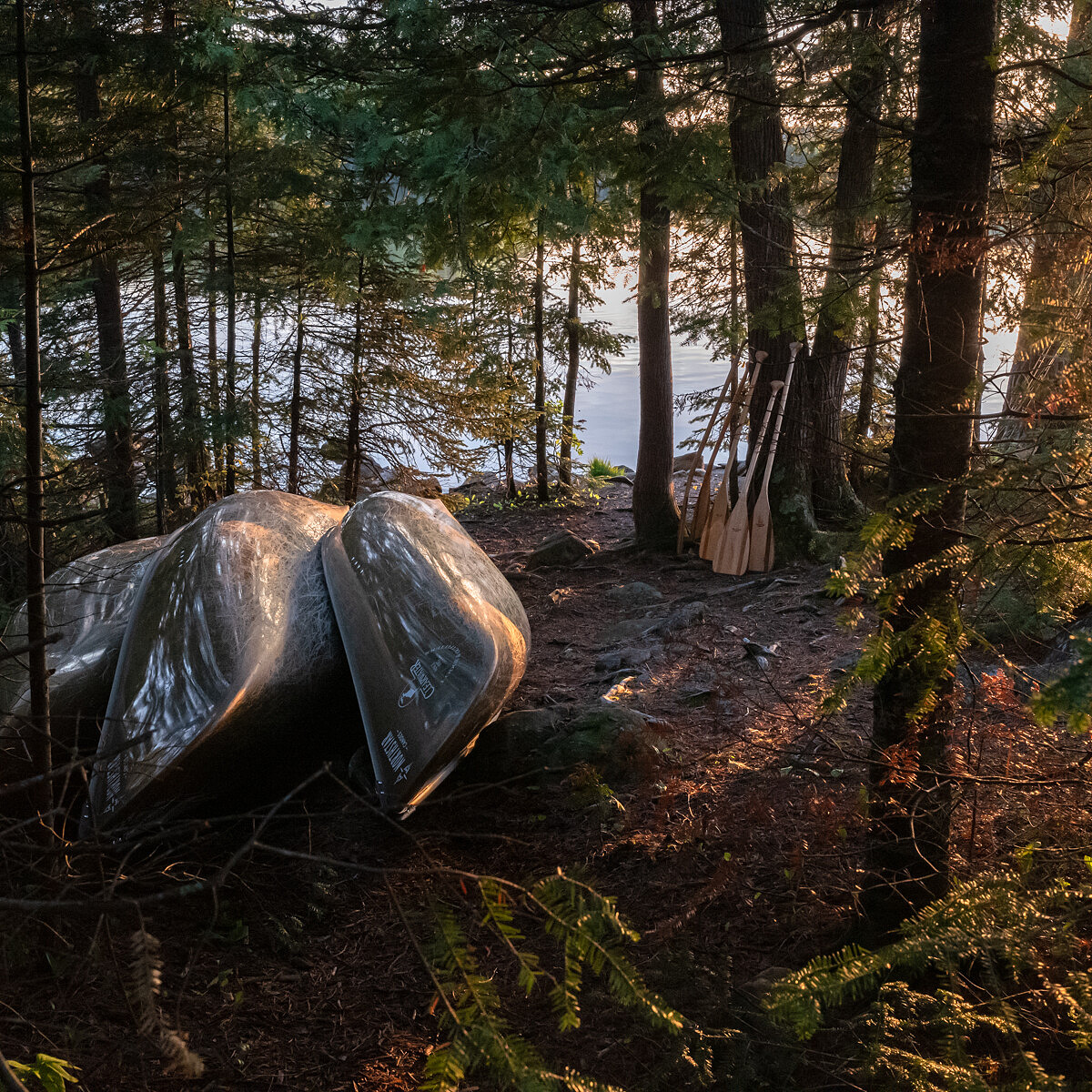
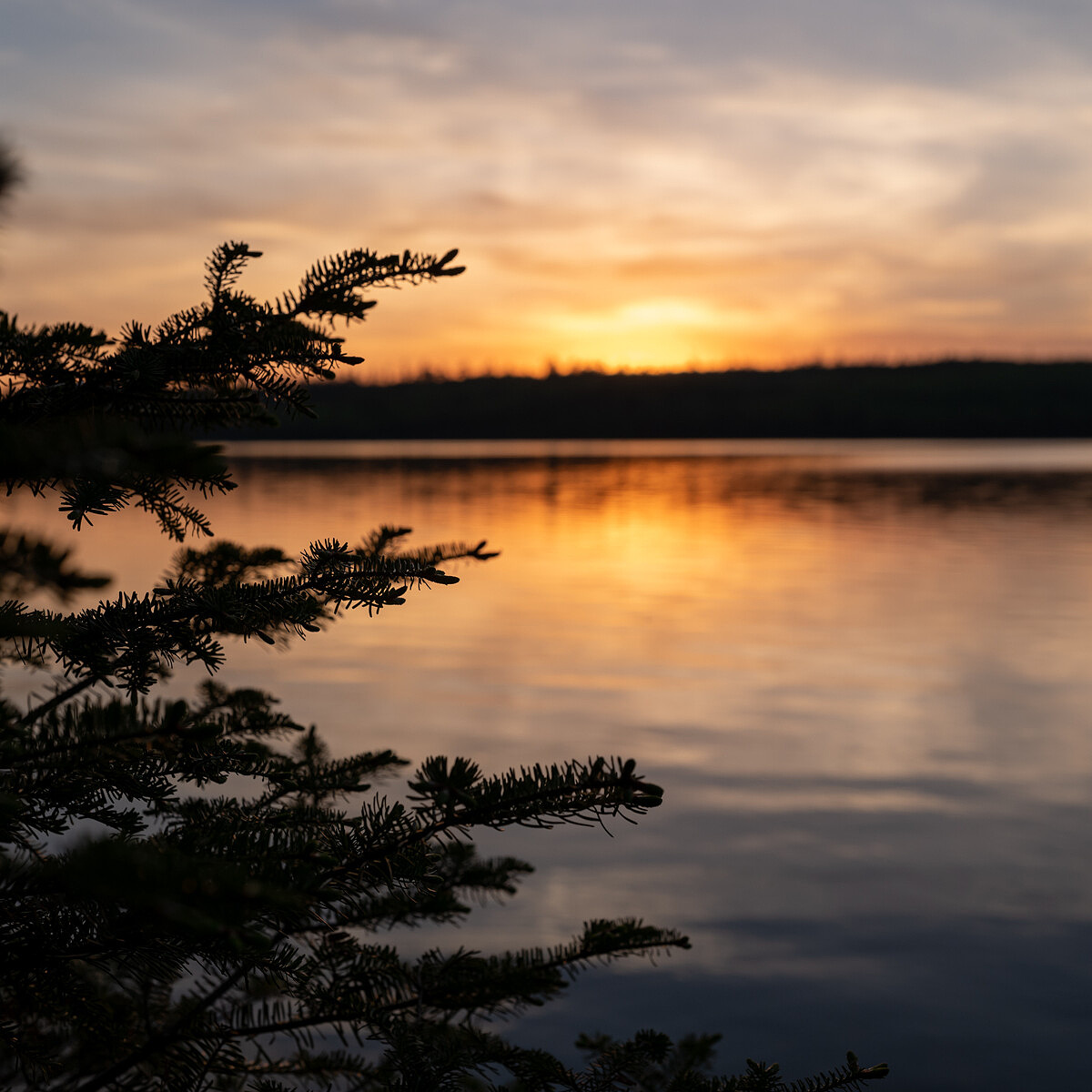
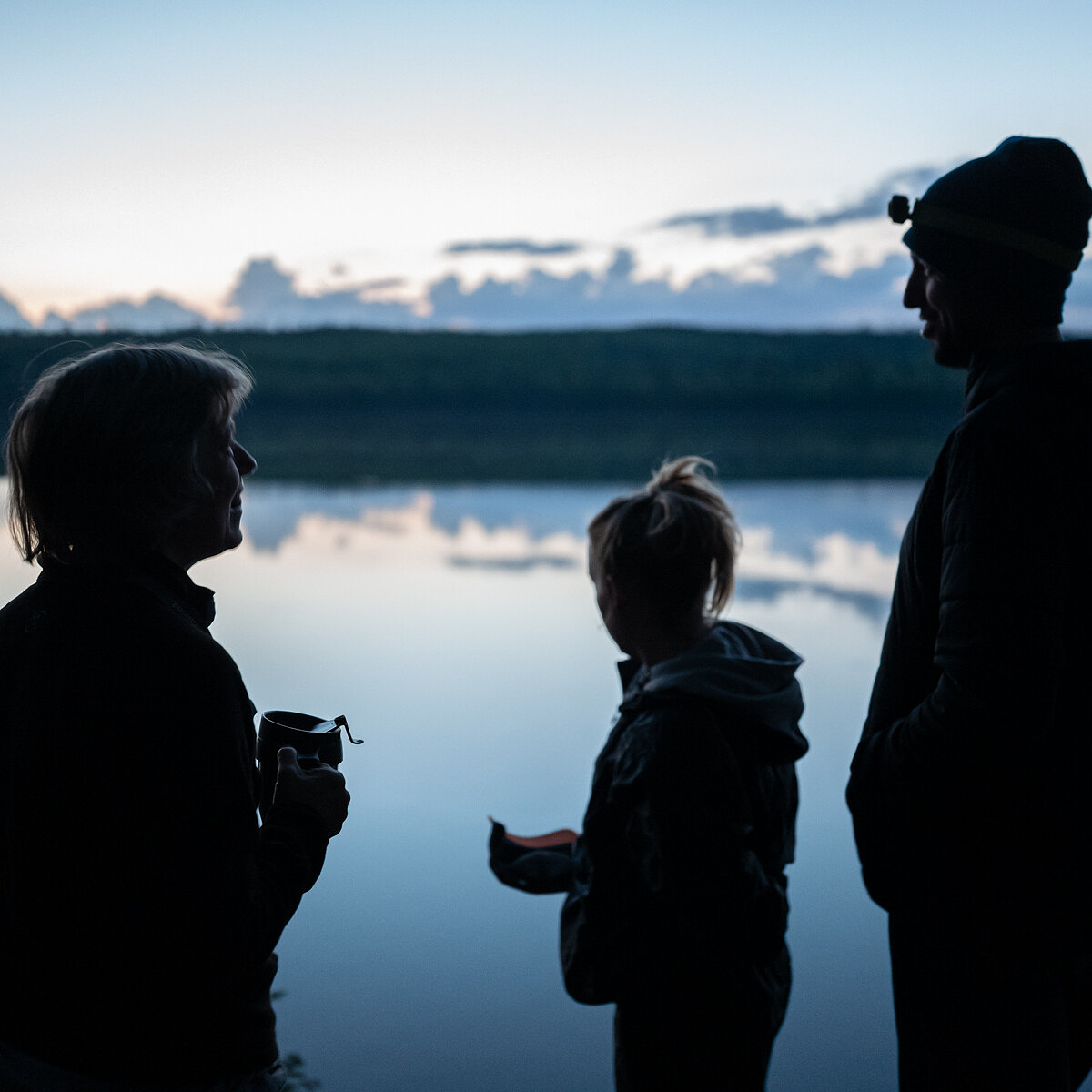
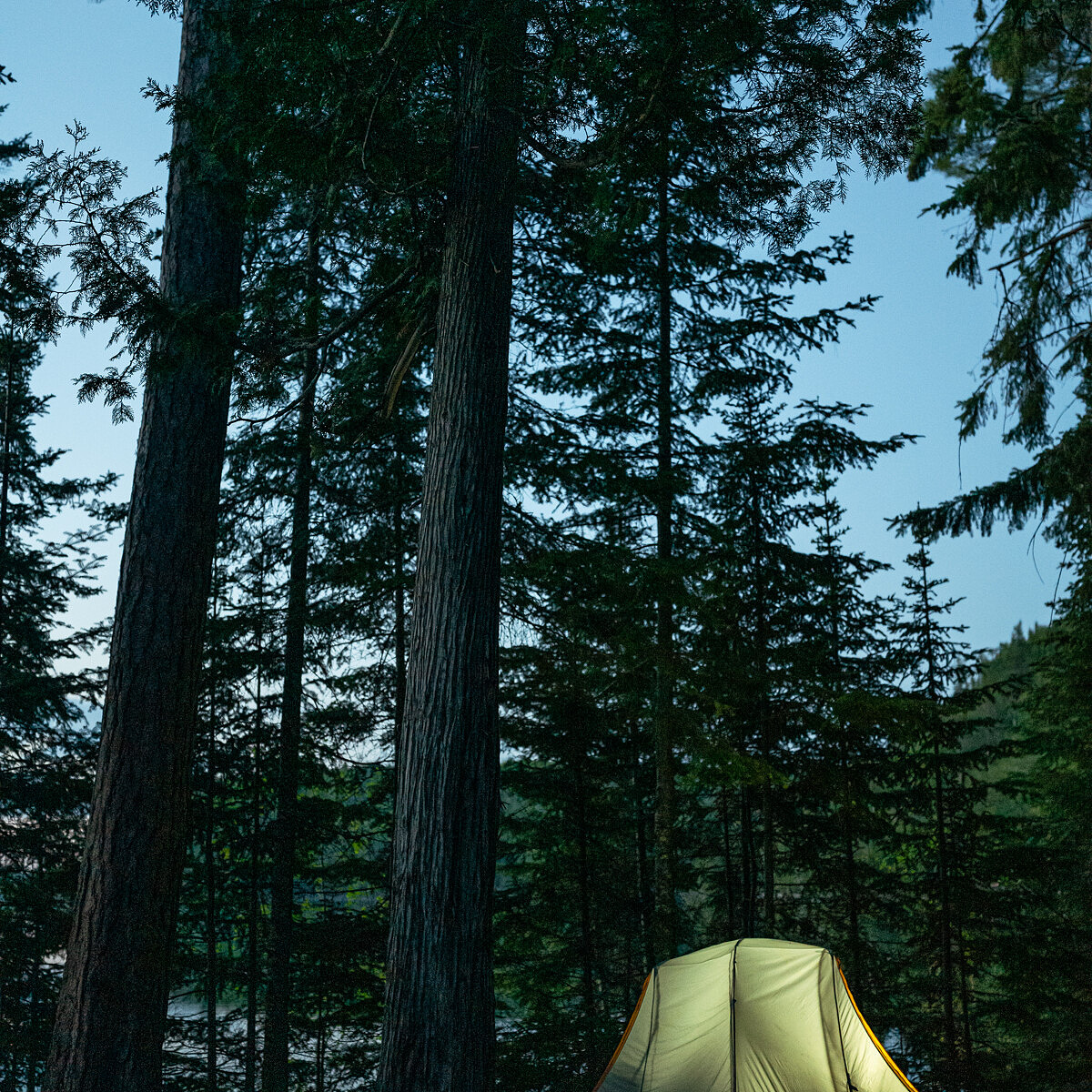
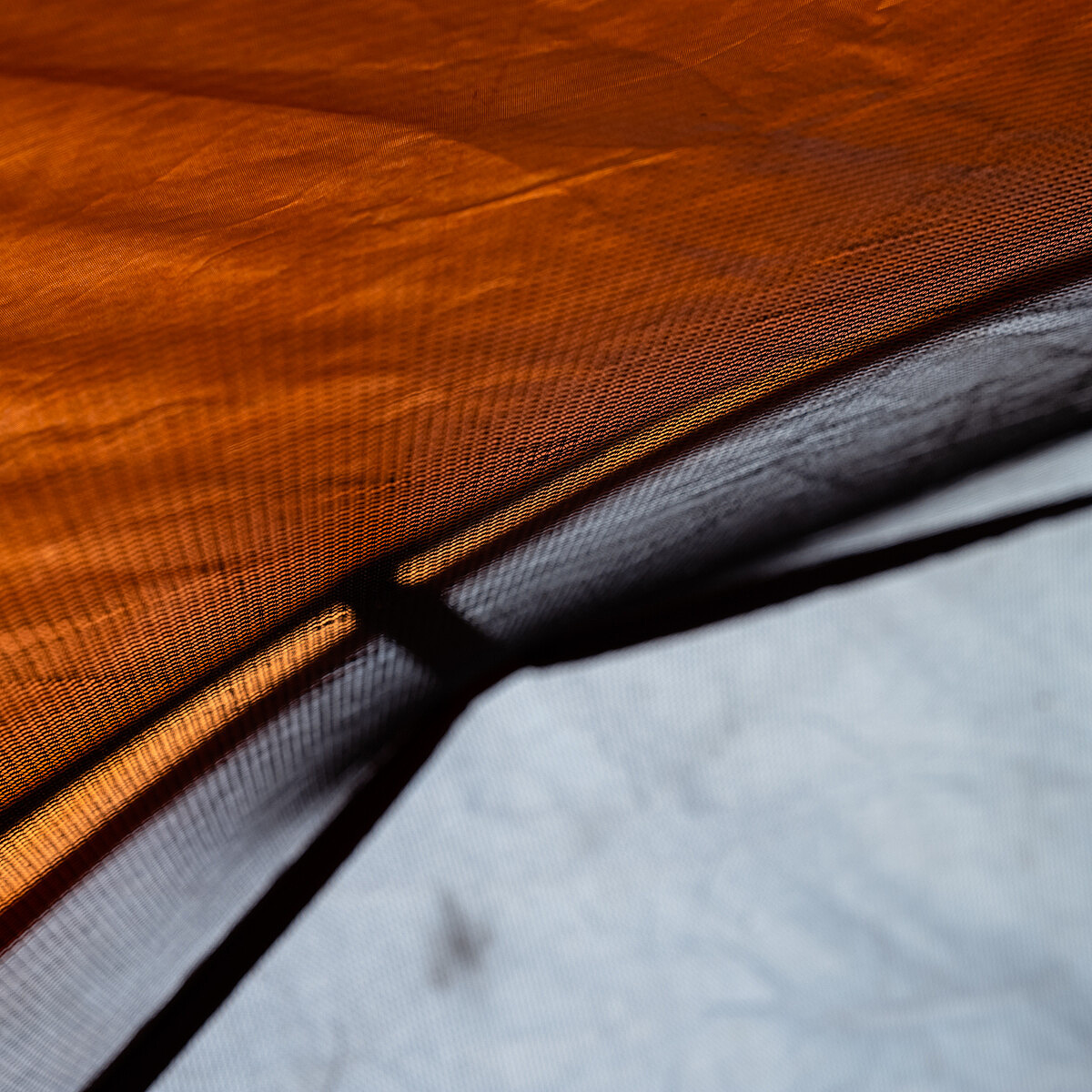
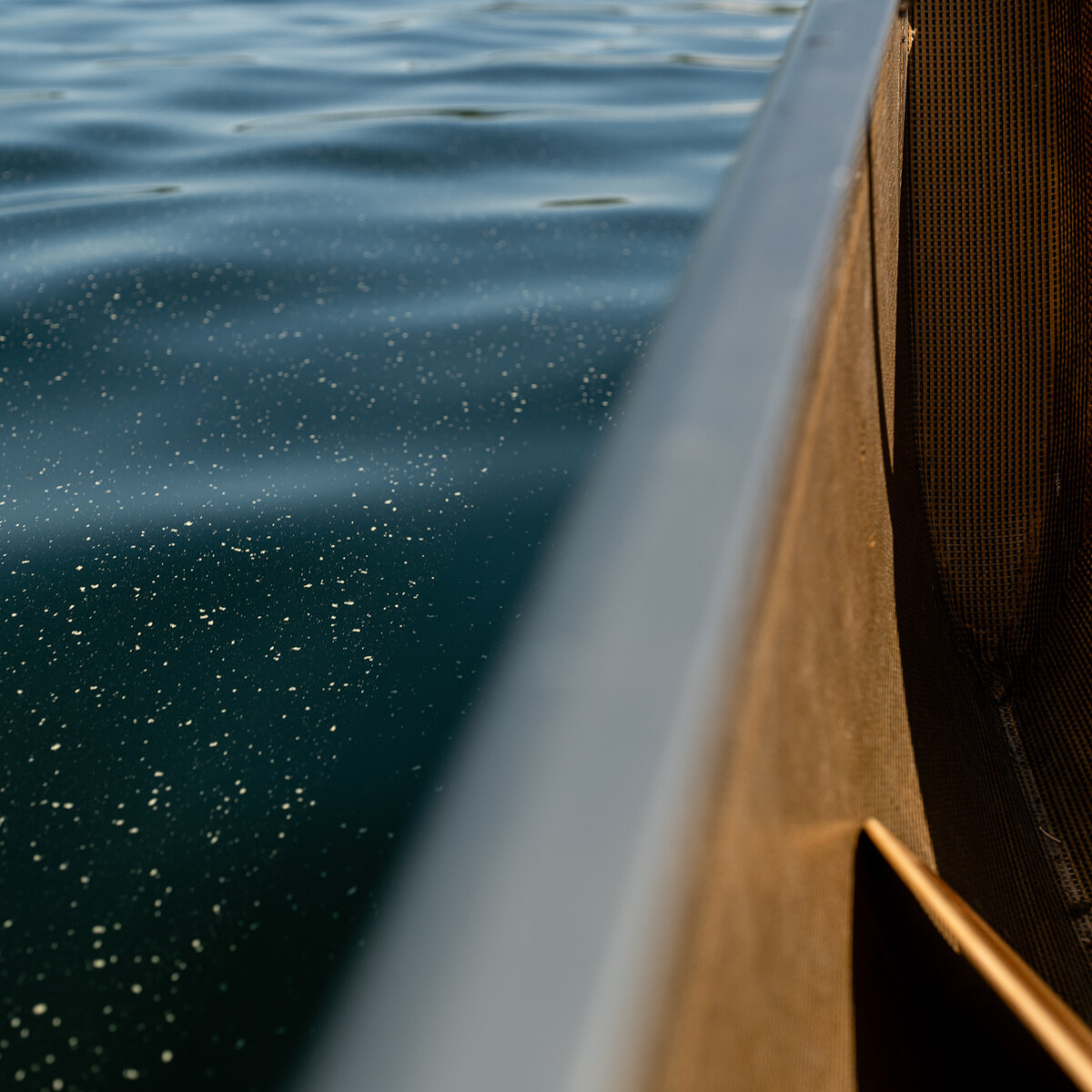
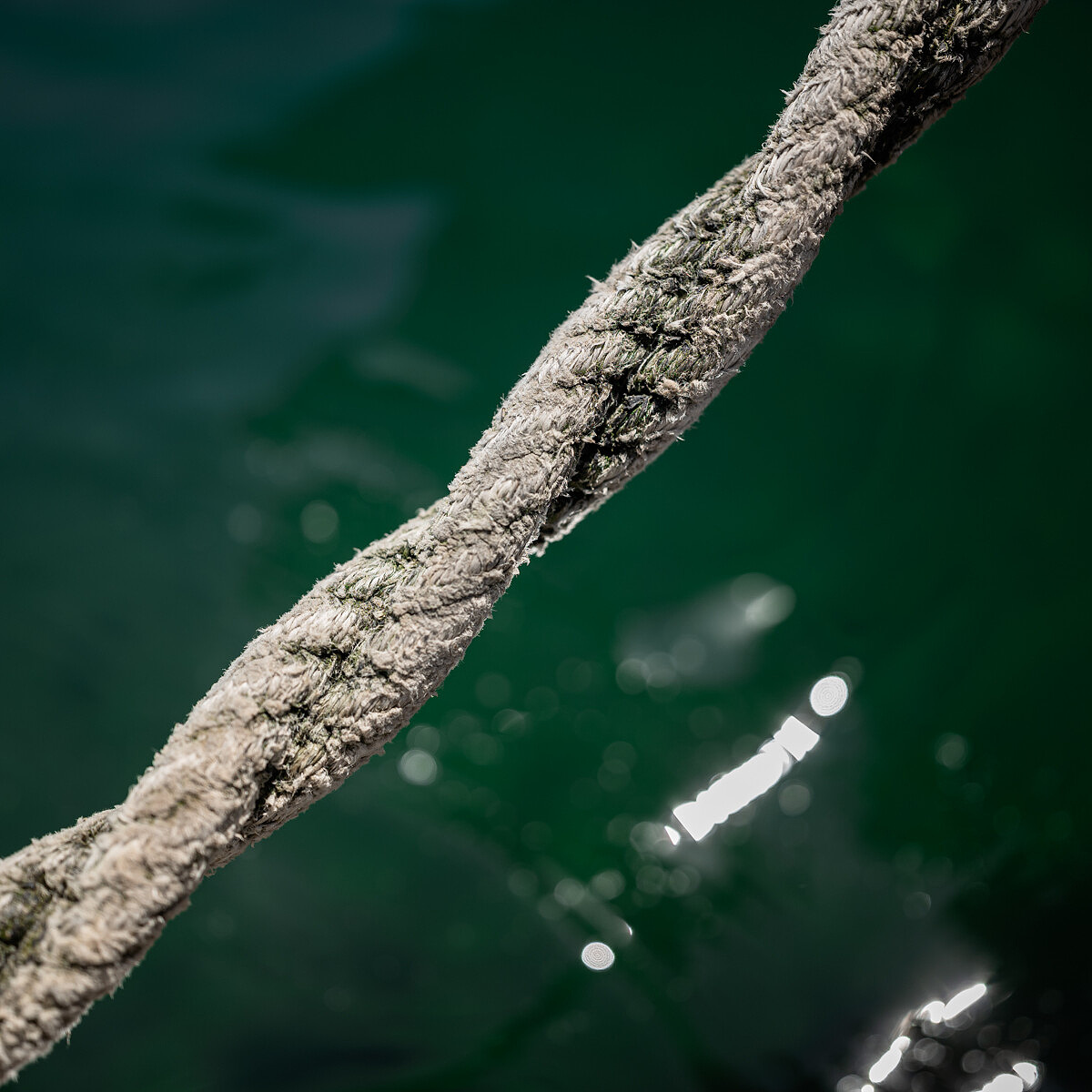
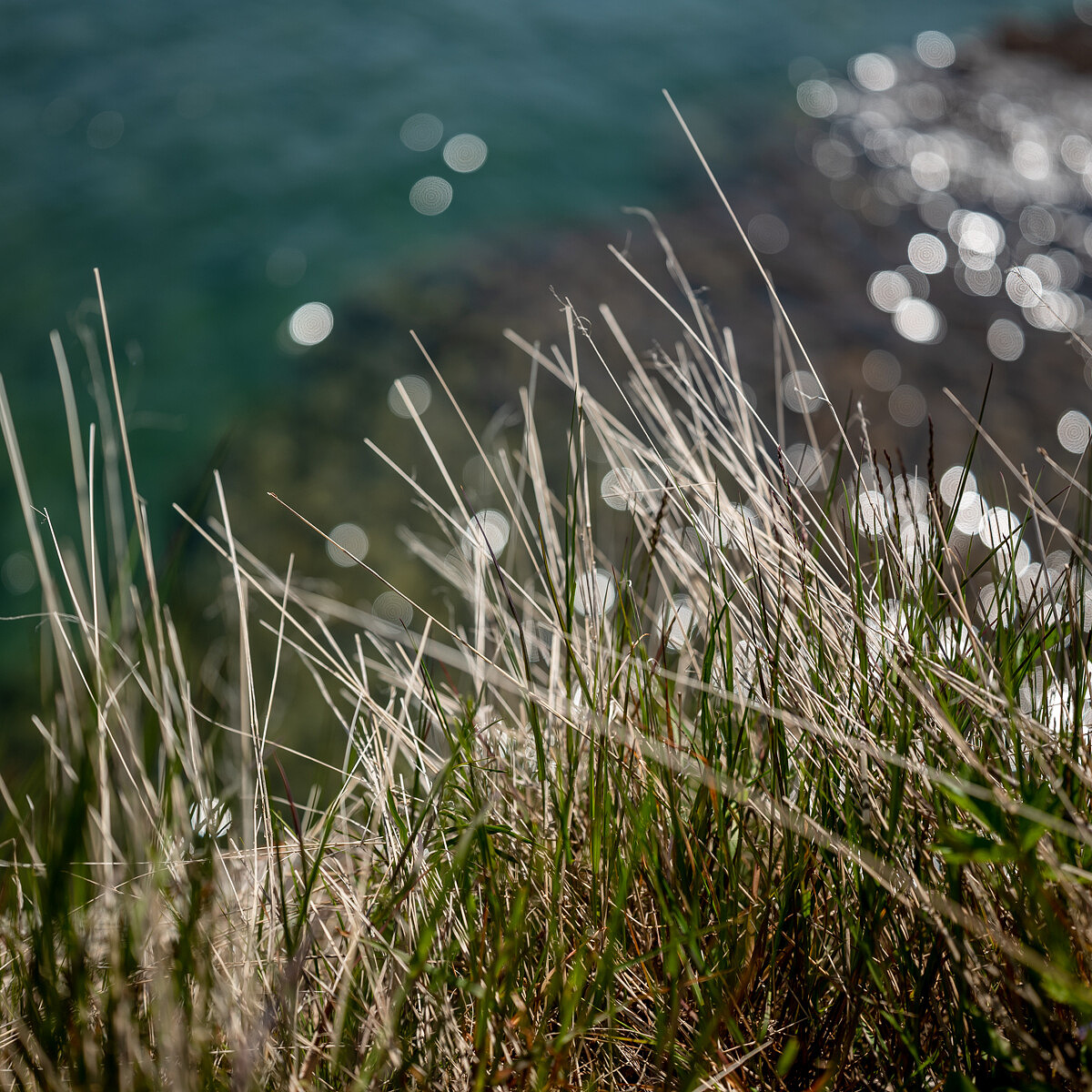
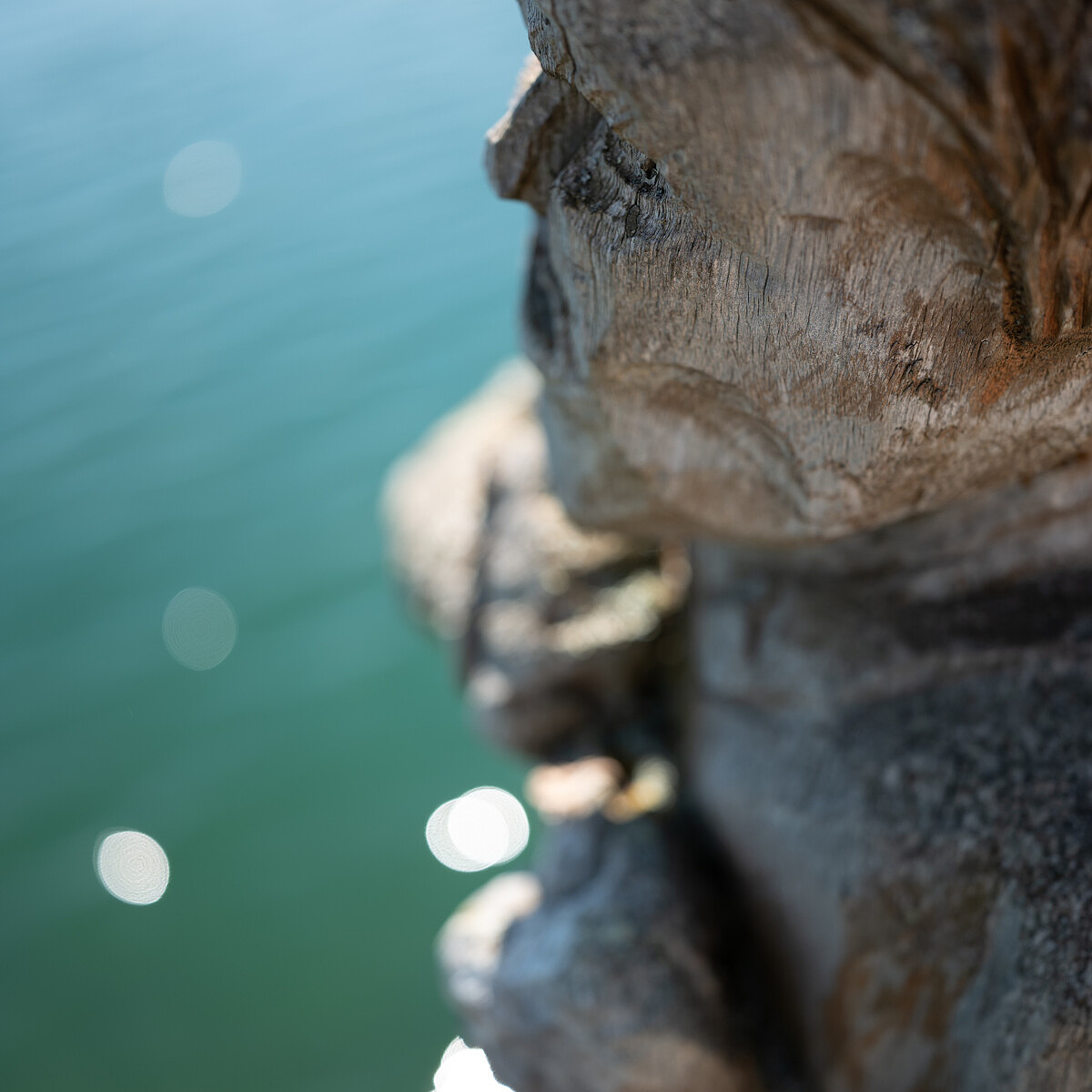
Excellent article, loved seeing the images and stories behind them. Wonderful. I have the Leica SL and now just using my M lenses. Hope to purchase some SL lenses in the future.
Thanks for reading Harry! The SL Summicrons were a game-changer for me. Prior to their release, I mostly shot M lenses on the SL as well. Excited to see what Leica has in store for the SL system.
Thanks for the nice article. I need some good advice.
I have used Leica M for many years. (leica MD and ME, 24f2.8-35f2-50f2-90f2APO)
I mostly use the camera on travel and I don’t like it if it gets too big.
For my “real” work as a press photographer, I use the entire package of Nikon D5 mm. So I don’t need anything too big.
A couple of years ago, I also bought the Leica TL2 – just before the CL came out – with a Leica TL35 summilux. I was blown away by the good quality with the small Leica TL and TL35. !!
I’ve tested SL2 and Q2, but not CL yet. I have held the Leica CL in my hand and seen it. I think it seemed a little cheap and not really professional.
The Leica SL2 doesn’t seem that big, but I NEVER use the Leica 24-90 mm or large zoom. Instead, TL 55-135 would be better.
The Q2 is ok built, but the Leica SL2 is in a class of its own !!
I have been REALLY impressed by the Leica SL2 and Leica Q2 many MP, along with a really good lens. Leica SL prime or Leica TL 35.
So I’m thinking of changing my Leica M completely over time, but not my M optics. Not everyone!
I always think I’ll have a few left. Maybe old lenses with character. SL – TL or Q2 for the rest? But what should I do. Is the Leica SL2 getting too big and is the combination of the Leica Q2 and CL (2) a better choice?
I can see that the M optics do not take full advantage of the Leica SL2 censor. Some will not agree. But I think it is clear that the resolution is nowhere near SL – Q2 or TL optics. Especially in the corners.
The combination of a Leica Q2 and Leica SL2, with 50/75 or 90 with time eg a 24/28 or 35.
But I really doubt APSC Leica CL is a better solution if I want to use M optics and TL optics on SL2 and “only” acquire one or two SL primes. What do you think?
Hi Kim! I actually have the CL + 35mm TL lens and it’s a great combo, but like you mentioned, the SL2 is in a class of its own in terms of image and build quality. And, with your existing M & TL lenses, the SL2 probably makes the most sense. With the SL2’s full-frame sensor, you won’t have to sacrifice focal length with your M lenses. With the Leica CL’s APS-C sensor and 1.5x crop factor, a 50mm M lens would become a 75mm, a 35mm would become a 50mm, etc. On an SL2 the same lens would remain a 50mm and at nearly double the resolution. What’s more, you can put your APS-C format 35 TL lens on the SL2, switch it to APS-C mode and get nearly the same resolution as you would on its native CL sensor (about 24 MP), so your not losing anything by shooting a TL lens on an SL body. Also, the SL2 is a little more future proof – more resolution and newer technology. And, if you eventually pick up a native, Summicron-SL prime lens, you’ll have the option to have a fully weather-sealed setup. Hope that helps!
Thanks for the nice article. I need some good advice.
I have used Leica M for many years. (leica MD and ME, 24f2.8-35f2-50f2-90f2APO)
I mostly use the camera on travel and I don’t like it if it gets too big.
For my “real” work as a press photographer, I use the entire package of Nikon D5 mm. So I don’t need anything too big.
A couple of years ago, I also bought the Leica TL2 – just before the CL came out – with a Leica TL35 summilux. I was blown away by the good quality with the small Leica TL and TL35. !!
I’ve tested SL2 and Q2, but not CL yet. I have held the Leica CL in my hand and seen it. I think it seemed a little cheap and not really professional.
The Leica SL2 doesn’t seem that big, but I NEVER use the Leica 24-90 mm or large zoom. Instead, TL 55-135 would be better.
The Q2 is ok built, but the Leica SL2 is in a class of its own !!
I have been REALLY impressed by the Leica SL2 and Leica Q2 many MP, along with a really good lens. Leica SL prime or Leica TL 35.
So I’m thinking of changing my Leica M completely over time, but not my M optics. Not everyone!
I always think I’ll have a few left. Maybe old lenses with character. SL – TL or Q2 for the rest? But what should I do. Is the Leica SL2 getting too big and is the combination of the Leica Q2 and CL (2) a better choice?
I can see that the M optics do not take full advantage of the Leica SL2 censor. Some will not agree. But I think it is clear that the resolution is nowhere near SL – Q2 or TL optics. Especially in the corners.
The combination of a Leica Q2 and Leica SL2, with 50/75 or 90 with time eg a 24/28 or 35.
But I really doubt APSC Leica CL is a better solution if I want to use M optics and TL optics on SL2 and “only” acquire one or two SL primes. What do you think?
Great photos and story! I really enjoy your travel stories and camera reviews!
Thanks Scott!
I too strive to travel light, and often take only an M body and Elmarit ASPH 28 because it’s light and compact. I go about 3 times a year and while I have taken a Fuji XT2 and big zoom on a couple of trips, to shoot the Mille Miglia, for example, I prefer not to play sherpa while on vacay. Seems I’ve been able to do just about any shooting I needed to with that 28 Elmarit. Occasionally I’ll really push the envelope and include either my Elmarit 90/f2.8 or a fast 50.
Your photos are really nice, and I was struck at the consistency of great exposure. I too cannot believe a photo requires no post, and have to force myself to leave well enough alone and just enjoy it.
I would love to have an SL in my inventory, however, I used to shoot larger DSLRs and have been happy to move away from larger bodies. I have a CL coming tomorrow with handgrip and Leica M adapter to shoot M lens on it. My next step in light travel.
You’ll love the CL – it’s a nice companion to the M. With the 1.5x crop factor, you’ll have the option of shooting your 28mm as an actual 28mm on your M body, or as a 35mm equiv. on your CL without losing resolution. Two lenses in one.
My travel kit is constantly evolving depending on the trip, subject matter, luggage space, etc. For this trip, I wanted something weather-sealed, so the SL was the answer. Last year, I went to India and wanted the most compact and discreet setup possible. The CL was perfect. With 28mm Elmarit-TL mounted on, it was practically invisible as a walk around street camera.
Thanks for reading and commenting!
Your B&W work is lovely. You deserve a M10M.
Your writing is excellent and much appreciated.
I lived in Minnesota two different times and visited the BWA once with a friend who owned a lakeside cabin from 1907. It was filled with all the National Geographic’s from before 1940.
You refreshed my memories. When I was there, water resistant cameras did not exist as they do today. That would have been nice.
I take it your canoe never swamped or you would have reported such.
Keep up the good work.
Jack
Thanks Jack!
A loaner M10M just showed up at my door actually. I’ve been shooting with it all weekend, but have yet to download the images – I’m scared of falling in love with yet another Leica.
I didn’t flip a canoe and the weather was cooperative, but knowing my gear was weather-sealed added a much-appreciated peace of mind.
Didn’t realize you had lived in MN. If you can survive a MN winter, you can survive anything!
Nice article and photos! I’m originally from northern Wisconsin and lived in Duluth, but have never been to the boundary waters, but have heard from others it’s an amazing place! I have a used SL and 24-90 coming this week and am very excited, and nervous, about it… I’ve been using various digital M’s since late 2010 and using something this hefty is going to be a change!
Great article and images. I am getting ready to order my SL2 to replace my SL and am stoked. The 75 Summicron is one of the finest lenses I have ever shot. Would love to get ahold of the 35. I too very much enjoy shooting the SL with M glass. Leica has produced the most elegant solution for an EVF with MF lenses. I can’t quite figure out why no one else can make it work as seamlessly as they do.
Beautiful images Kirsten. LOVE “Frog”, hope you picked up an SL (601) for yourself. They are the value Leica these days, along with the SL2.
Could you please comment on why is this lens scoring so poorly on Dxomark?
https://www.dxomark.com/leica-apo-summicron-sl-35mm-f2-asph-lens-review/top_10_35mm_lens_combos-2/#main
After reading the DXOMark review for the 35SL, I would say it was rated poorly – it is in their top 10. They said that it was sharper wide-open than every other 35mm, that it had no measurable distortion, the highest correction of CA and that it transmitted more light than most f/1.8 lenses. The one place I wouldn’t agree with their assessment was in regards to sharpness and resolving power. The 35 SL is one of the sharpest lenses ever designed by Leica. I’ve seen the Leica measured (not theoretical) MTF charts for this lens and they’re insane, more what you’d expect from the best 90 APO, not a 35. I’ve personally used the lens on the SL2 and it’s stunning. So, either they got a slightly bad copy (which is extremely unlikely due to Leica QA) or their testing methodology is flawed in some way. Basically, their sharpness findings directly contradict my personal observations, as well as those from other photographers/reviewers. If any one aspect of their test stands out, it’s that they used a Panasonic S1-R for testing, not a Leica SL2. Considering these cameras have different microlens designs on the the sensor, and that the Leica lens is optimized for the Leica camera, I’d say this could be the biggest factor in the results from their test not quite matching up to others who have used it on the SL2.
Thank you David. Indeed, using the Panasonic camera might have been a factor. (which also makes the interchangeability of cameras and wide angle lenses in the L-mount alliance quite problematic).
Would be nice if the testing could be corrected by using a Leica SL2 and a known good 35mm lens (and would be great to have also other Leica L-mount lenses tested). Maybe the testers from DXOMark could get these on a short term loan from you… (?)
Hİ,
I am a landscape photographer coming from gfx medium format system to SL2. As you can know i am very pickey for edge to edge sharpness. GFX system has that but without dimention and lifelike warmness of leica glass. My lens setup depends ın the prime lens i choose. If i go with 35mm apo then the set will be Sigma 14-24mm , 35mm apo ,75mm apo. If i choose 50mm apo then 16-35mm,50mm apo and 90mm apo.. Sould i listen Karbe and buy he best one which is 35mm apo or 50mm apo is also as good? Which one is more medium format like sharp but has the 3d drawing of leica more?
Thanks
Ahmed
Both the 35 and 50 APO-Summicron-SL lenses are incredible performers, with astounding image quality across the frame. Choose the one that best suits your needs and shooting preferences. Also note that the Leica SL zooms offer prime lens performance as well. I haven’t used the Sigma 14-24 and can’t speak to its performance characteristics, but do use the 16-35 extensively for my own landscape photography – it’s an awesome lens all the way to 16mm.
What a quick reply thank you. I was about to buy 16-35mm,50 and 90 apo but suddenly i warched Karbe “best lens ever been built” then i got confiused.16-35mm with 35mm apo is overlap so not so logical.If you say so i can go with the original plan.
This is a really interesting Q. Having presumably now moved to SL system and S glass how would you compare the rendering subjectively to the GFX/GF system you were presumably on before. I love the medium format rendering of the GFX/GF system but am curious given the quality and reputation of Leica glass.
Hi Kirsten,
Thank you for this great review. With regards to your last image how the camera fits into ONA Bowery bag I have a question. I also like to travel light and have recently acquired exactly the same combo SL2 + SL35mm APO. I would like to add another SL prime ideally SL21mm APO when it becomes available in 2021. The 35mm APO would be my main lens on the camera. From your experience could you tell me if SL2 with SL35mm APO + another SL prime would nicely fit in the ONA Bowery bag. Basically, I just want to be able to carry an SL2 with 2 prime lenses and a couple of filters and looking for a smaller bag this would nicely fit in. Many thanks. Mark
Great pics. Great adventure. I’m very envious.
I have an SL myself and I’m still a little confused as what should be my “favourites menu” (The one that comes up by the upper left button). What do you have? A pic or listing would be welcome.
Alex
New to the forum.
Great adventure story and pics Kirsten. BWCA now on my “bucket list”
Thanks
Thanks for a great article and beautiful images! I’ve loved the SL Summicrons for a while, currently just using M lenses on my SL2 and SL2-S. I will likely pick up a SL prime soon though!